Introduction
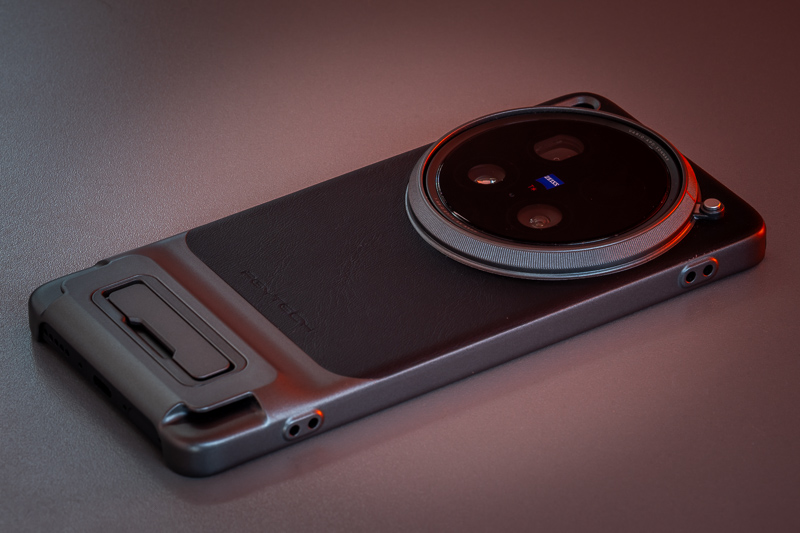
I am not someone who buys a new smartphone every year – quite the opposite actually – but when I need a new one I always look for the one with the most capable cameras. I did that in 2019 and ended up with the Huawei Mate 20 Pro and when I needed a new phone in 2025, after a lot of research, I decided to go with the Vivo X200 Ultra. On paper this looks like the death of the 1″ sensor compact camera segment, so let’s have a closer look at this intriguing device.
Sample Images
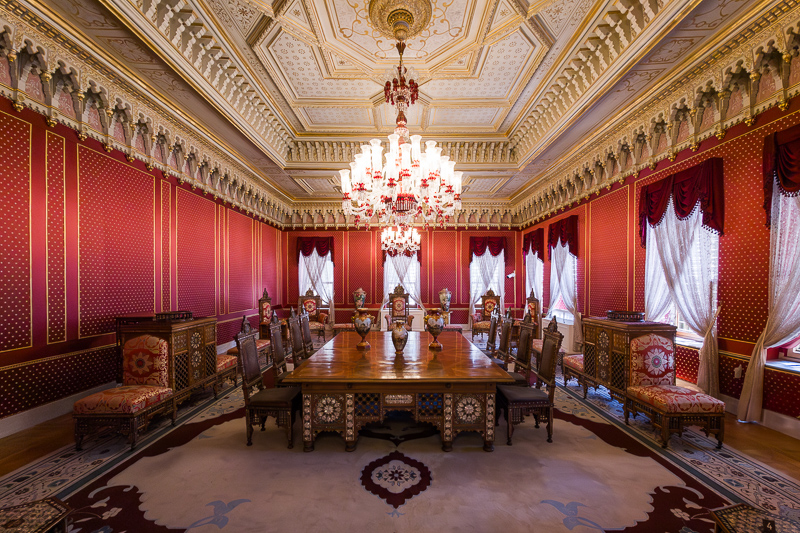

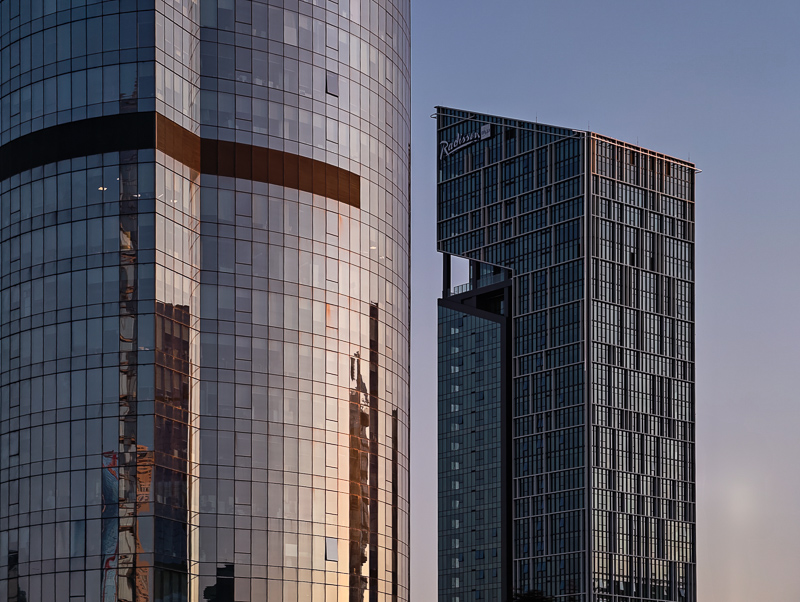
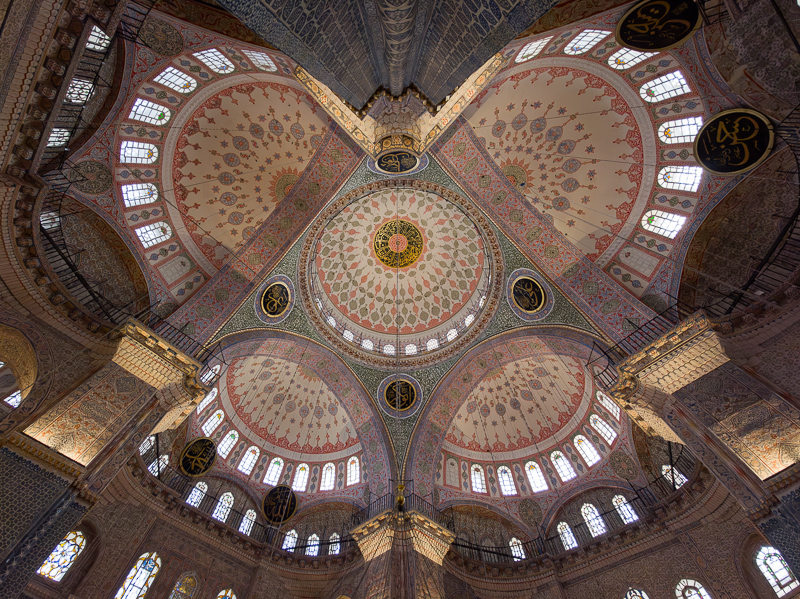

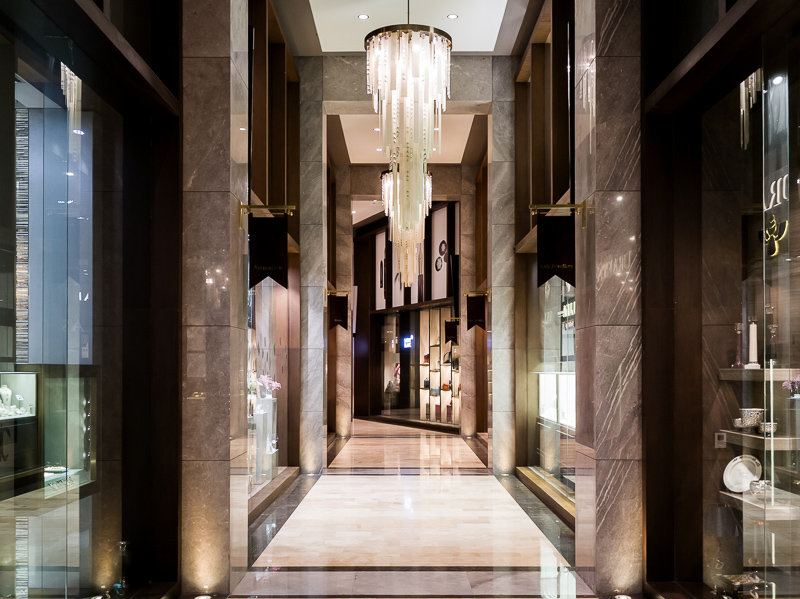
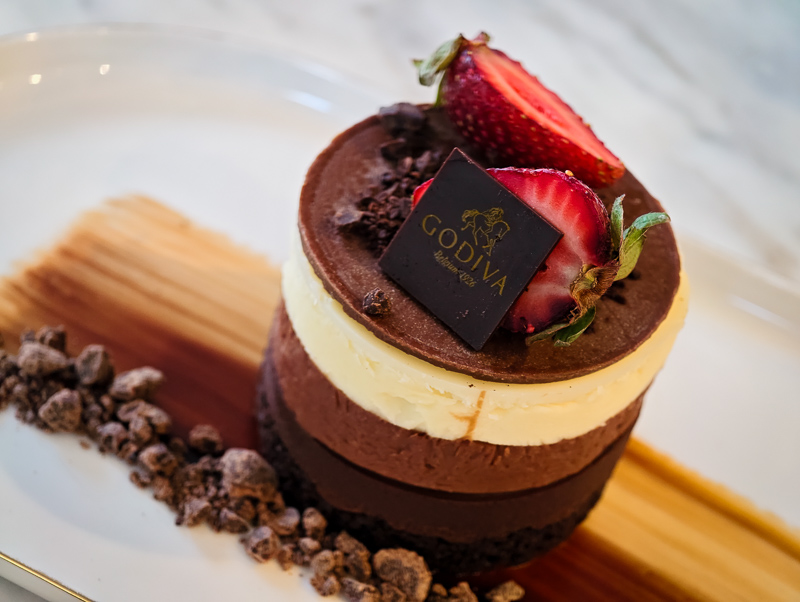
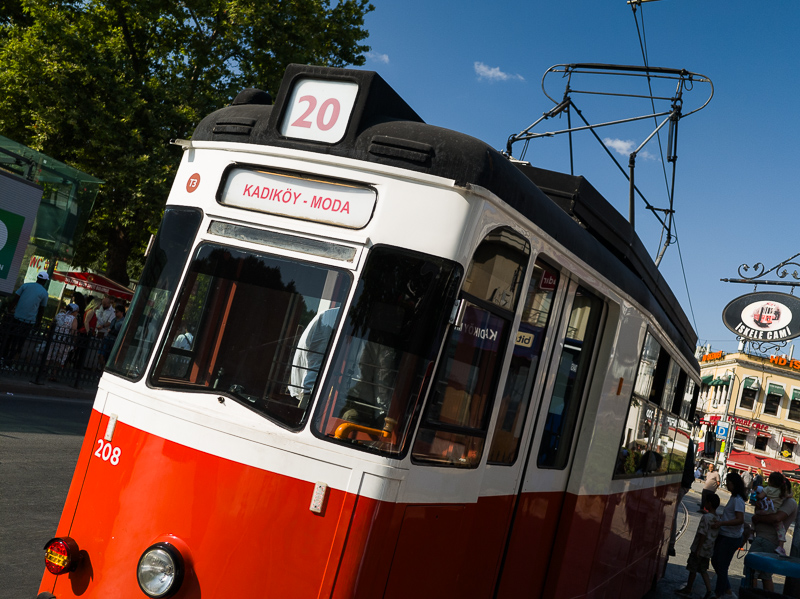
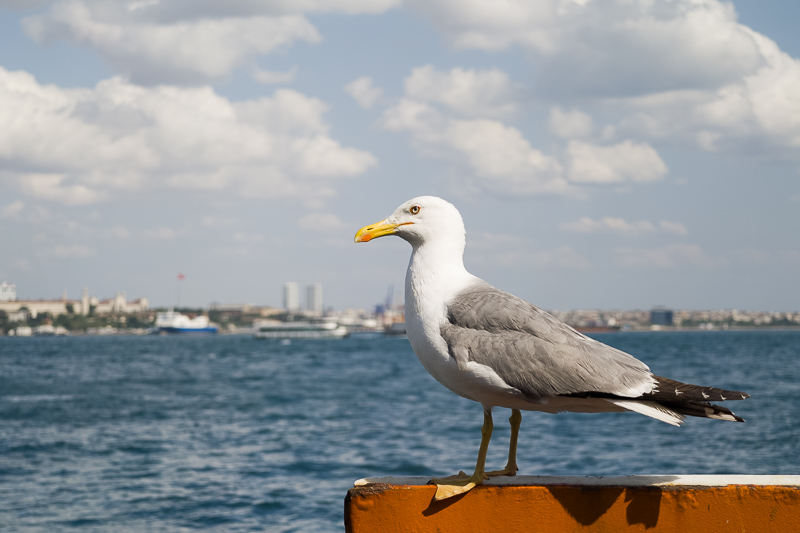
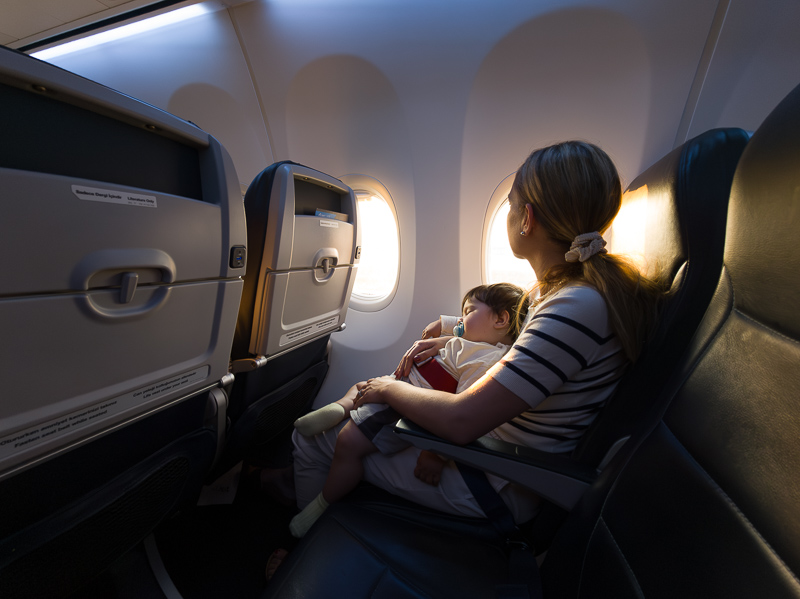
You can find many of the sample images in full resolution here.
Contents
- General Remarks
- Specifications
- Lenses and Sensors Overview
- Handling
- Optical Vignetting
- Sharpness Infinity (12mp)
- Sharpness Close (12mp)
- Distortion
- Coma (12mp)
- Flare resistance
- Chromatic Aberrations (12mp)
- Bokeh / Portrait Mode
- Photography Kit
- Conclusion
- Compared to Compact Cameras
- Sample Images
- Further Reading
- Support Us
General Remarks
From 2019 to 2025 I was using a Huawei Mate 20 Pro as smartphone, which in 2025 I replaced with this Vivo X200 Ultra. When I bought the Huawei it was one of the top of the line choices among the camera phones and same is true for the Vivo X200 Ultra in 2025.
As most of the readers here are fullframe camera users I will usually use the fullframe equivalent focal length and aperture value for the phone’s lenses. When the “Portrait Mode” has been used to alter the bokeh in the picture this will also be stated under the corresponding pictures.
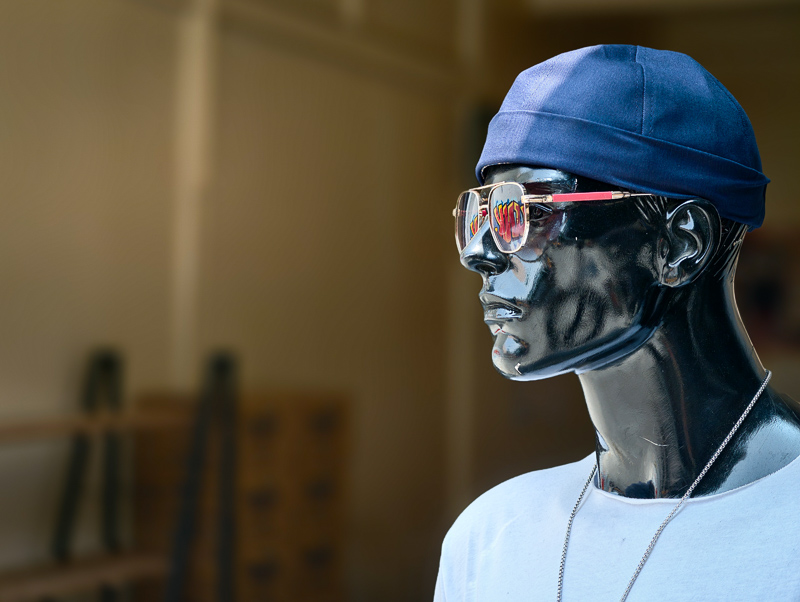
Most of the pictures in this review have been taken in the Raw/DNG format and edited in Adobe Lightroom. The raw format is only available in the “Pro Mode”, so the pictures where the usage of the “Portrait Mode” is being mentioned have been taken as Jpegs that might have also seen minor adjustments in Adobe Lightroom.
While the sensors offer staggering megapixel counts of 50 and even 200mp, the standard setting is that the files will be resized to 12mp via pixel binning. I recommend not to waste any time and space with the 50mp and 200mp files, they are simply too mushy, trust me on this one. So I will talk about the quality of the 12mp files here.
I will almost solely focus on discussing the camera functions of this phone and only about the rear cameras. If you are looking for some CPU or game benchmarks or what apps the phone comes with or if you can use the phone in < insert your country > I recommend to look for another review with a stronger focus on these aspects.
Specifications
The Vivo X200 Ultra has the following specifications:
- CPU: Snapdragon 8 Elite SoC, 4.32 GHz Octa-Core
- GPU: Adreno 830
- RAM: 12 GB or 16 GB
- SSD: 256 or 512 or 1024 GB
- SIM: dual Nano Sim (No E-Sim)
- Front camera: 50mp f/2.45
- Rear cameras: see following section
- Display: 6.82″ 2K 8T LTPO AMOLED 120 Hz
- Display resolution: 3168×1440
- Battery: 6.000 mAh
- Weight: 232g
- Dimenstions: 163.1 x 76.8 x 8.7 mm
- Weather resistance: IP68, IP69
buy the Vivo X200 Ultra from ebay.com | ebay.de (affiliate links) starting at $1000
buy the Photography Kit from ebay.com | ebay.de (affiliate links) starting at $200
Lenses and Sensors Overview
The Vivo X200 Ultra features three different lenses coupled with two different sensors:
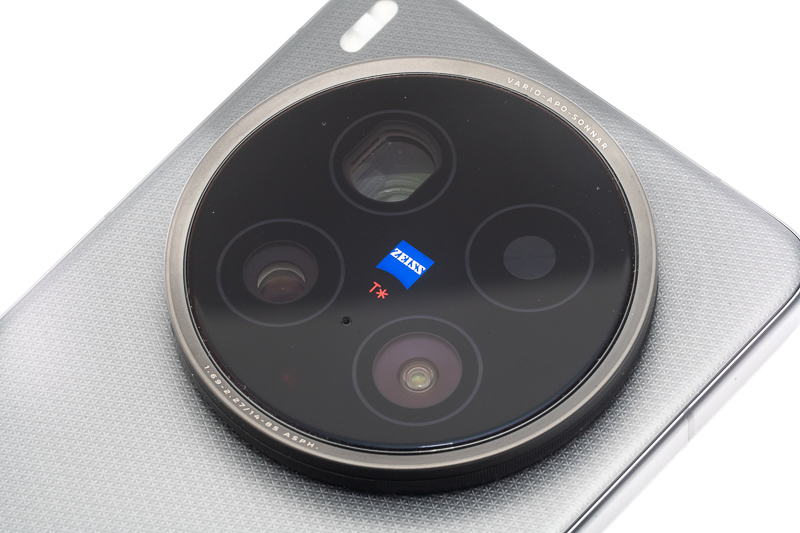
- 14mm f/6.9 equiv. | crop factor 3.46 | 50mp 1/1.28″ (Sony LYT-818) with OIS
- 35mm f/5.9 equiv. | crop factor 3.46 | 50mp 1/1.28″ (Sony LYT-818) with OIS
- 85mm f/8.5 equiv. | crop factor 3.75 | 200mp 1/1.4″ (Samsung HP9 Isocell) with OIS
For comparison, the Huawei Mate 20 Pro from 2018 is using the following setup:
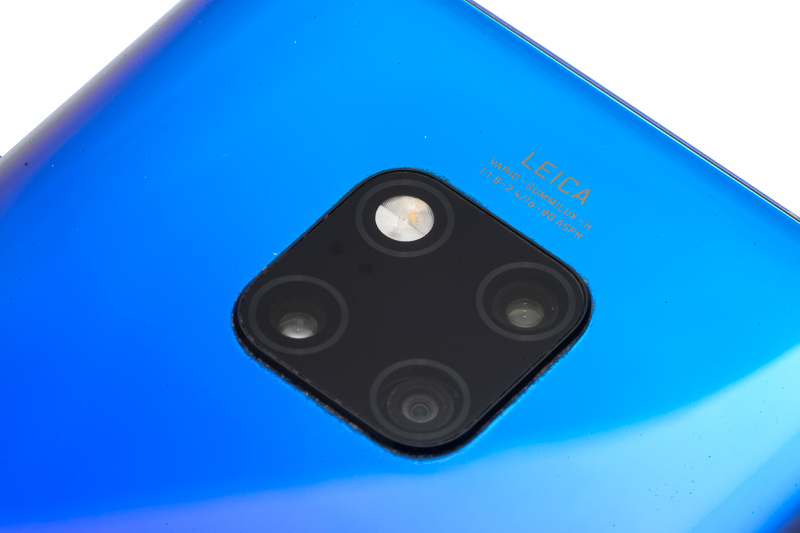
- 16mm f/15 equiv. | crop factor 6.8 | 20mp 1/2.7″
- 27mm f/8.7 equiv. | crop factor 4.8 | 40mp 1/1.7″
- 80mm f/25 equiv. | crop factor 10.7 | 8mp 1/4″ with OIS
What we can see here is, that at the very least on paper the capabilities have been significantly improved: the sensors are bigger, the lenses are faster and significantly more complex, every lens features an optical image stabilizer.
With an average crop factor of 3.6 we are also not that far from the 1″ compact cameras (crop factor 2.7) anymore – and you will not be able to find a compact camera offering such a focal length range from ultra wide to tele.
In 2025 the Vivo X200 Ultra is also one of the very few phones featuring three sensors of almost the same size, so here also the ultra wide lens features an impressive 14mm f/6.9 equivalent. Not far from one of the Voigtländer 15mm 4.5 Super Wide Heliars or the Laowa 15mm 5.0 Cookie and actually better than a Zeiss Hologon 16mm 8.0.
Talking about the main lens it might be worth to have a look at the recently released Fujifilm Xhalf (which I find pathetically dumb and overpriced, but that is a story for another day) which features only one lens and that is a 35mm f/7.6 equivalent, so actually worse than what you get here.
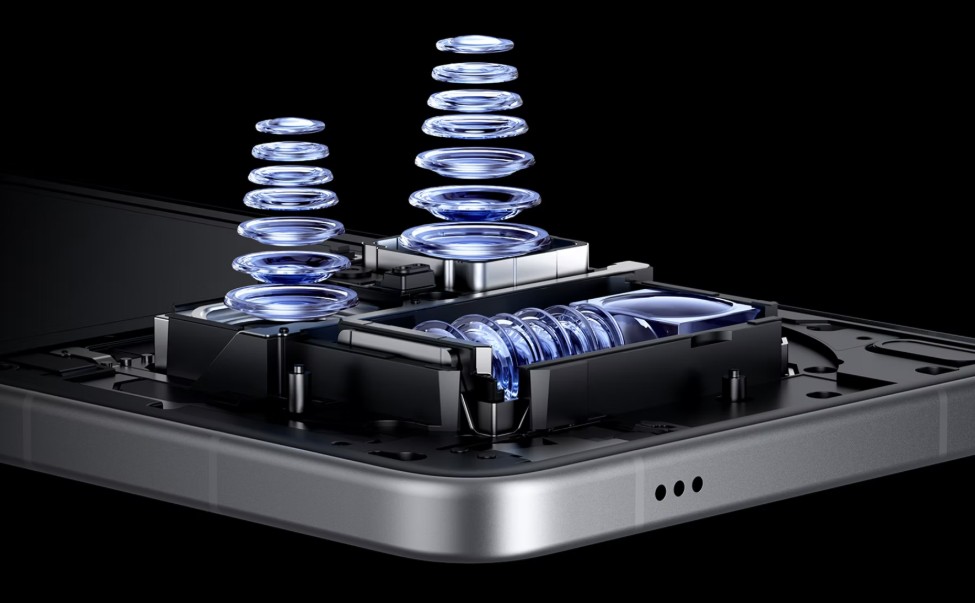
There are of course severe physical limitations for these phone cameras to overcome. The thickness of the phone’s casing significantly limits how big the lenses (and sensors) can be. As I already predicted when writing about the Huawei Mate 20 Pro in 2019, periscope tele cameras found their way into the higher end smartphones and thanks to those we see a significant jump from an 80mm f/25 equivalent to an 85mm f/8.5 equivalent.
Even with the use of all that new technology the Vivo features a significant “camera bump”, which is needed for all that camera technology:
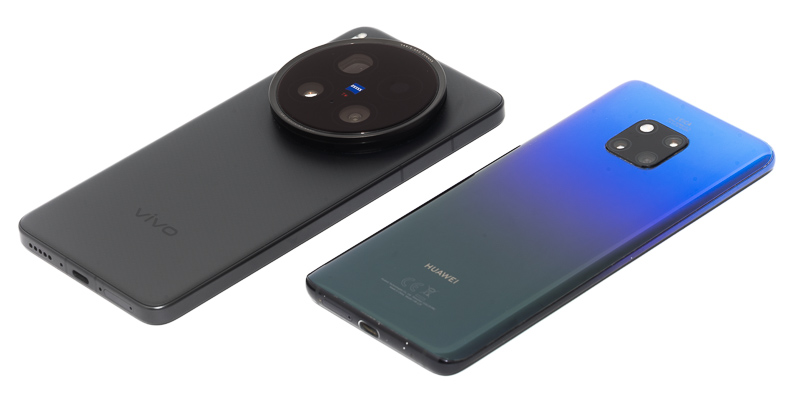
This camera bump will surely put the “average” customer off, which is why the cameras in the “mainstream” high end phones like the latest iPhone, Google Pixel and Samsung lag far behind compared to the likes of Vivo X200 Ultra, Xiaomi 15 Ultra or Huawei Pura 70 Ultra (and several more) when it comes down to the camera capabilities.
Handling
Also here I will only talk about the camera app and mainly about the “Pro Mode” and “Portrait Mode”. There are several other modes available, but I found those are more for special occasions.
Unsurprisingly the general functionality is very similar to other phone’s camera apps, so if you have used any smartphone in the past 10 years, you should feel right at home here. There are some additional features though and some of the notable ones I will mention here.
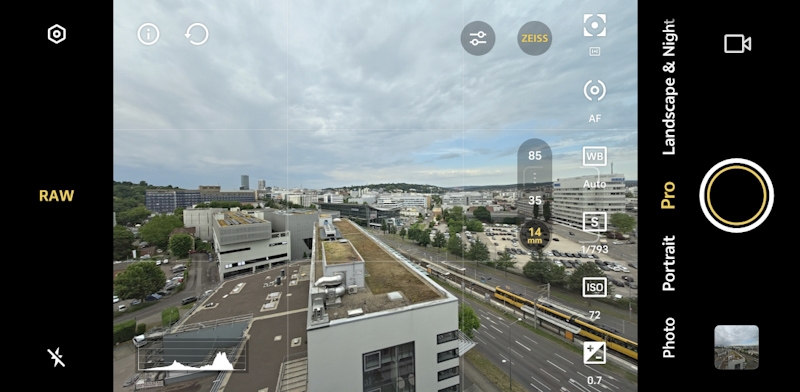
First thing is that you can display the fullframe equivalent focal lengths instead of arbitrary values like 0.6, 1.5 and 3.7 – which I greatly prefer.
In the “Pro Mode” you can also set everything (ISO, Shutter Speed, White Balance, Focus, EV compensation) manually if you like to and change the metering method as well.
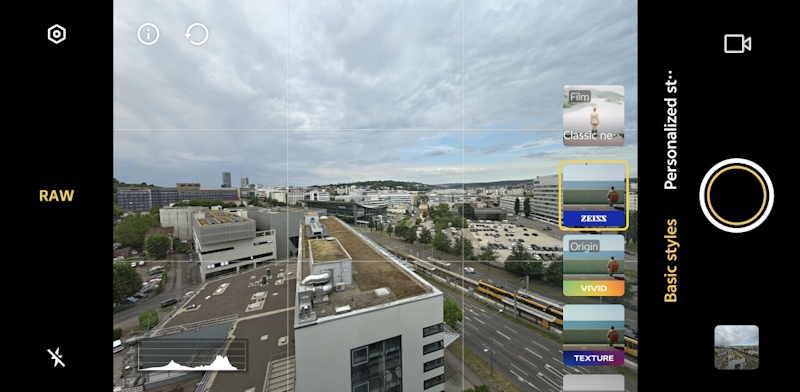
You can also pick between different picture styles affecting the Jpegs. Personally I prefer the rather neutral “Zeiss” profile, but the standard is “Vivid” and for some reason in “Pro Mode” it will always jump back to that after changing the mode or closing the camera app whereas it remembers the setting in the other modes. I am guessing this is a bug and I hope it will be fixed.
In the “Portrait Mode” you have different controls. You cannot change ISO, Shutter Speed, White Balance and Focus anymore but you get new menus for adjusting the bokeh strength and type as well as one for “Beauty Retouch”. For those that don’t want to deal with these specifics there is another menu with predesigned portrait recipes.
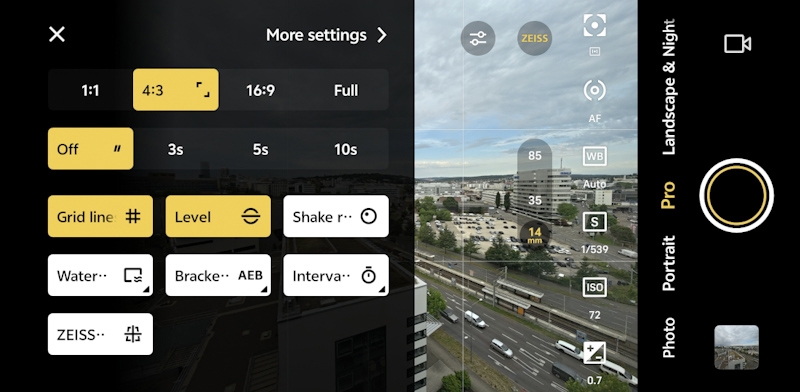
When it comes to settings there is a quick menu offering a host of options like grid lines, aspect ratio, timer and many more. There are further settings available to e.g. customize some of the button functions and to specify what settings should be remembered.
Optical Vignetting
Usually I don’t include this section for lenses with a small entrance pupil, but here we can learn something interesting, so I made an exception.
The 35mm looks similar to what we are used to, but the 85mm looks like its highlights are being cut at the top and bottom. The reason for this is the periscope design. The prism has been designed for the image forming light only (probably to reduce its size), so it creates this more oval opening. In pictures taken without the “Portrait Mode” – showing the real bokeh of the lens – this can be noticeable as you may be able to spot in some of the sample pictures.
Sharpness Infinity (12mp)
-
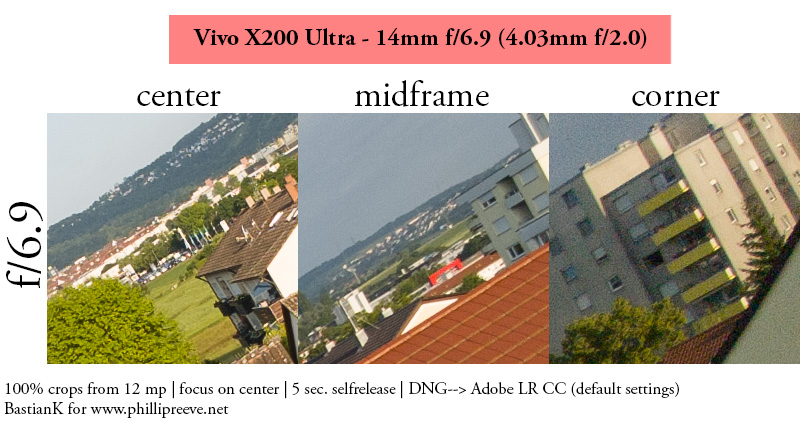
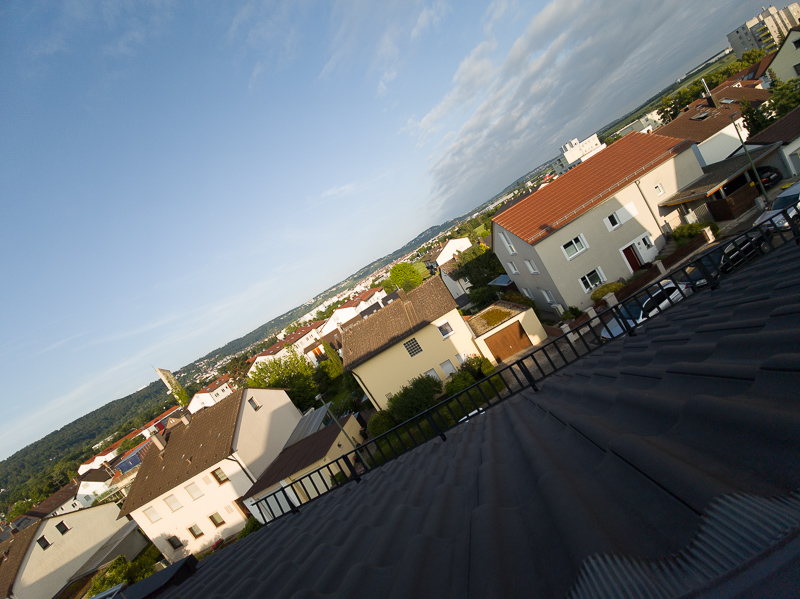
Vivo X200 Ultra | 14mm f/6.9 equiv -
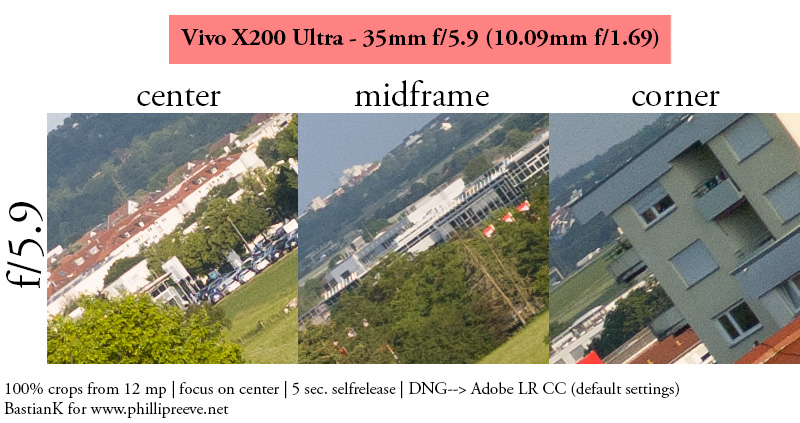
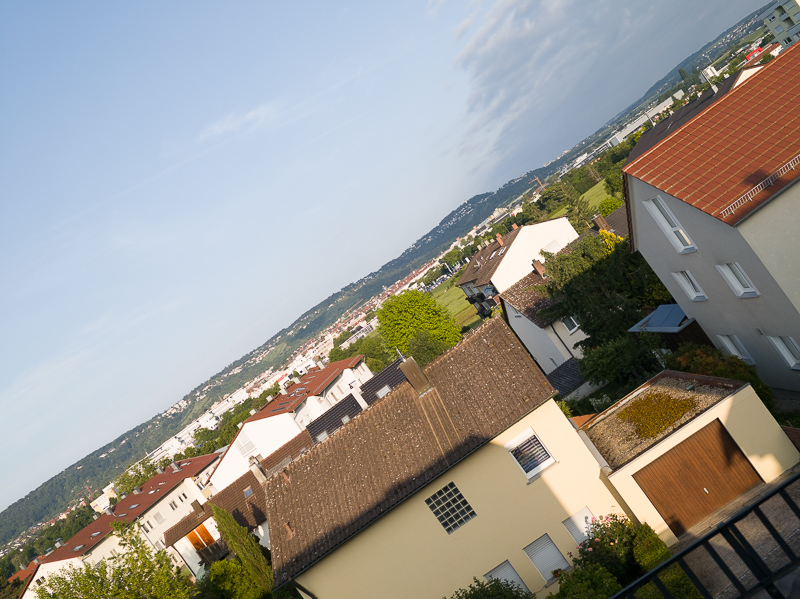
Vivo X200 Ultra | 35mm f/5.9 equiv -
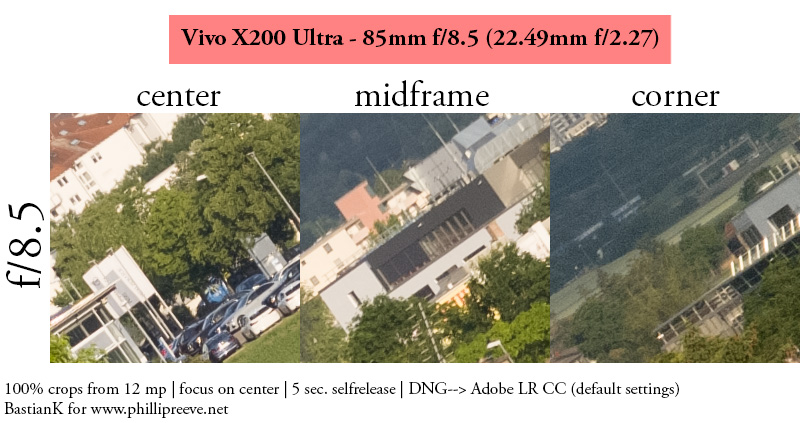
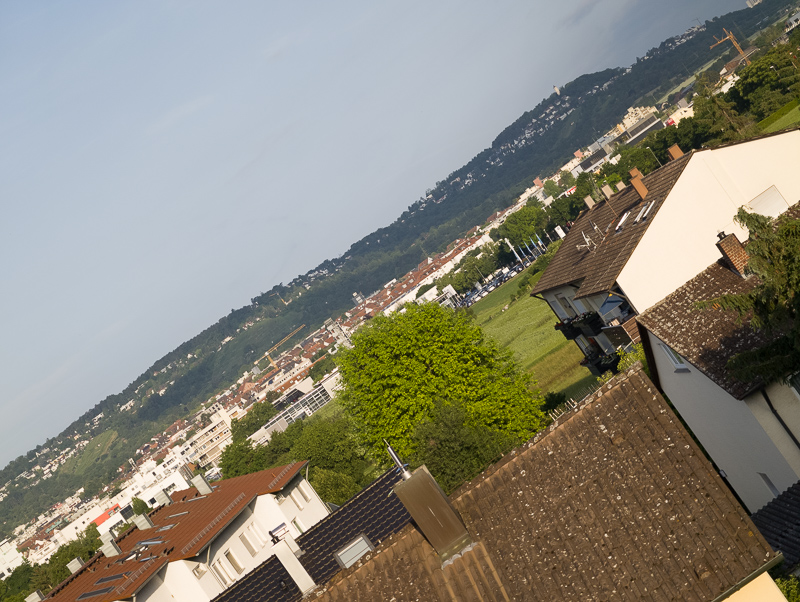
Vivo X200 Ultra | 85mm f/8.5 equiv
The ultra wide angle lens is corrected for a flat field and shows a surprisingly even performance. Sadly the vignetting correction cannot be turned off or tuned down and as we can see from the corner crop that vignetting correction leads to an increased amount of noise. Looking at tiny fullframe ultrawide ange lenses (e.g. Zeiss Hologon 16mm 8.0, MS-Optics 17mm 4.5 Perar or Funleader 18mm 8.0) they face similar issues with vignetting figures around 4 EV, which – if fully corrected – will also lead to visible noise in the corners.
In 2025 and counting we have pretty strong Ai based denoise algorithms, so I used the Adobe Ai Denoise found in Lightroom here and doing so you can significantly improve the results compared to the out of camera/phone Jpegs, as can be seen from the comparison above. For 14mm pictures taken indoors adding the Ai Denoise in Lightroom has become part of my editing workflow.
I would wish the strong vignetting correction wasn’t embedded in the raw files, but at the end of the day it is actually easier for me to deal with the Vivo’s files than those from some of the tiny (aforementioned) fullframe ultra wide angle lenses, where I first have to correct their color cast.
The 35mm equivalent lens is the one that shows the best performance in this category. It is completely flat field, no midzone dip, no loss of resolution in the corners. Compared to the 14mm and 85mm lens there is also less noise to be found in the corners, so it should have the lowest vignetting of the three lenses.
Similar to the 35mm lens we see a very even across frame performance with the 85mm lens, even though similar to the 14mm lens we see a bit stronger noise in the corners.
Without any further editing the raw files from the 85mm camera are not as contrasty and don’t feature as punchy colors, my guess is the reason for that is the usage of the Samsung Isocell sensor whereas the 14mm and 35mm are both using the same Sony sensor. Under artificial light I found I often preferred the Jpegs from the 85mm camera to their corresponding raw files.
Sharpness Close (12mp)
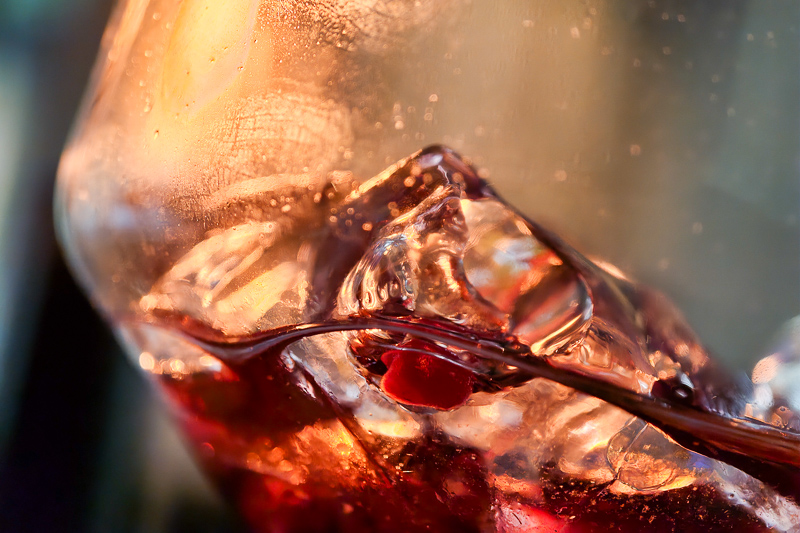
The 85mm lens also comes with an impressive macro feature, offering a maximum magnification of 1:5.7 at surprisingly good image quality. A maximum magnification of 1:5.7 may not sound as impressive, but we also have to take the smaller sensor size into account. The smallest object size you can capture to fill the frame is 60×45 mm.
The picture of the note above was taken at the minimum focus distance and I also added a 100% crop from the 12mp file.
I found this lens to be very capable for macro shots. Especially taking into consideration the wild field curvature some of the latest fullframe zoom lenses show at their minimum focus distance (for reference have a look at my reviews of the Sony FE 20-70mm 4.0 G or Tamron’s 70-180mm 2.8 lenses).
Distortion
Interestingly the (or some of the) distortion correction for the ultra wide angle lens can be turned off in the phone’s menu for Jpegs. I don’t know why anyone would want to do that.
In Lightroom there are no profiles for Vivo phones to be found (yet), but I found the “Huawei P30 Pro Rear Wide Camera” does a pretty good job at correcting the 14mm’s distortion. I used that profile for many of the ultra wide angle pictures in this review.
I don’t know if we see the full distortion of the 35mm in the raw files or if some correction has already been applied, because this amount of distortion looks suspiciously low. Either way there is a small residual pincushion distortion which can be fixed by dialing in -2 in Lightroom/Photoshop.
Similar to the 35mm lens also the 85mm lens features a low pincushion distortion that can be corrected by dialing in -3 in Lightroom/Photoshop.
Coma (12mp)
The Vivo X200 Ultra is one of the few phones that features an ultra wide lens with a pretty big sensor, so I was wondering if that might be too ambitious, but the Coma correction looks really good to me with only minor artefacts in the corners.
The 35mm lens features an impressive Coma correction, as I do not see any artefacts at all here.
The 85mm lens shows some sunstar like artefacts around point light sources but also here the general Coma correction looks really good.
Flare resistance
The camera module features a prominent Zeiss T* coating sticker and while that alone doesn’t mean much to me, the flare resistance is also surprisingly good. This is the same scenario I use for my reviews of fullframe lenses where many ultra wide angle lenses struggle but here I do not see any kind of ghost or ring flare artefacts.
Looking at the 35mm lens with the sun close to the center of the frame I managed to create a tiny green ghost, but that’s it. So also here an impressive performance.
When it comes to fullframe lenses, tele lenses often struggle with veiling flare leading to a significant loss of contrast. What I see from the 85mm here also looks pretty good though with only minimal veiling flare and again hardly any ghosts.
Chromatic Aberrations (12mp)
As I did not see any lateral CA I am pretty sure these are already corrected in the raw files. Due to the limited depth of field (without using the Portrait Mode, see next section) bokeh fringing is also nothing to worry about.
Purple fringing we can have a look at though and here we also see some differences between the three lenses. In this worst case backlit scenario the 14mm hardly shows any discoloring, the 85mm only a small amount and the 35mm a notable amount.
Bokeh / Portrait Mode
As you have seen above, the wide normal is a 35mm f/5.9 equivalent and the telephoto is an 85mm f/8.5 equivalent in fullframe terms. I still find it spectacular we can find something like this in a small smartphone, yet this is obviously not enough to please the bokeh afficiandos. Therefore this Vivo features an elaborate “Portrait” or “Bokeh” mode that allows to digitally enhance the background of your pictures.
Styles
35mm
The 85mm and the 35mm equivalent lenses can be used for the Portrait Mode.
The Vivo X200 Ultra – carrying a Zeiss branding – has its bokeh modes named after famous Zeiss trademarks that also seek to mimic the rendering of some of those reknown lenses. In this example the strength of the effect was set to “f/0.95”, which is the highest (more on that in the next section).
With this 35mm lens the differences between the different bokeh types are not that obvious to me: for example “B-Speed” and “Planar” look very similar to me. There is also something wrong with “Biotar” here, as the ellipses are not oriented exactly radially, which looks very wrong. The somewhat more subtle “Distagon” actually looks most realistic to me.
I also added the a picture to show what the real bokeh of this lens looks like by comparison. Being a 35mm f/5.9 equivalent, we hardly see any blur at this distance obviously.
85mm
Also here I added a shot with this lens’ real bokeh, which is similar to what an 85mm lens set to f/8.5 will look like when used on a fullframe camera.
It may sound ironic, but while I strive for fullframe lenses with as little optical vignetting (cat’s eyes) as possible, here I prefer the “Distagon” style with mild cat’s eyes, as it looks most natural to me. I also see some use for “Biotar” and “Planar”, if you are looking for a bit of a vintage style in your pictures.
With smaller highlights “B-speed” will create those distinct triangular highlights (see next section) and “Cine-Flare” with that artificial flare artefact I find downright stupid, but this is just me, your mileage may vary here.
What surprised me is, that the amount of blur varies quite a bit between those options. The “Distagon” setting creates a little less blur whereas “B-Speed” and “Sonnar” create a stronger blur.
Strength
You can (thankfully) also adjust the strength of this blur by picking an “aperture setting” of f/0.95 to f/16. These settings do not mimic the actual aperture settings of a real lens though, as we will see in the following sections. You can also adjust this “aperture setting” after you took the shot but you cannot change the style anymore.
When picking the f/11 to f/16 setting you are actually getting really close to the lens’ real bokeh, which would be an f/8.5 equivalent.
When changing the “aperture value”, in some cases also the style of the bokeh further changes. “B-Speed” stopped down creates triangular highlights, “Distagon” (sadly) hexagonal ones.
Compared to Fullframe Lenses
Viltrox AF 35mm 1.2 FE LAB
Comparing the real bokeh of the Vivo’s 35mm lens, I noticed it is closer in quantity to the fullframe lens being stopped down to f/8.0 instead of f/5.6. Again: having to crop the Vivo’s picture and optical vignetting play their role here.
In terms of bokeh quality the Viltrox fullframe lens unsurprisingly looks nicer here.
Viltrox AF 85mm 1.4 FE Pro
The actual parameters of the Vivo X200 Ultra’s telephoto lens are 22.48mm with an aperture value of f/2.27, which is equivalent to an 85mm fullframe lens with an aperture setting of f/8.5. To check if that is actually the case I did a comparison to a picture taken with a Viltrox AF 85mm 1.4 FE Pro when set to f/8.0. Keep in mind: because of the different aspect ratios (camera: 3:2, phone: 4:3) this is not an ideal comparison, as the pictures have to be cropped to somewhat match the framing.
The amount of background blur does indeed look similar. When it comes to the quality the Viltrox fullframe lens obviously looks better. Stopped down this much, the Viltrox shows a clean bokeh without any optical vignetting whereas we use the Vivo’s lens at its maximum aperture. The Vivo’s telephoto lens most likely consists of a high amount of high order aspherical elements which also lead to a busier bokeh rendering.
So let’s also see how the Vivo’s telephoto lens in combination with the Portrait Mode compares to the Viltrox 85mm lens when set to its f/1.4 maximum aperture. As I found out before the “Distagon” setting looks most natural to me, I chose that for this comparison set to tis maximum strength (“f/0.95”).
From this comparison we can learn a lot. First is, in terms of amount the “f/0.95” artificial bokeh looks similar to the real lens’ f/1.4 bokeh.
What is more important: the Vivo’s imaging engine can only distinguish between the plane that should be in focus and the plane that it thinks should be out of focus. For the given example that generally works well, as there is in fact a clear distinction between subject and background, but looking closely we see that parts of the statue are not in focus with the Viltrox lens, as it creates a smooth and steady transition from “in-focus” to “out-of-focus”, whereas the Vivo just blurs everything which isn’t the subject, while the subject itself has the depth of field as if the picture had been taken with an 85mm f/8.5 lens.
There is something we should be aware of though: I (and maybe you) are able to see these differences and may specifically look for them. For the average person the Vivo’s pictures may look the same or even better than those taken with the big fullframe lens on a big fullframe camera.
As another example I chose a scene which has more layers, as I expected the Vivo’s algorithms to face more of a challenge here.
Again I chose the “Distagon” style and interestingly at this distance the Vivo created less blur compared to the fullframe lens set to f/1.4, I found it rather resembles the fullframe lens when stopped down to f/2.8. Small note: using another blur type like “Natural” or “Sonnar” led to stronger blur at this distance.
I was very surprised how the pictures compare. Despite the more complex scene the Vivo’s picture looks very similar to that taken with the fullframe lens. If we look closely we can see that the edges between the in-focus subject and the out-of-focus rendered background are not perfect, but looking at the whole pictures at reasonable viewing distances, this would be hard to notice.
Would I be able to tell in a blind test which of these has been taken with a smartphone and which with a huge fullframe lens on a fullframe camera (especially with some post processing)? Would you be able to? Would the average viewer of your pictures be able to? Does the LP really sound that much better than Spotify that it is actually worth the additional trouble of flipping it after every 6 songs?
These are questions that might be worth thinking about a bit.
Issues
With the 35mm lens I actually encountered more errors when using the portrait mode compared to the 85mm lens. To me this doesn’t come as much of a surprise, due to the wider angle and therefore deeper depth of field it is harder for the algorithms to separate subject and background. Here the chains gave it some trouble. These days we can use Adobe’s generative fill to fix such errors – which obviously means additional work in post – but for a picture you like it may still be worth the small trouble.
You can actually do these corrections directly in the phone as well, but the quality is not as good as Adobe’s generative fill. For posting something on social media in low resolution you may still find it sufficient though.
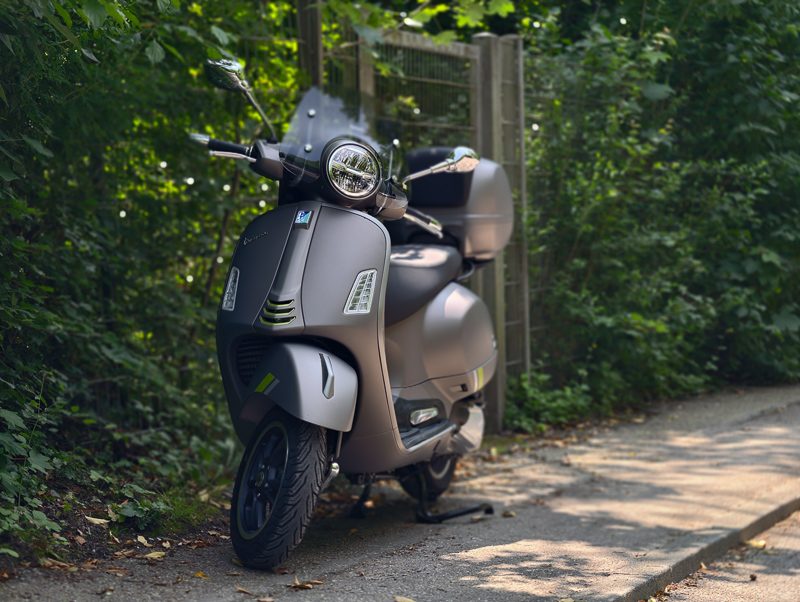
You may find some of the results I am showing you here impressive, so I also want to show you some examples where the algorithms didn’t do a good job or completely failed. The scooter above with its windshield is one such case.
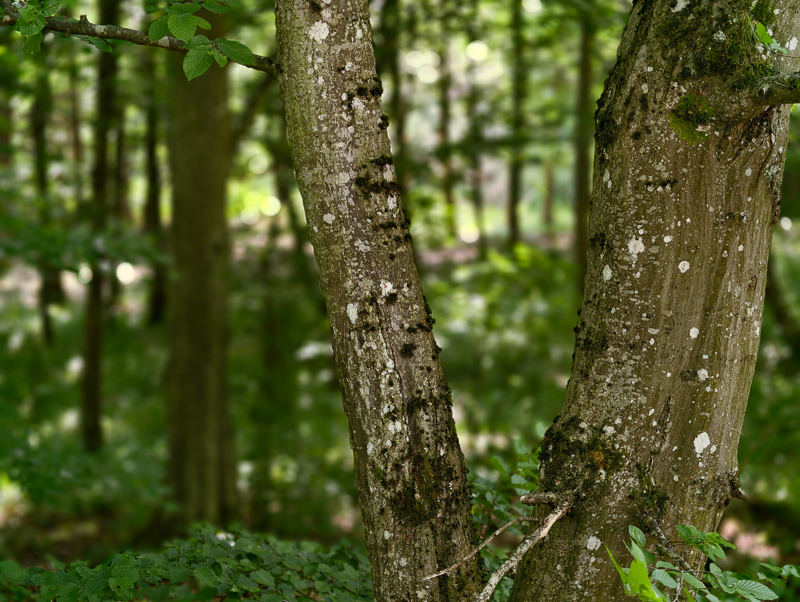
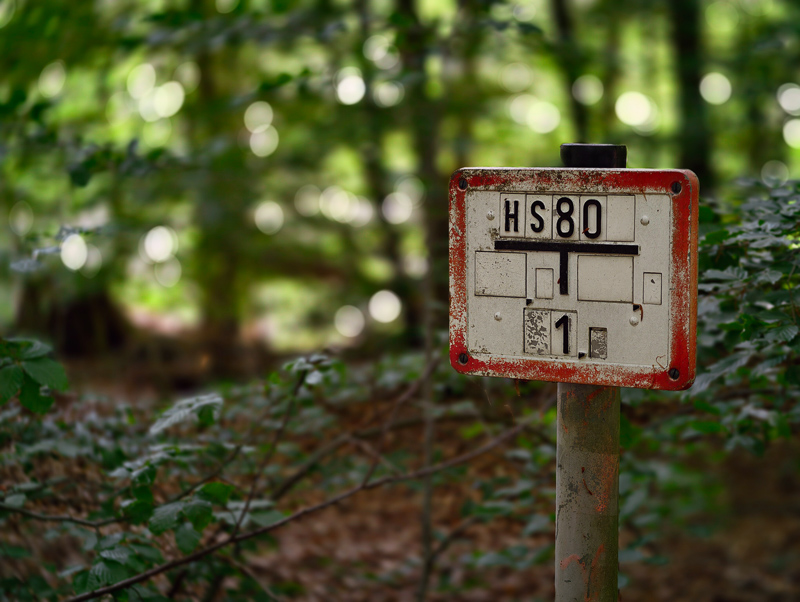
I would also recommend to be careful with how much blur you apply. In the examples above it is probably a bit too strong and when that is the case it starts to look unnatural. Luckily you can still change the strength of this effect afterwards.
Beauty Retouch
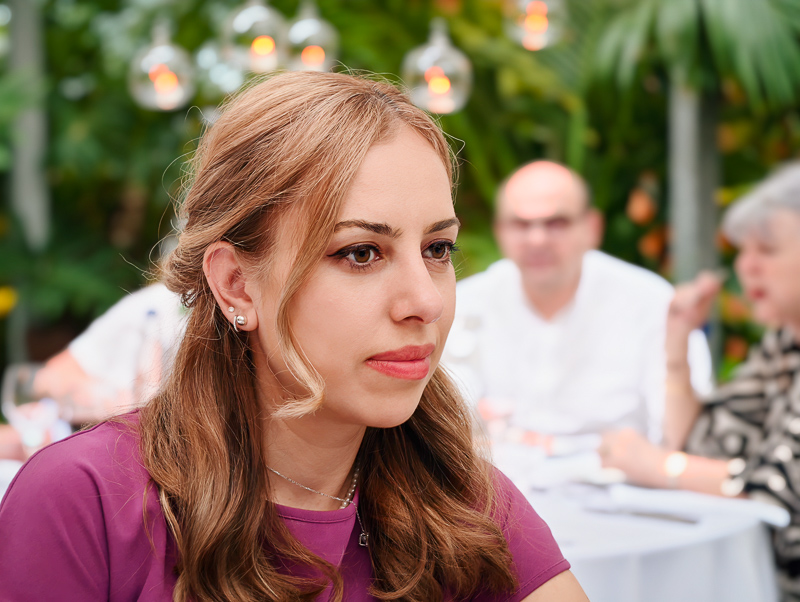
The Portrait Mode also offers various skin and face shape enhancements. I turned these off, as I find they smooth faces way too much, but looking at the pictures people share on social media these days, I might be alone with that opinion. In the picture above this was still set to “Natrual Skin”. Not sure I agree with that…
Photography Kit
There is also a Photography Kit for the Vivo X200 Ultra available. It comes in two versions, one consisting of case, filter adapter, grip and strap, another one which adds the Vivo/Zeiss 2.35x extender lens. I ordered the kit without the lens, so we will go through the single components of that kit in this section.
Case
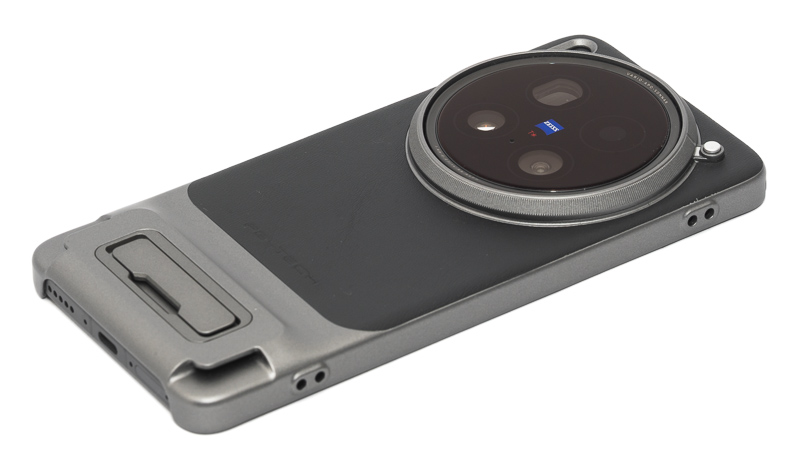
The case is made from plastic and features a small foldable stand to set the phone on a desk in portrait orientation and a round bayonet with release button for attaching the filter adapter or the extender lens.
In the picture above you can also see the holes for attaching the strap. I am not too happy with their positioning though, as the phone will dangle upside down in a rather awkward position when using these holes to attach a camera strap. Scroll a bit down to see how I fixed that.
The bayonet for attaching the filter adapter or the extender lens sadly feels a bit plasticky and the rings also have a bit of play. The filter adapter feels like it is just made from coated plastic. I would have certainly prefered metal and somewhat tighter tolerances here.
Without having used the extender lens, I do wonder how tight it will actually sit due to the play I noticed with the much lighter filter adapter.
Grip
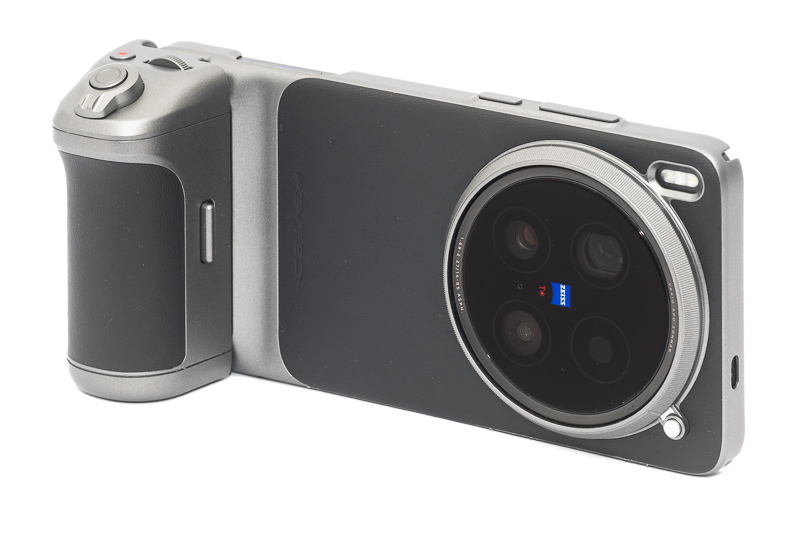
The grip features a built-in 2.300 mAh battery to extend the battery life of the phone. You have to press a button on the outside first for it to start charging, which I think is a nice touch to preserve your phone’s battery condition.
At the bottom you find a small bar to attach a hand strap as well as a standard 1/4″ thread to attach a tripod or an Arca plate.
In terms of controls you are getting a shutter button which can also be half pressed to engange AF, a zoom lever, a video record button and a small wheel. The wheel can be programmed to change exposure compensation, ISO, shutter speed, bokeh type/strength, white balance or focus distance.
I would have wished for the zoom lever to jump between the three lenses, but that isn’t the case in every mode. In “Portrait Mode” it jumps between 35, 50, 85 and 135mm (which I find useful), in “Pro Mode” it jumps from 14 to 35mm, but when going to 85mm you have to dial through every millimeter from 35 to 85, ugh.
Strap
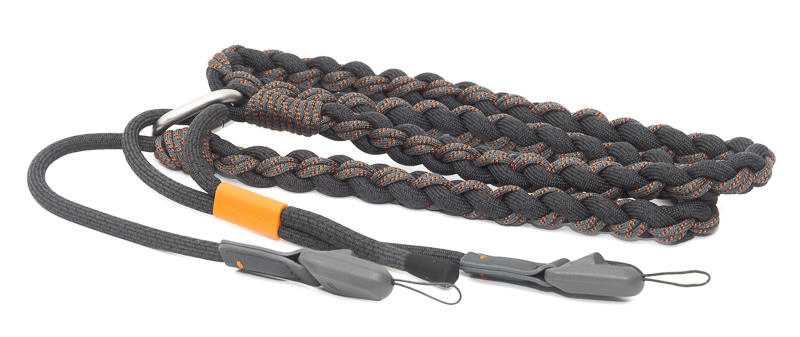
A rather sophisticated strap is also included. A part of it can be removed to serve as a hand strap and it comes with small connectors similar to the Peak Design Anchor Links. Nice touch.
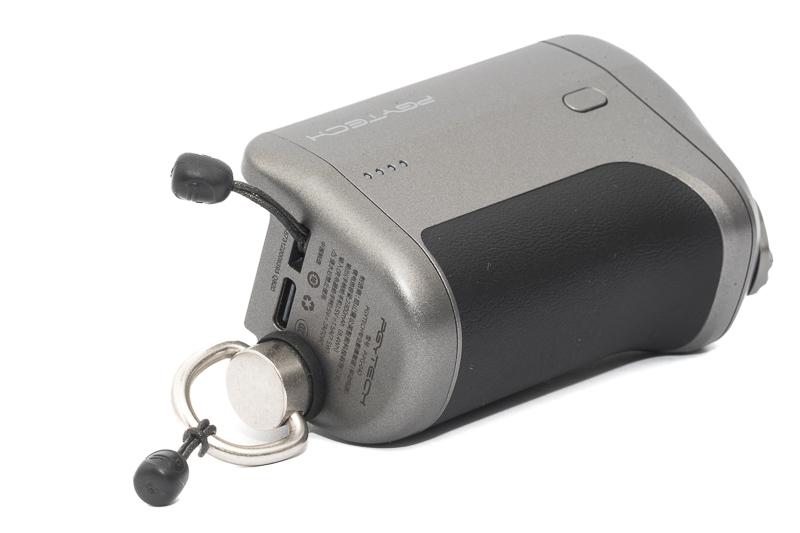
As said before I don’t like the strap attachment points on the case so I was looking for alternatives. The grip originally has only one attachment point so I added a 1/4″ screw with D-ring to create a second one. That way you cannot use the tripod socket anymore, but its position isn’t particularly great to begin with, so not a huge loss for me.
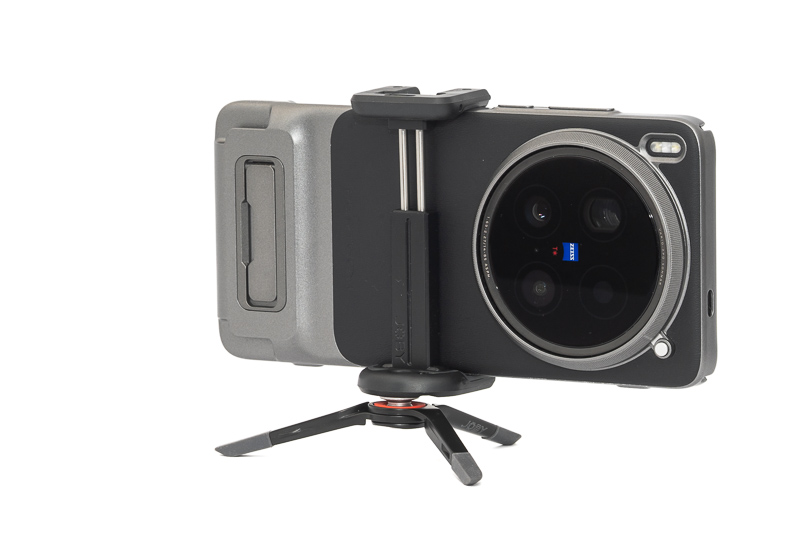
If I want to use a small tirpod with this phone I am using a Joby GripTight One Micro (affiliate link). This folds to a tiny package that fits into every pocket and can be positioned way closer to the actual center of gravity (without blocking any of the controls).
2.35x Extender Lens
For roughly $200 extra you can buy an extender lens made of 13 elements to turn the 85mm equivalent lens into a 200mm lens. Being a front extender this does not seem to have a negative influence on the maximum aperture, so you should end up with a 200mm f/8.5 equivalent lens. The samples I checked actually show pretty nice bokeh.
Apart from the price the reason I did not order one is that when it is attached you cannot use the 14mm and 35mm lenses anymore, as their view will be severly blocked by the extender lens. I may try it one day in the future if prices come down a bit.
Conclusion
Compared to the Huawei Mate 20 Pro I was using before, I can clearly say the gap between the smartphone cameras and standalone cameras got narrower over the years. In some cases the smartphones are even ahead these days.
I see huge improvements in the general quality of the cameras being used in the higher end phones (at the cost of bulkier “camera bumps” though) and at least as big improvements when it comes to the algorithms for artificial bokeh, noise reduction and high dynamic range.
At the same time, we have hardly seen any of this computational photography stuff making its way into real cameras. There is huge potential here and I wonder why no manufacturer is willing to explore it.
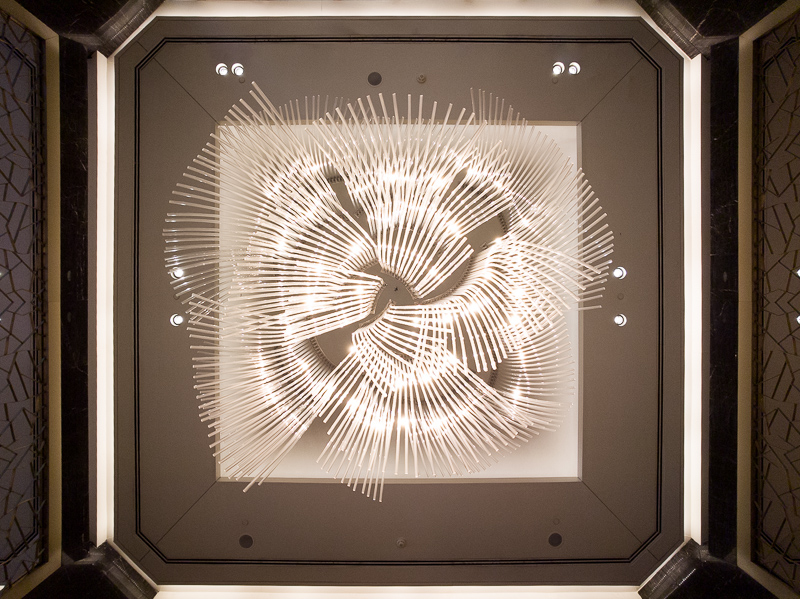
After having used this phone’s three cameras a lot and putting them through my usual tests I have to say I am impressed. I find the image quality to be similar to the 1″ compact cameras while preferring the choice of focal lengths as well as the software (e.g. Portrait Mode) of the Vivo.
The question I got a lot is: but this won’t be replacing any of your other cameras, right?
Actually, for some use cases it will be. Product pictures for online sales I used to take with one of my fullframe cameras, I won’t be doing that anymore.
It will also affect what lenses I carry. I used to often bring a small tele and/or a small ultra wide angle lens “just in case”. I may leave one or two of these at home in the future, knowing I can still get those shots with the Vivo in – to me – more than acceptable quality. I expected nothing of the 170mm and 230mm crop modes, but even these surprised me more than once.
Whether the Photography Kit is worth the current asking price of almost $200 (this is without the extender lens) is debatable. I mainly bought it to be able to easily use a polarizer. If you plan on taking a lot of pictures with this phone the grip can also be a useful accessory, as it does improve the handling at the cost of more bulk. The camera strap is surprisingly nice, too.
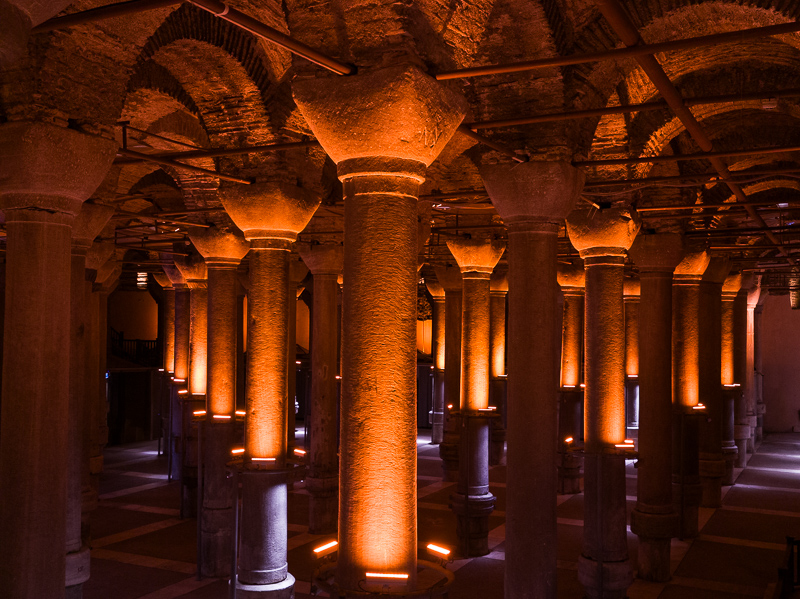
At the end of the day, this Vivo X200 Ultra is the most versatile picture taking device without interchangeable lenses I came across so far. And – at least to me – by far the best in this form factor and with a weight of only 230g.
buy the Vivo X200 Ultra from ebay.com | ebay.de (affiliate links) starting at $1000
buy the Photography Kit from ebay.com | ebay.de (affiliate links) starting at $200
Compared to Compact Cameras
To me the most interesting compact zoom cameras are the Sony RX100III to V and the Panasonic Lumix LX100(II), so let’s see how they compare.
The Sony RX100III to V with their 1″ sensor (crop factor 2.7) feature a 24-70mm 4.8 to 7.6 equivalent lens while the Lumix LX100(II) with its slightly-smaller-than-m43 sensor (crop factor 2.2) features a 24-75mm 3.4 to 6.2 lens – still the pinnacle among the compact zoom cameras.
As a reminder: with this Vivo X200 Ultra we get the following fullframe equivalent lenses:
14mm f/6.9
35mm f/5.9
85mm f/8.5
The tele lens is comparable to what we get in the RX and slightly worse than the LX100’s. At 35mm the Vivo matches the RX and is again slightly worse than the LX100. Neither of these (or any of the) compact cameras offers the viewing angle of a 14mm lens though. The versatilty of having a tele, a wide normal and an ultra wide angle lens in one compact (and smaller/lighter) device would already be reason enough for me to go for the Vivo here.
And that is before we even take into account that you get all that computational photography stuff on top. You cannot tell the compact cameras you would like to see improved bokeh in your shots let alone do they allow to share the pictures you just took immediately and seamlessly.
There are surely some areas where the ~1″ sensor size compact cameras still have advantages, but to me these are not enough to sway the scale, I especially see the lack of real ultra wide options in the compact cameras as a huge disadvantage.
Sample Images
14mm
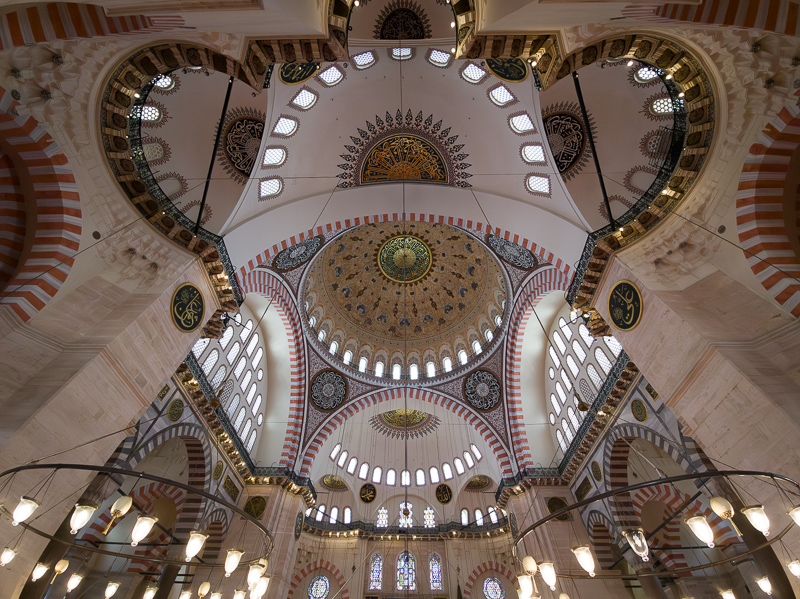
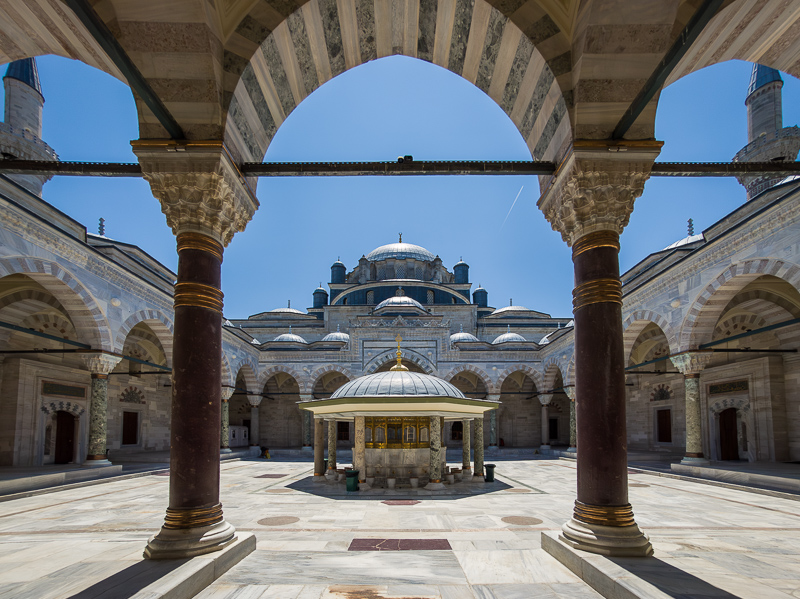
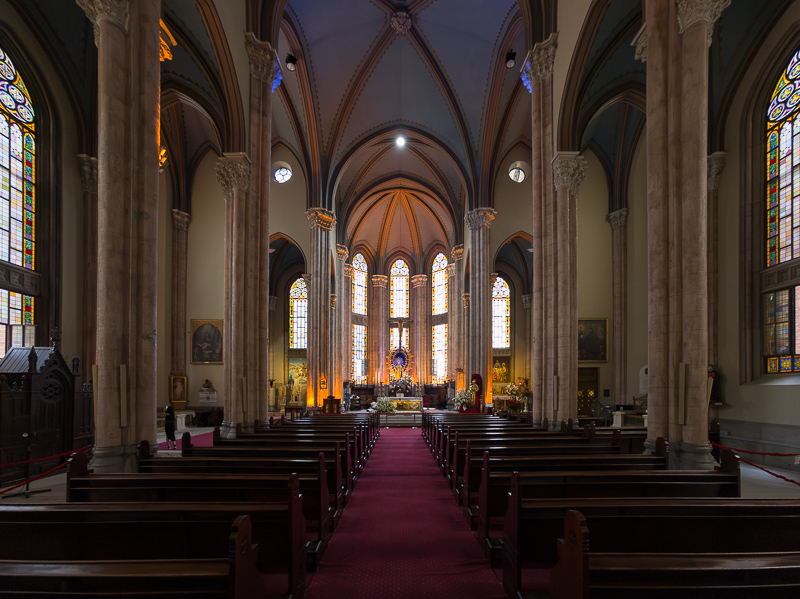
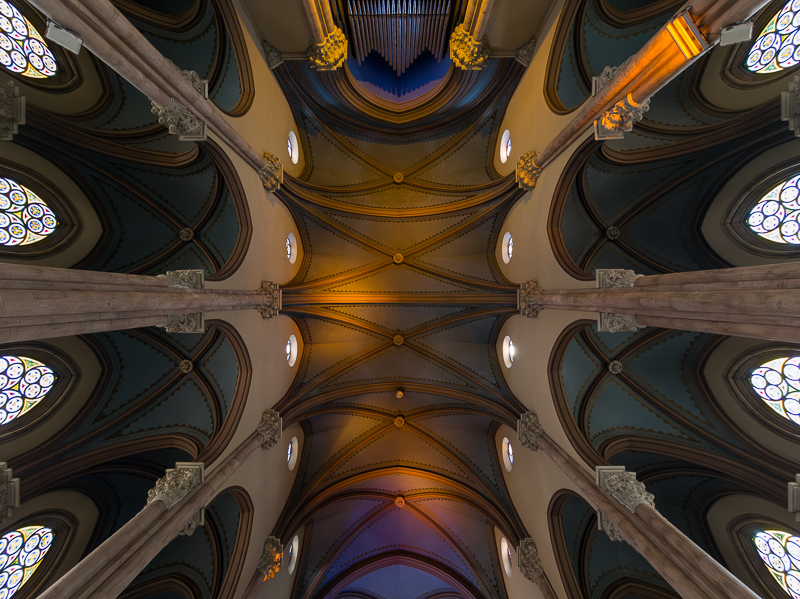
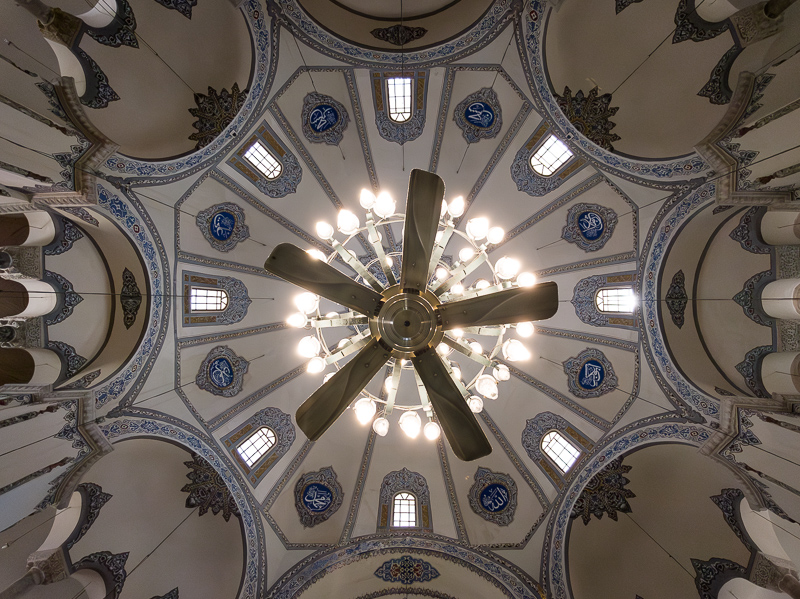
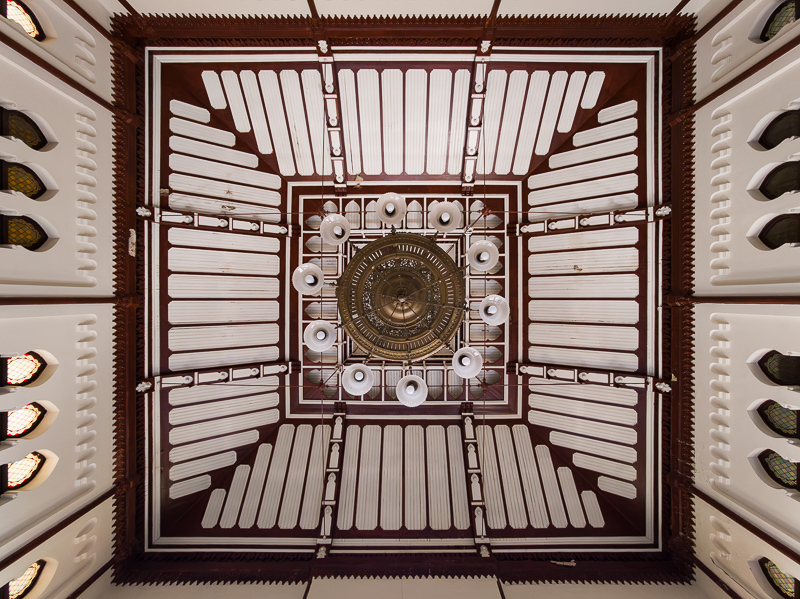
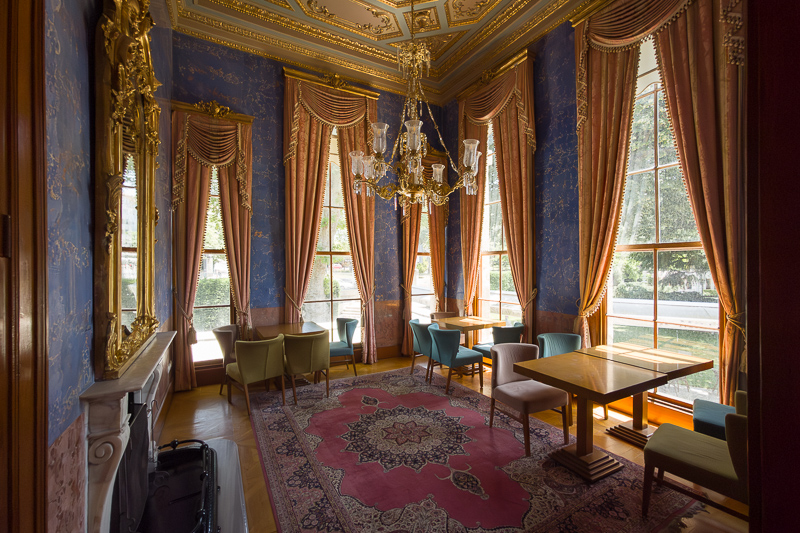
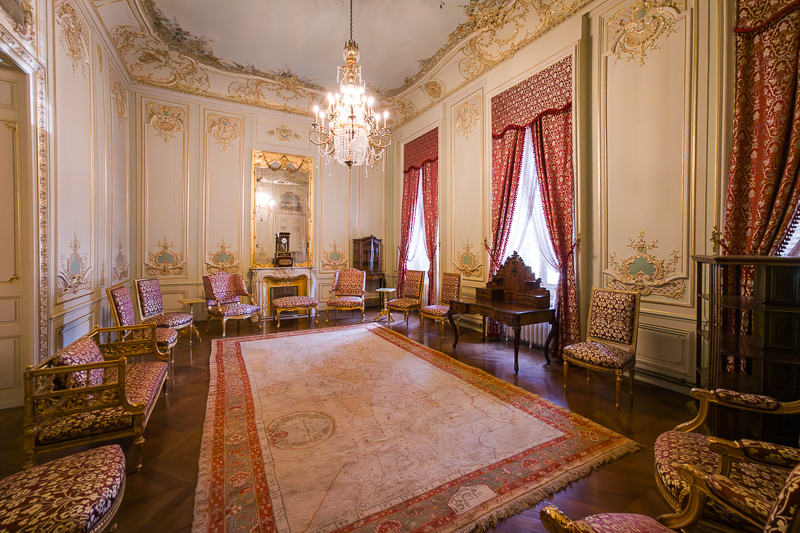
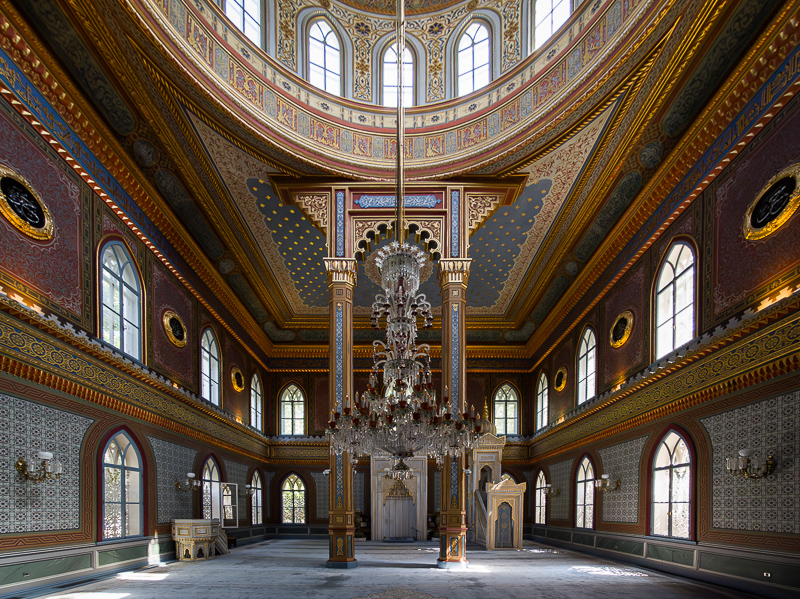
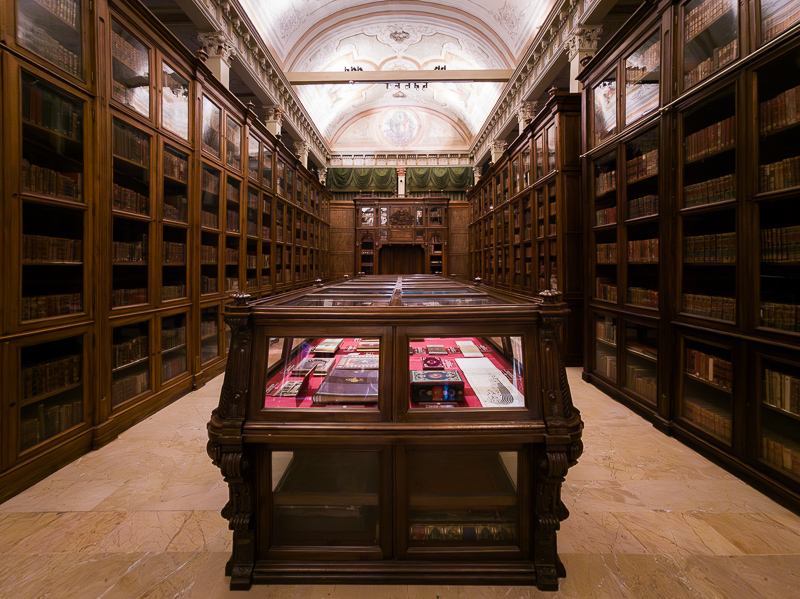
35mm

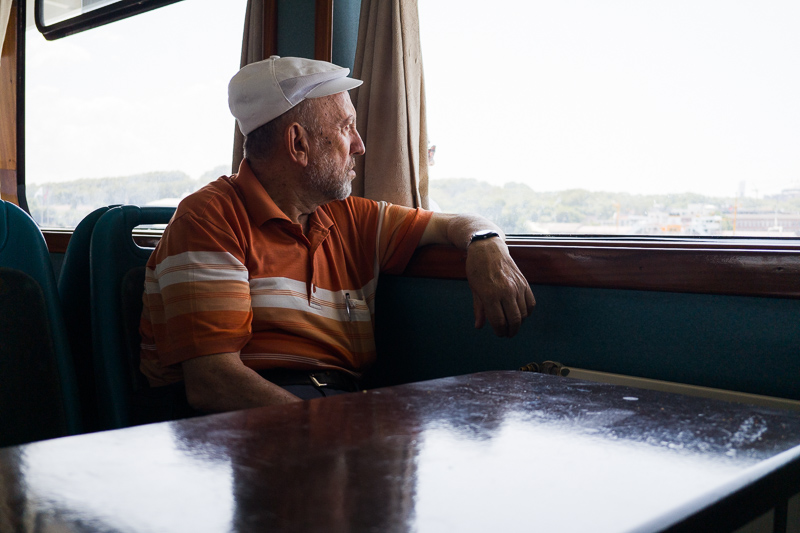
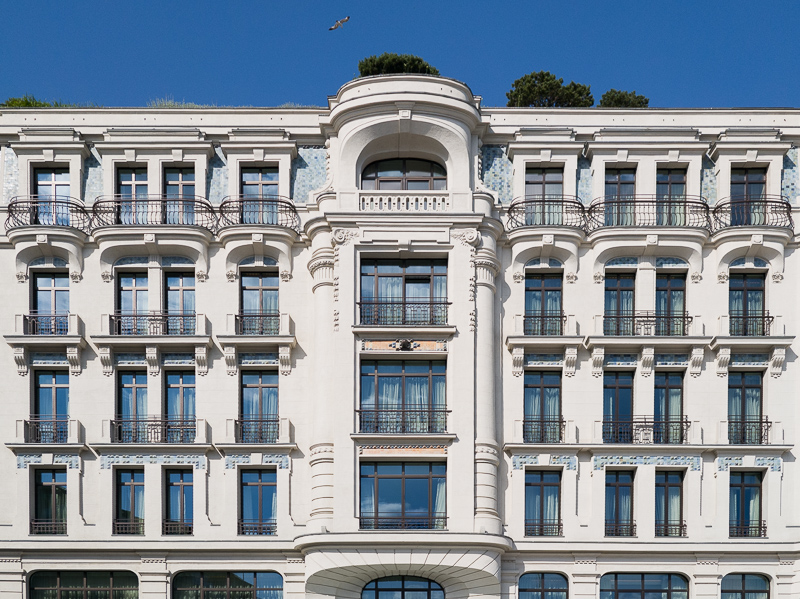
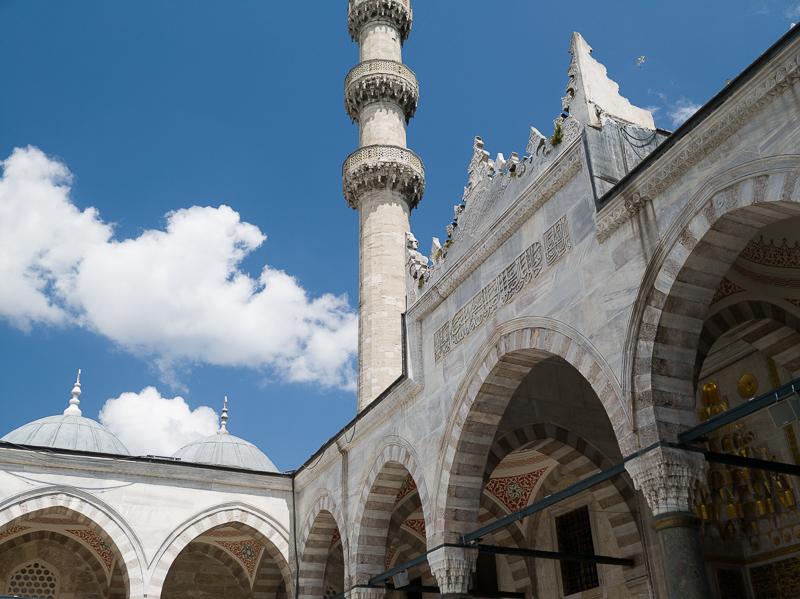
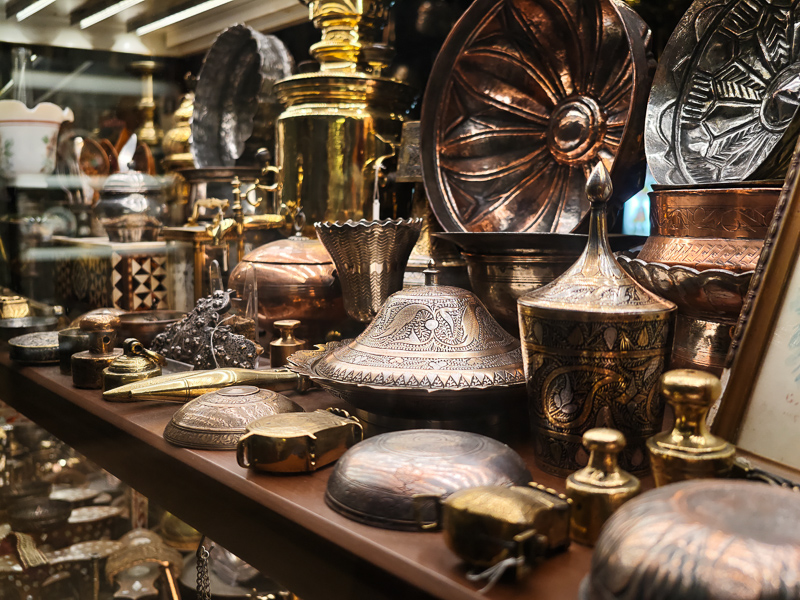

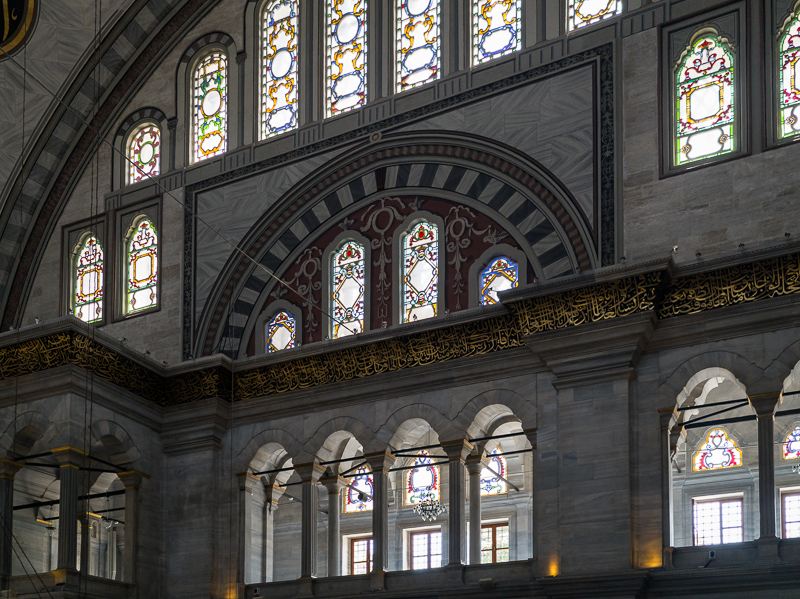
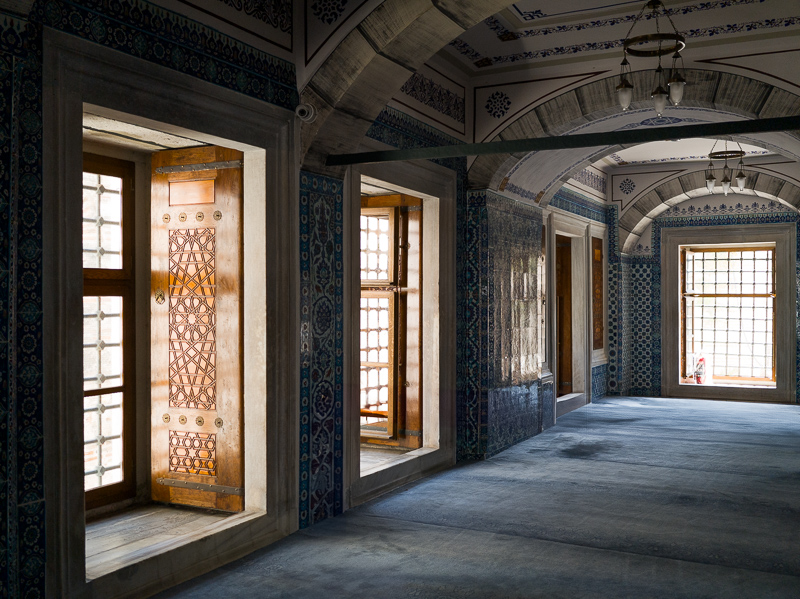
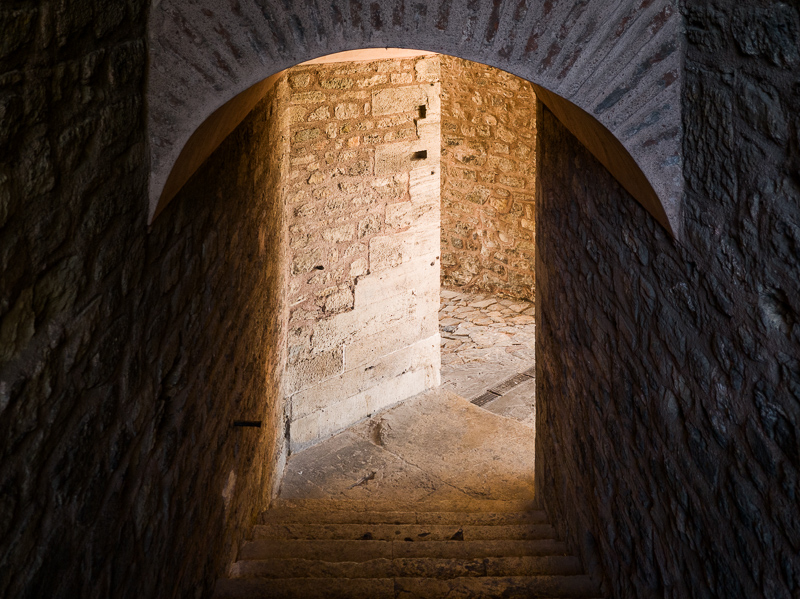
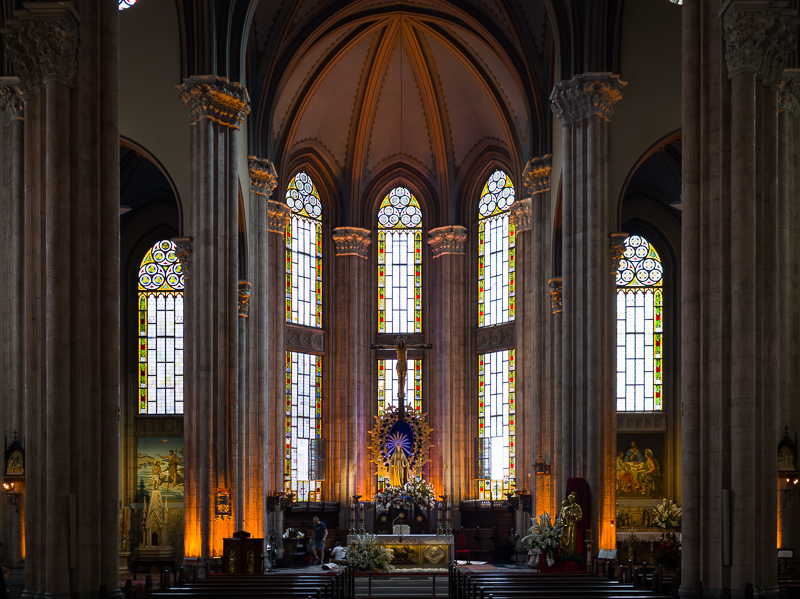
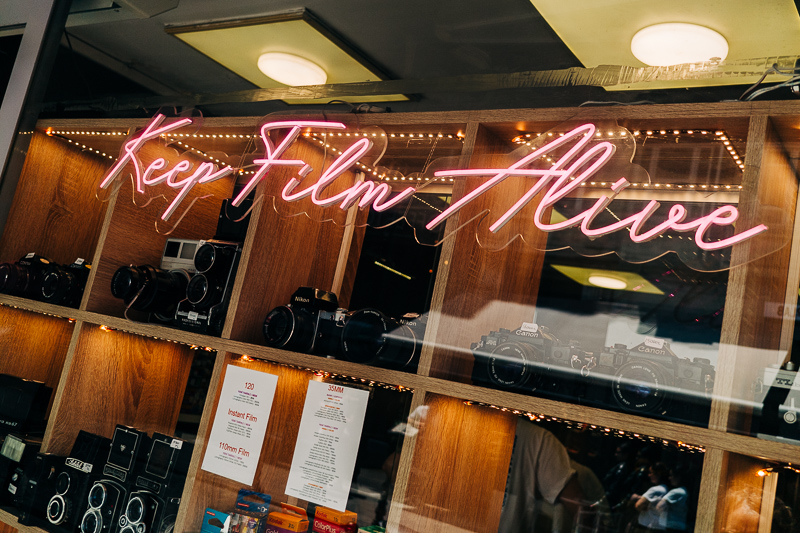
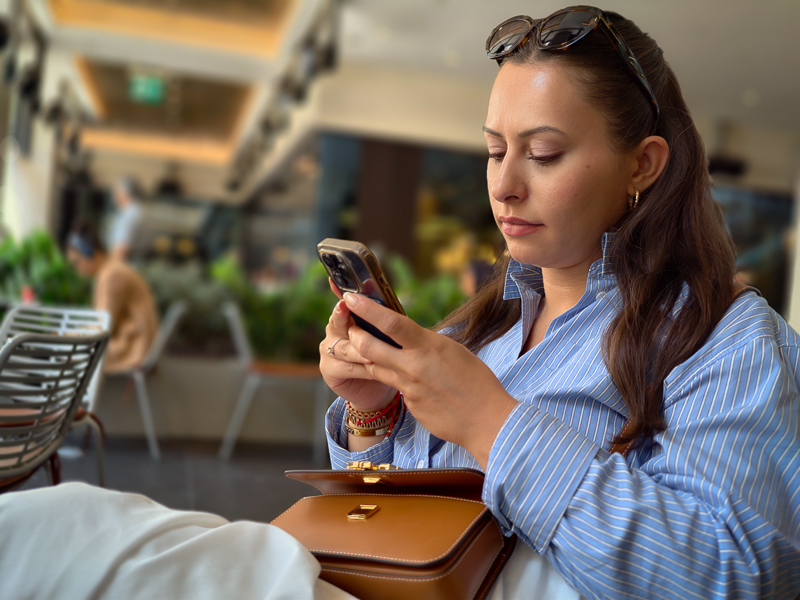
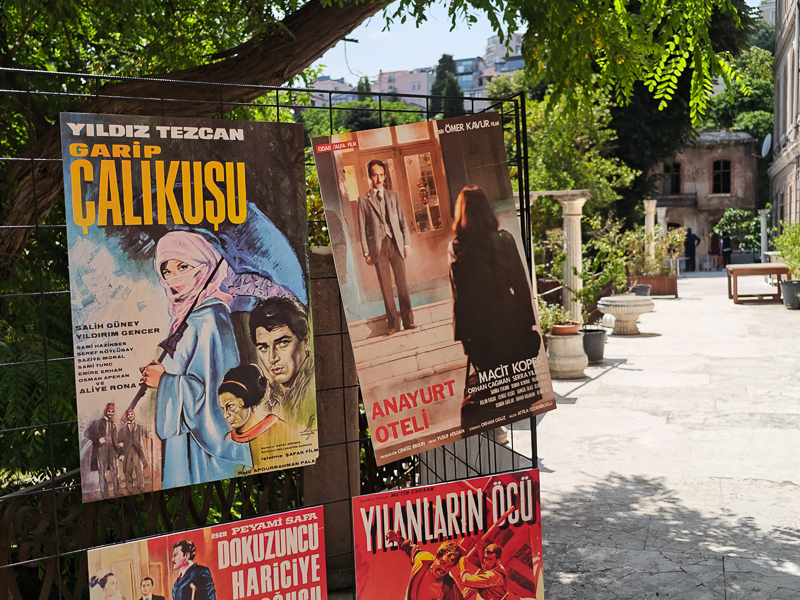
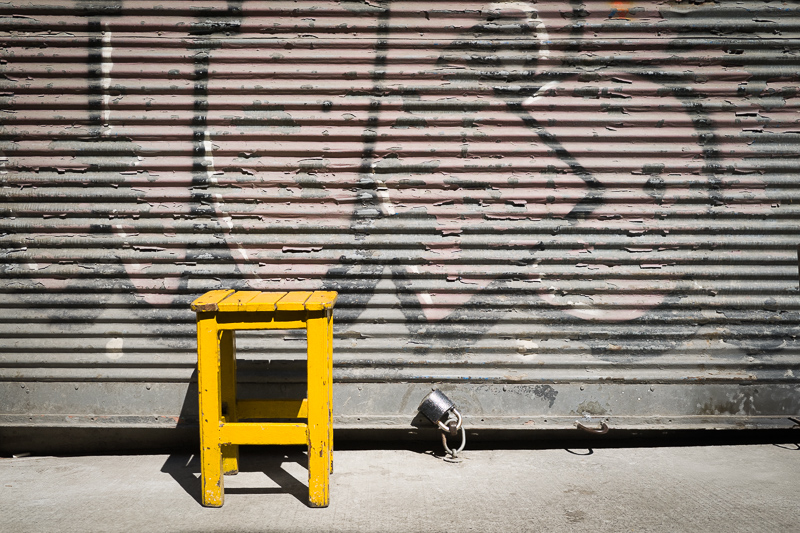
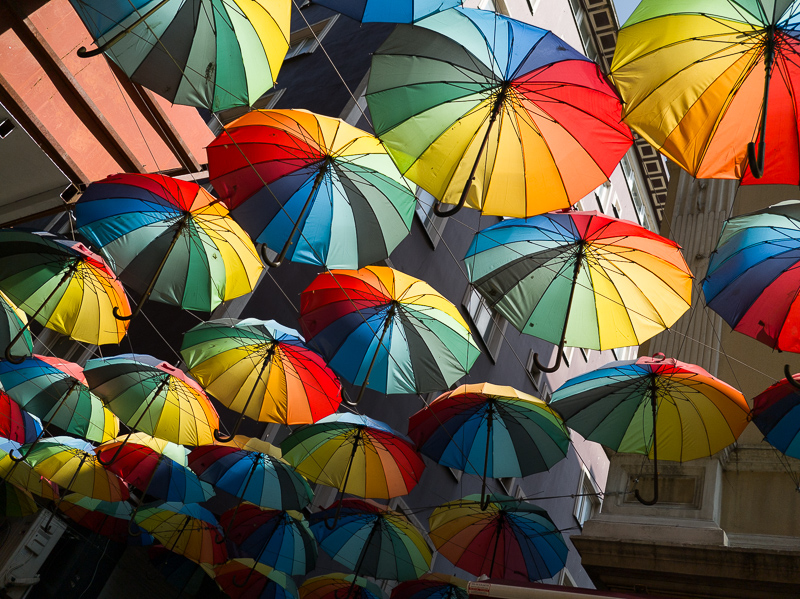
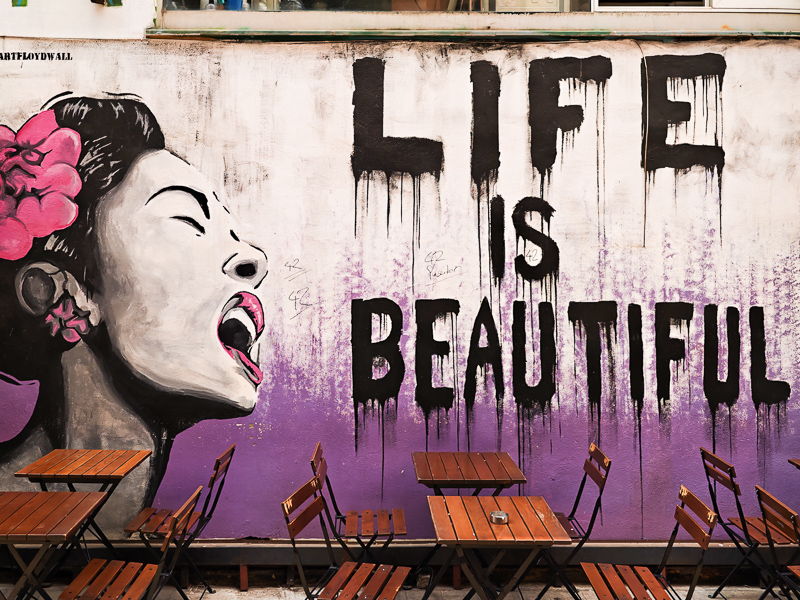
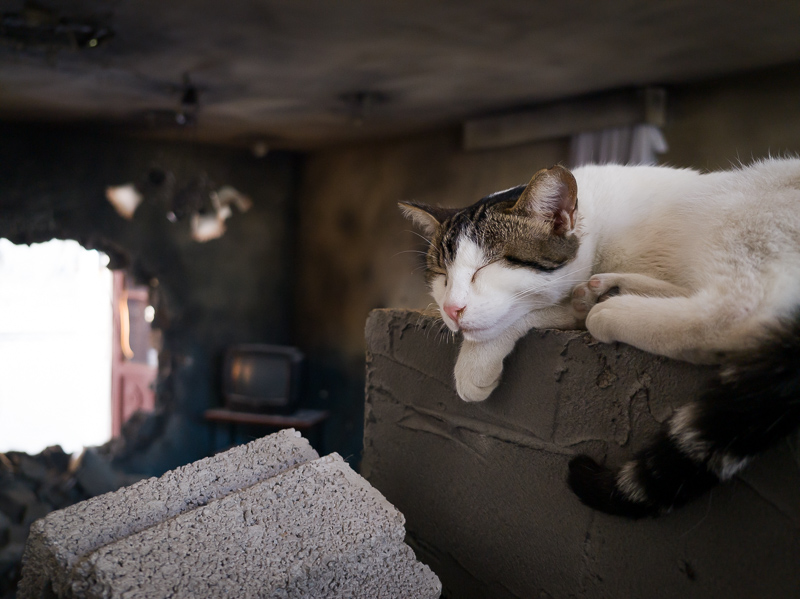
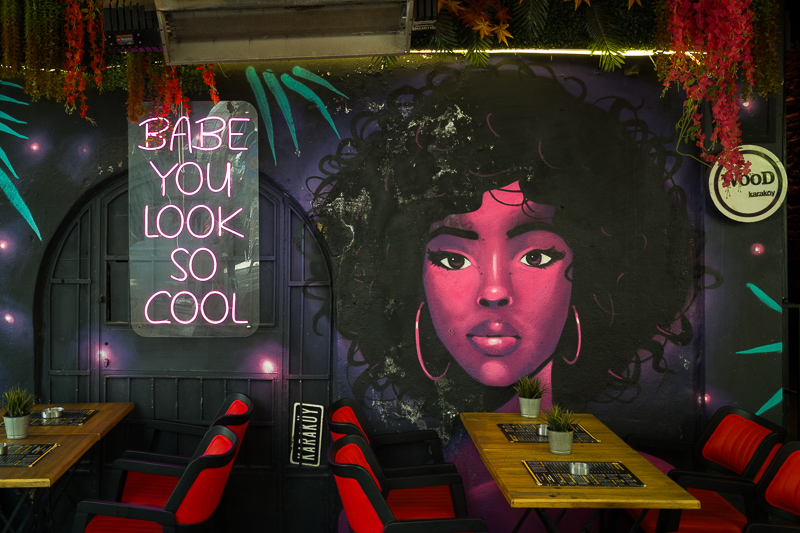
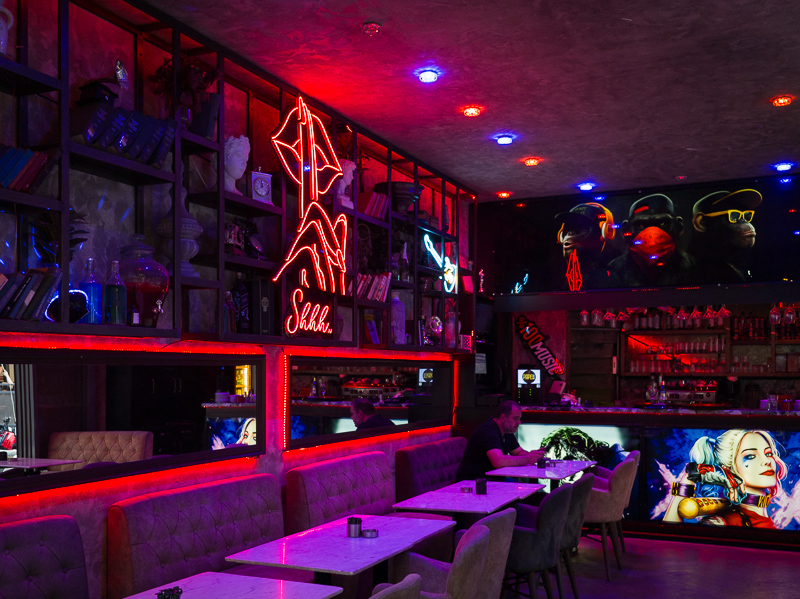
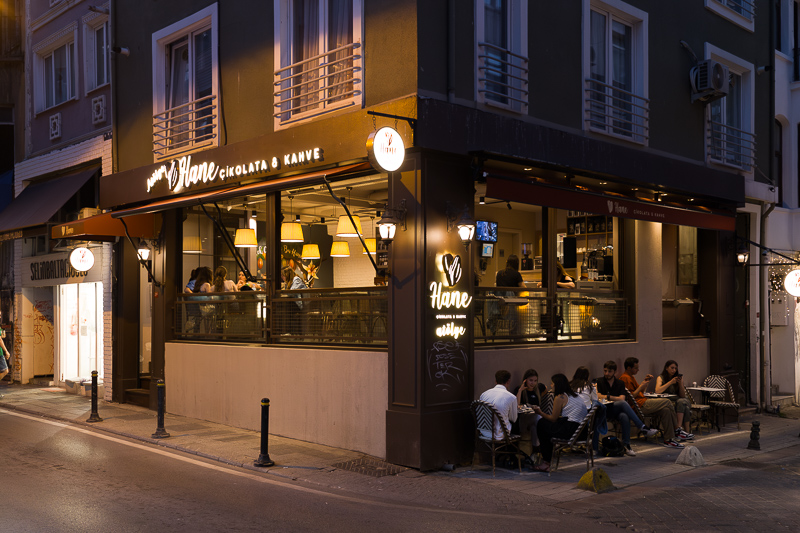
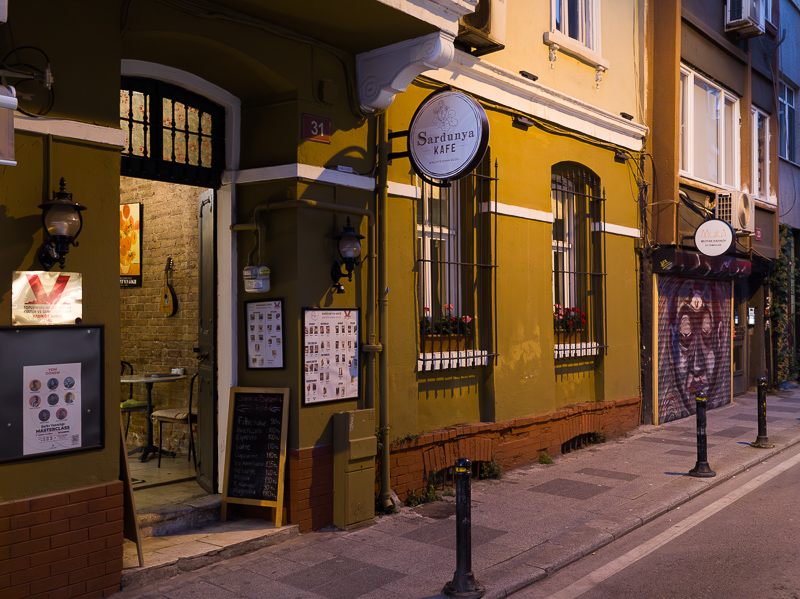
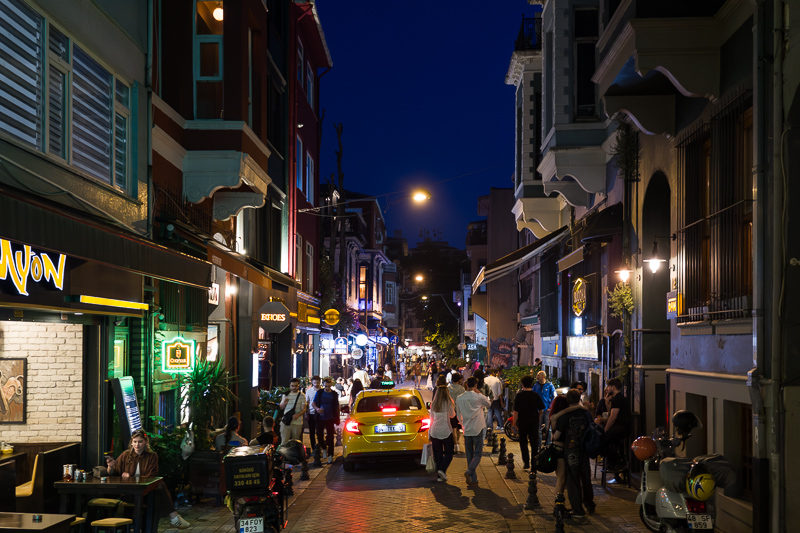
85mm
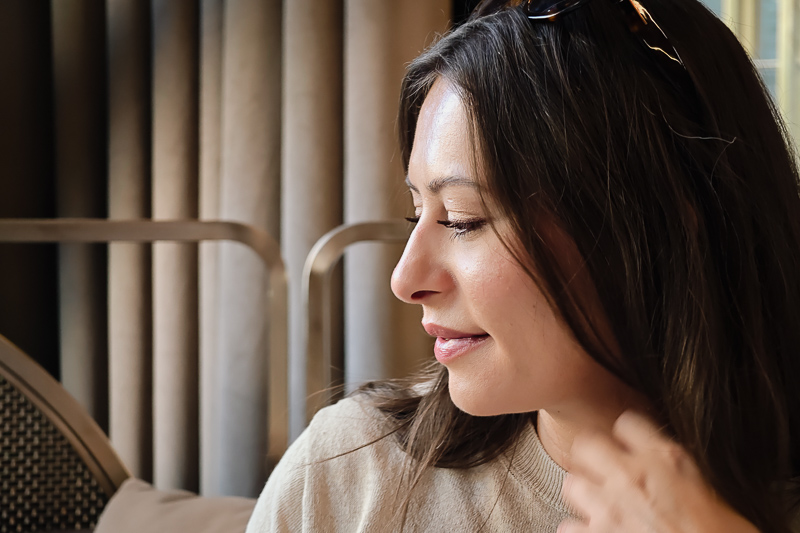
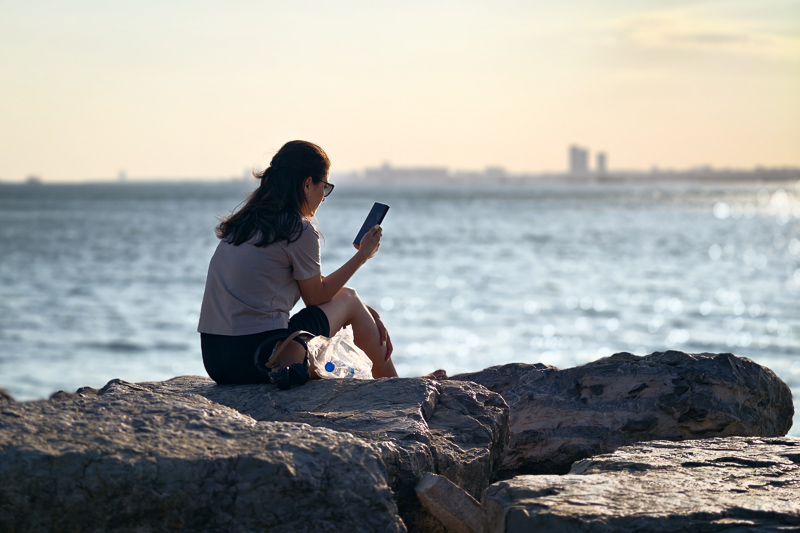
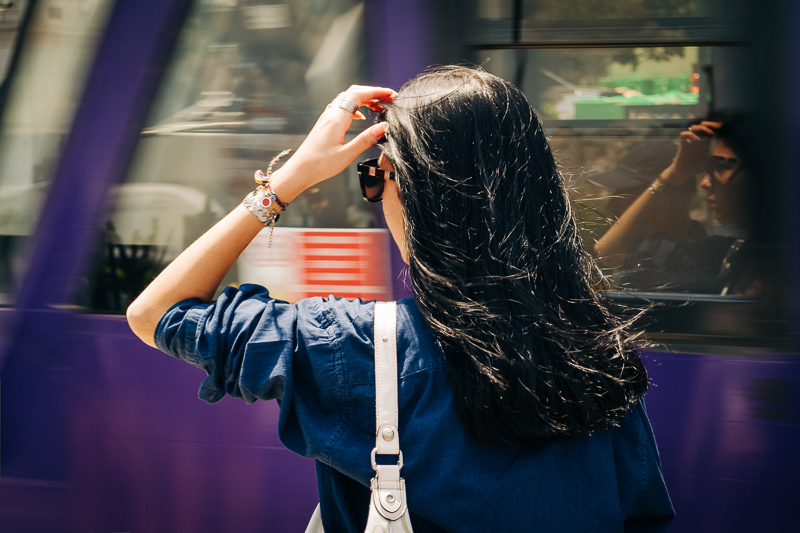

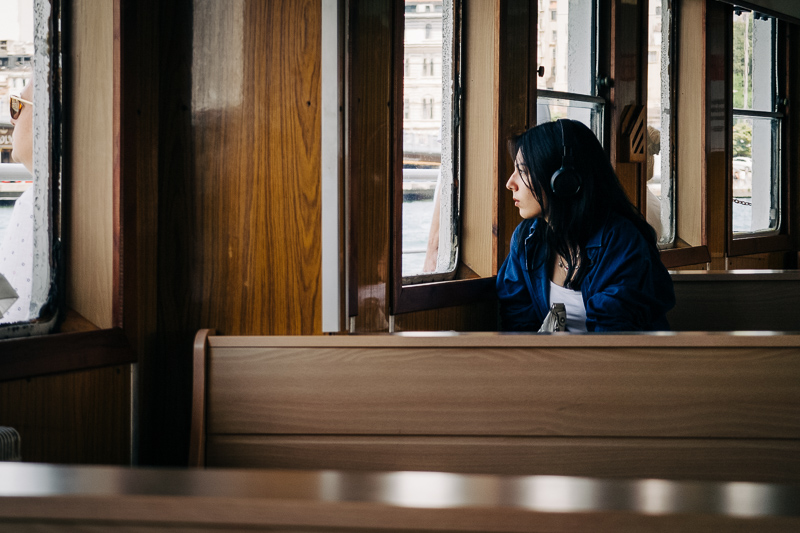
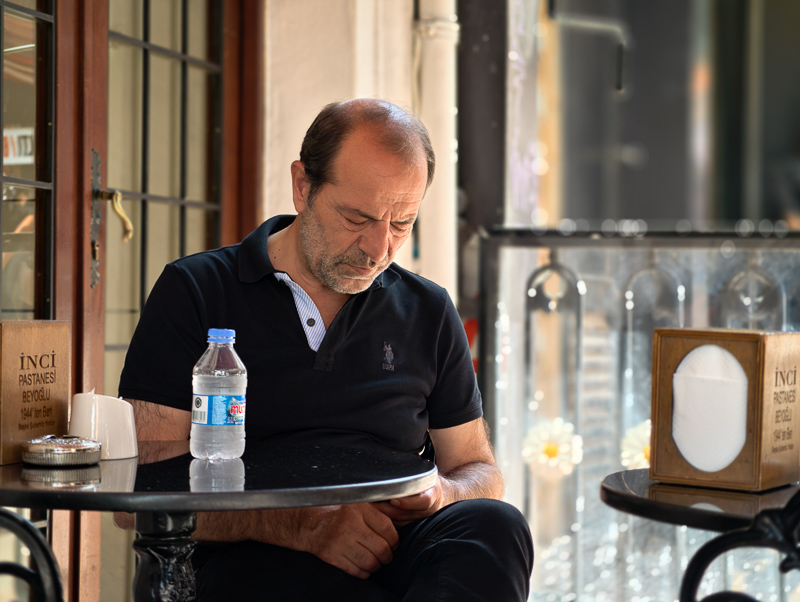
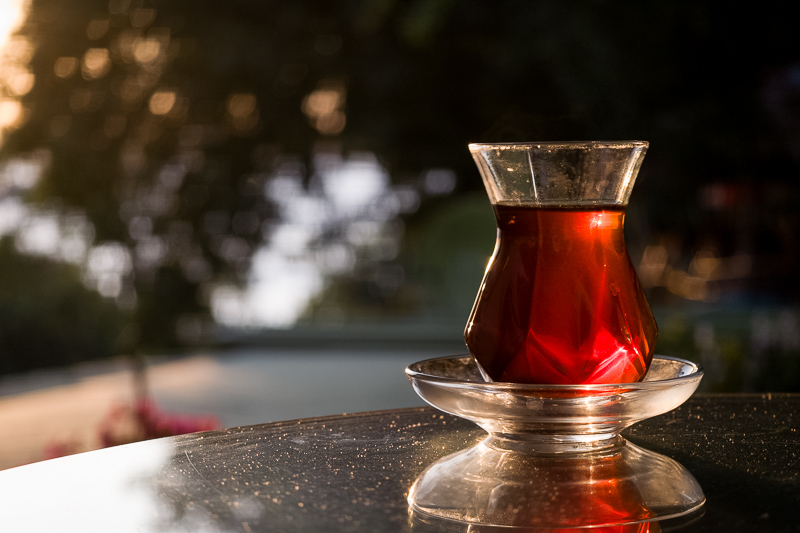
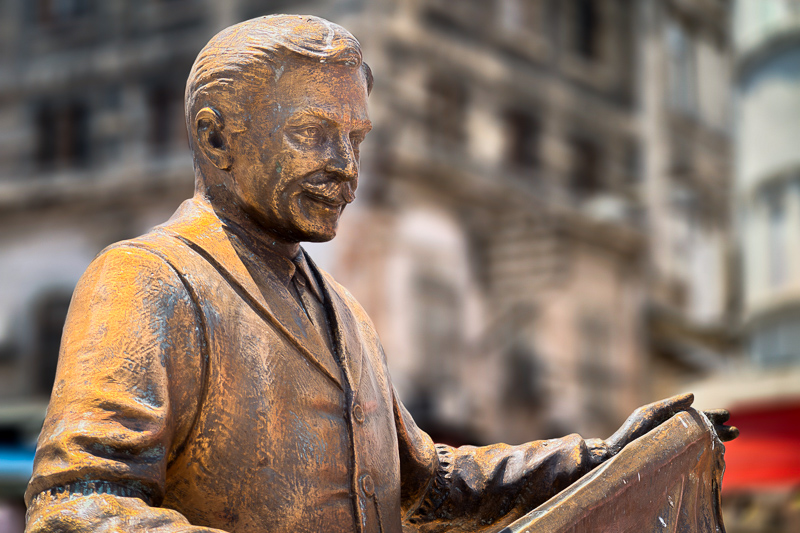
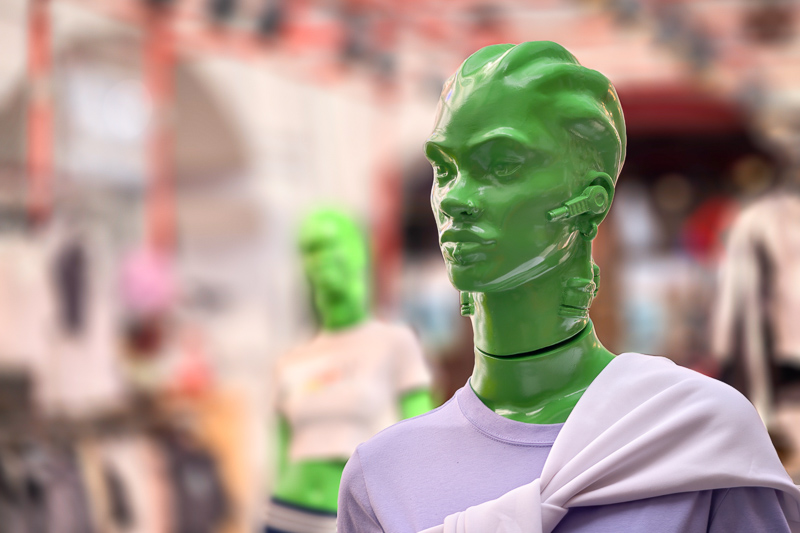
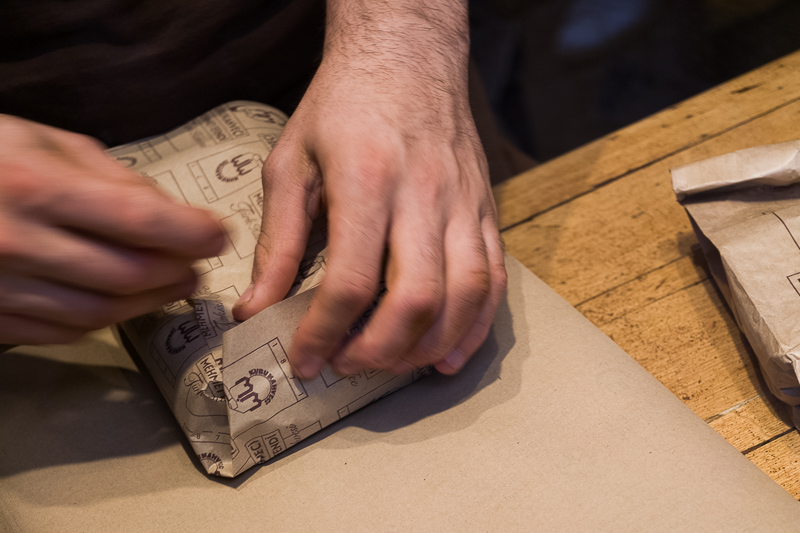
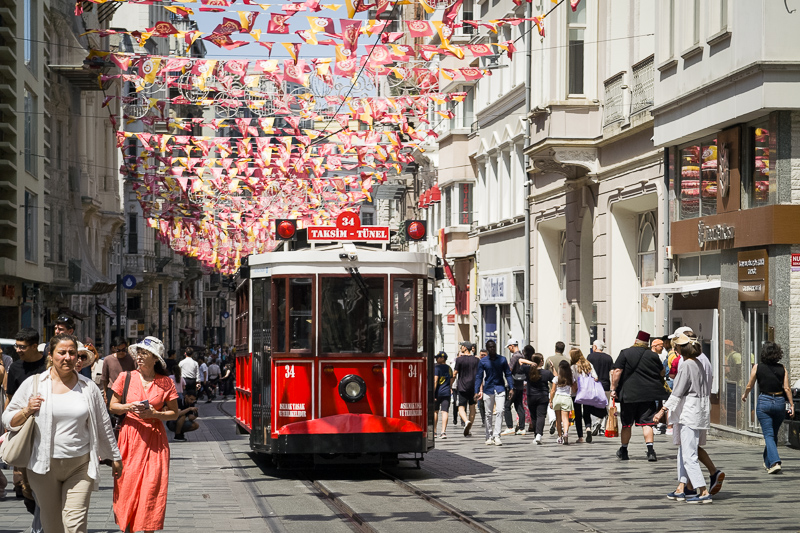
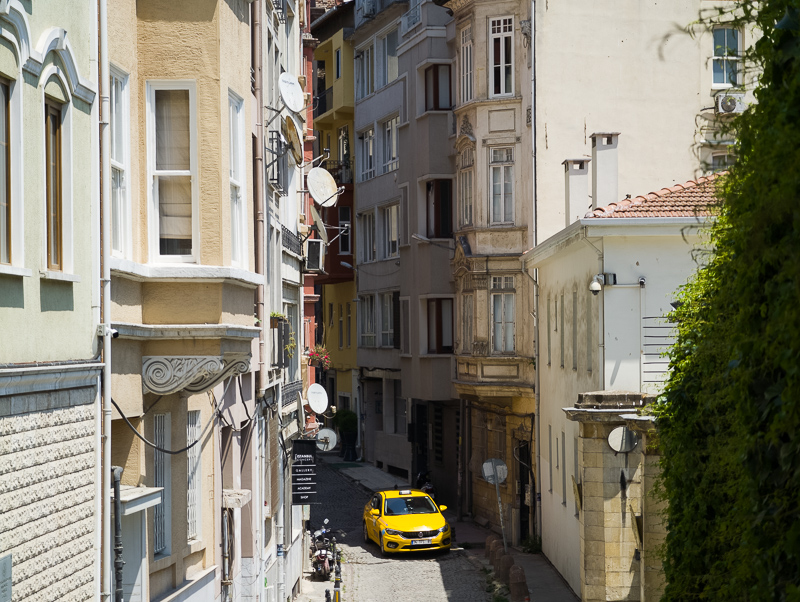

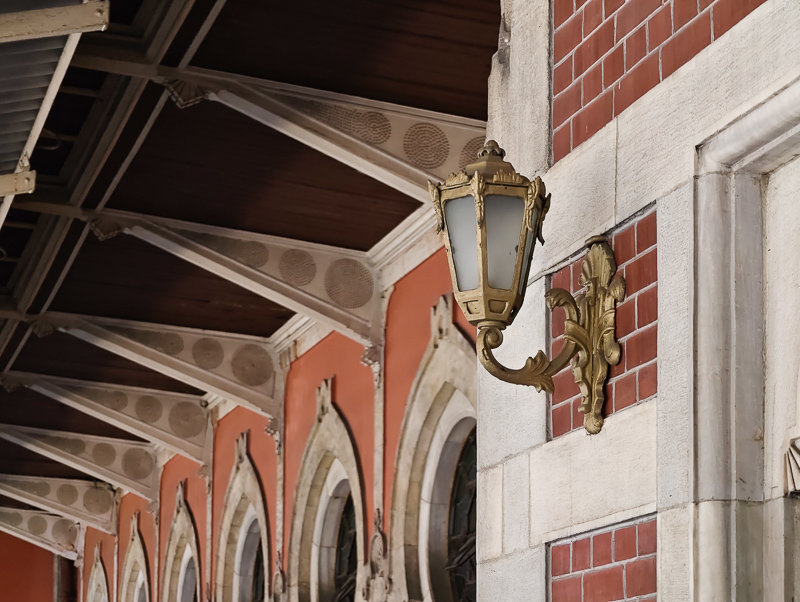
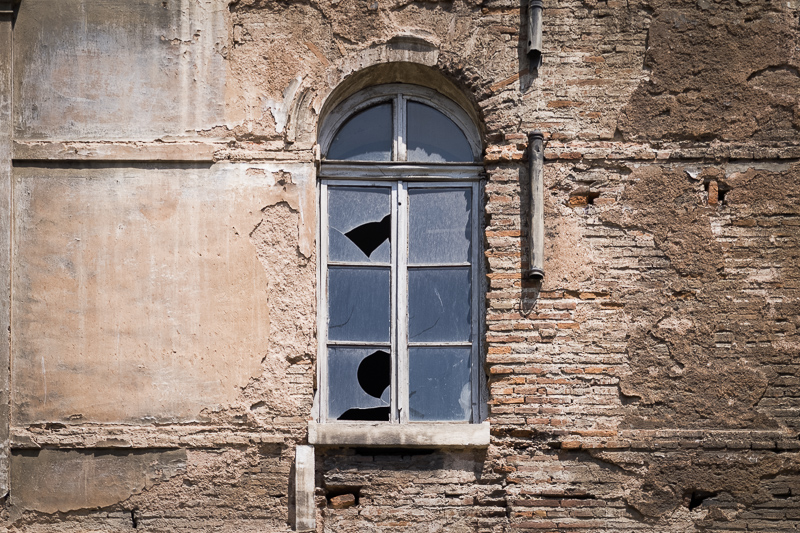
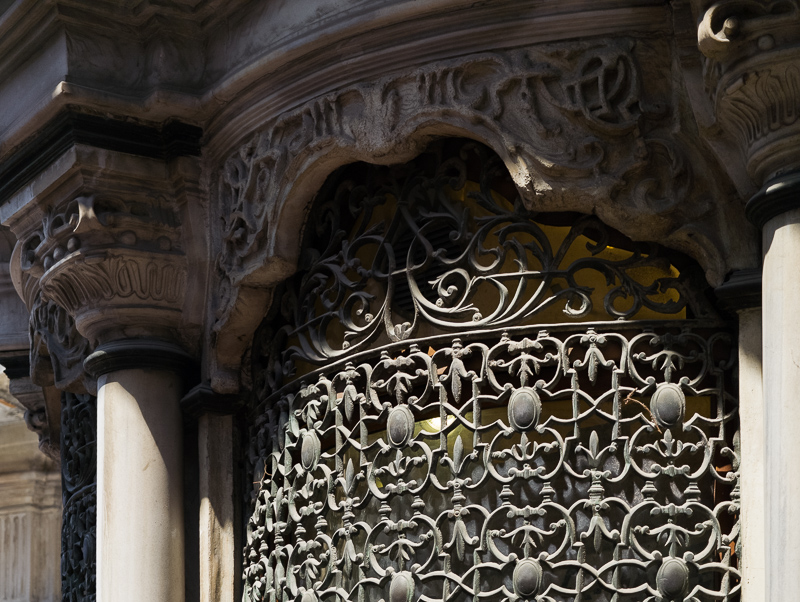
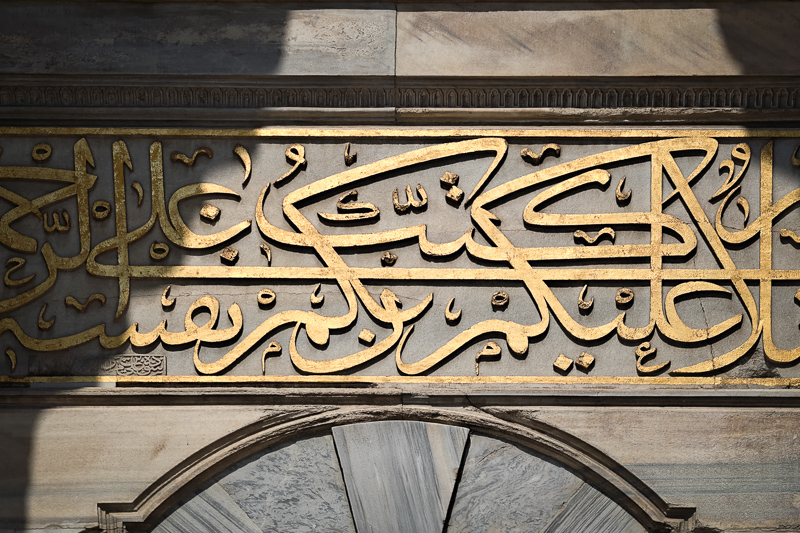
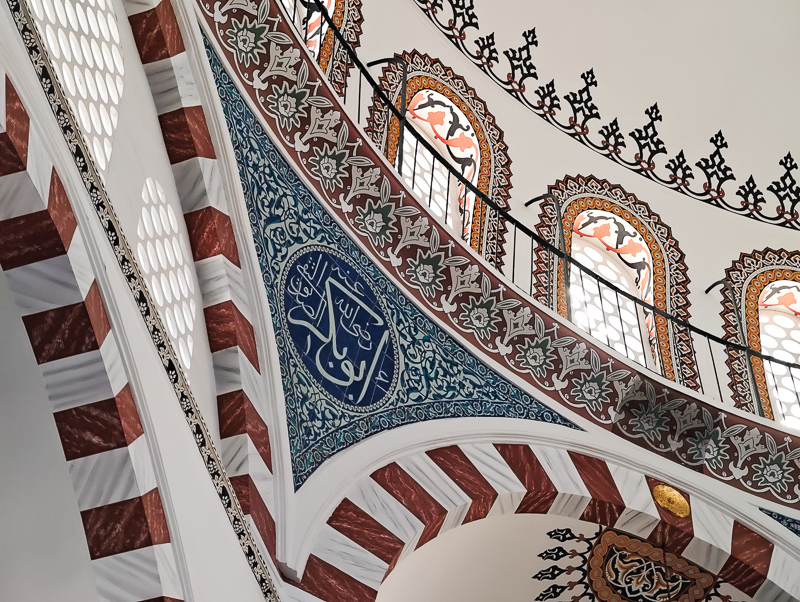

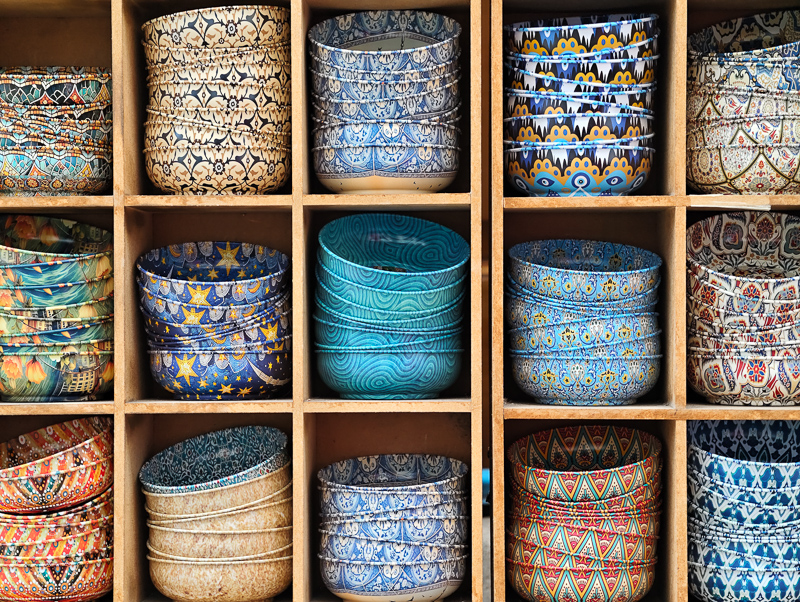
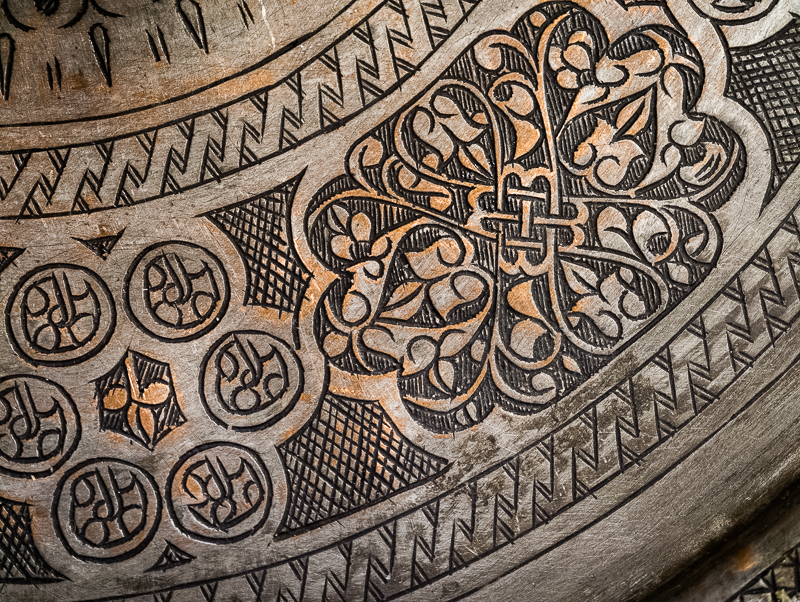
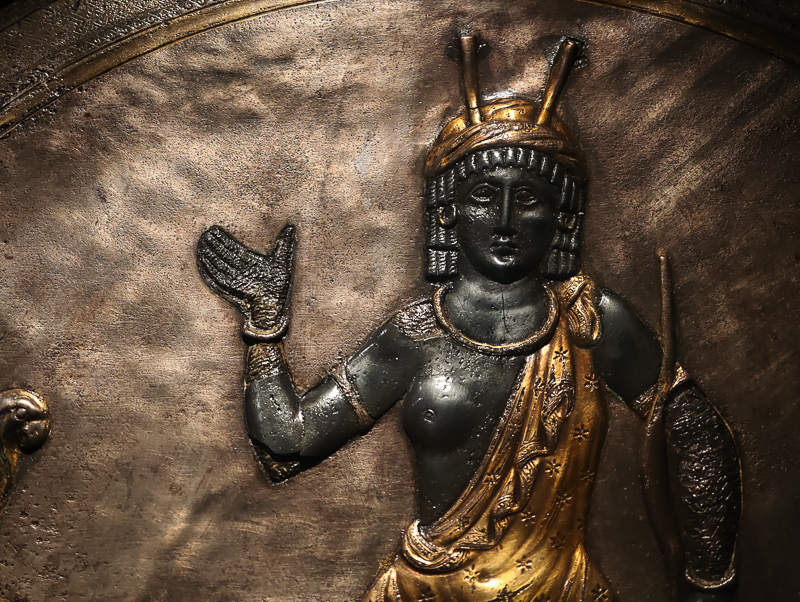
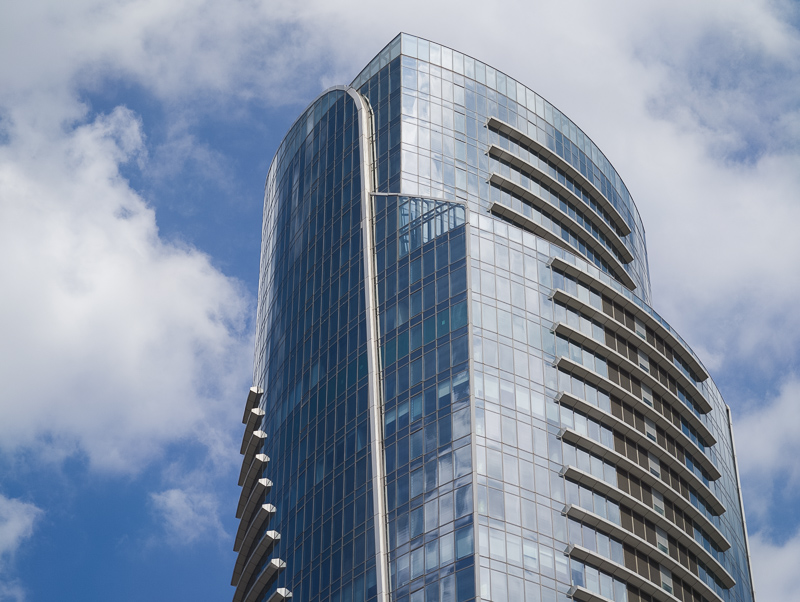
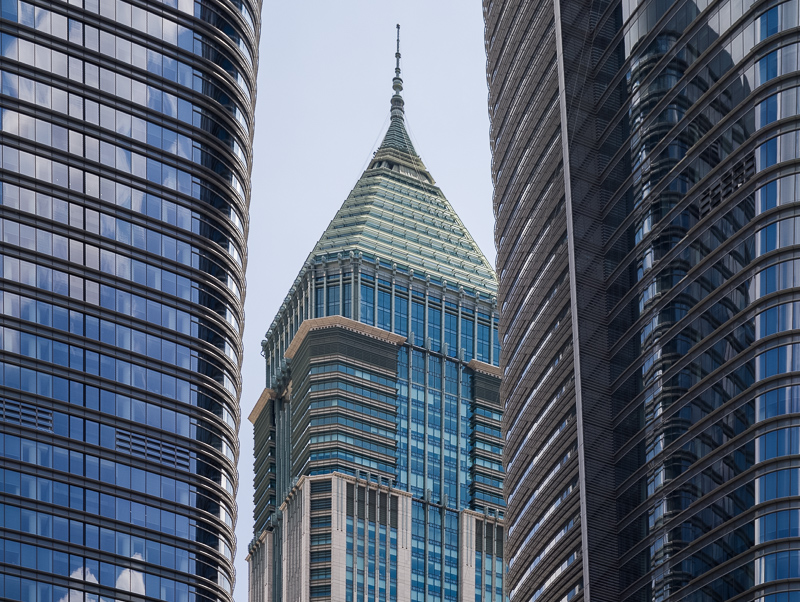
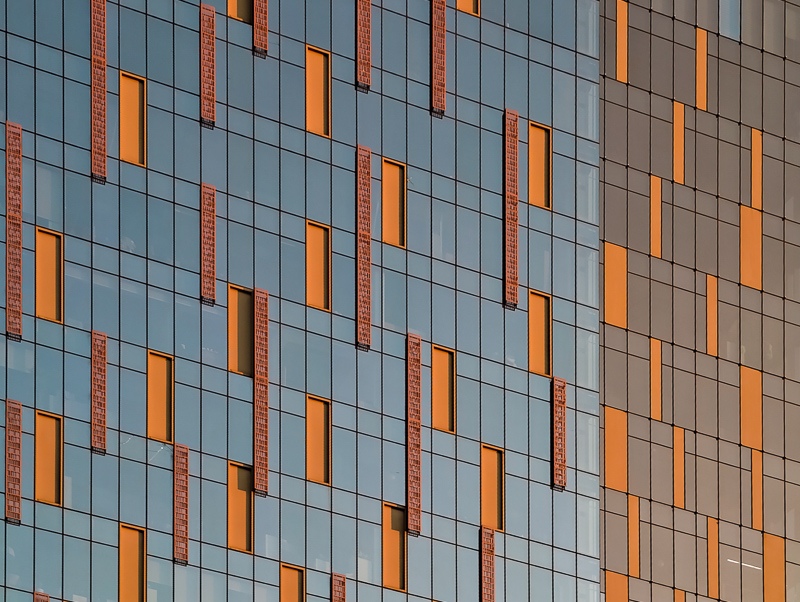
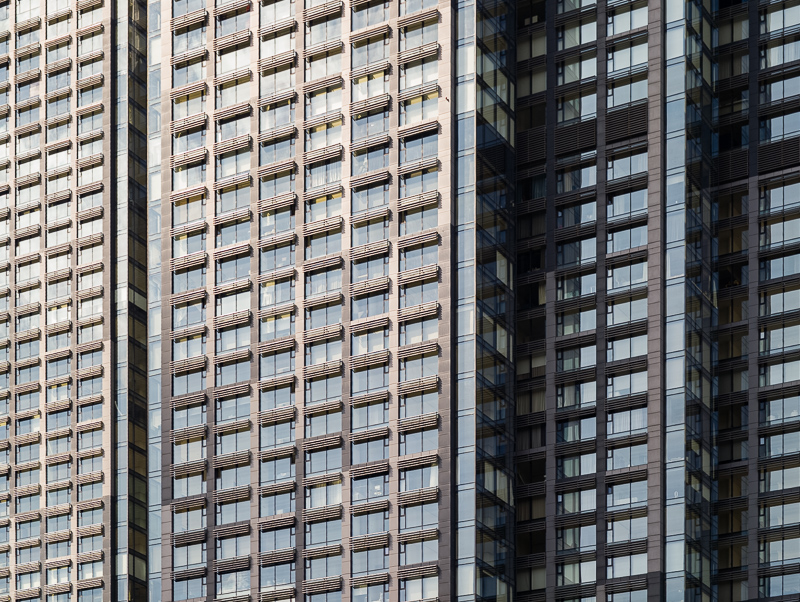
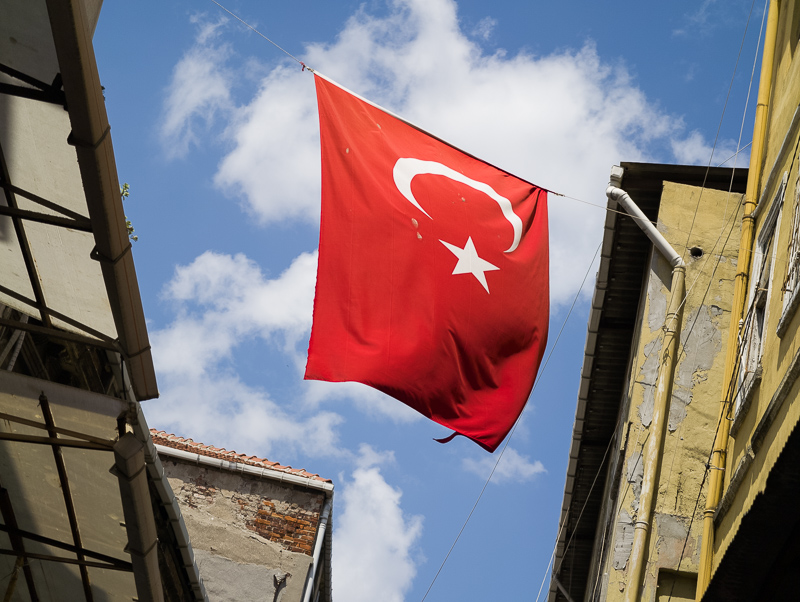
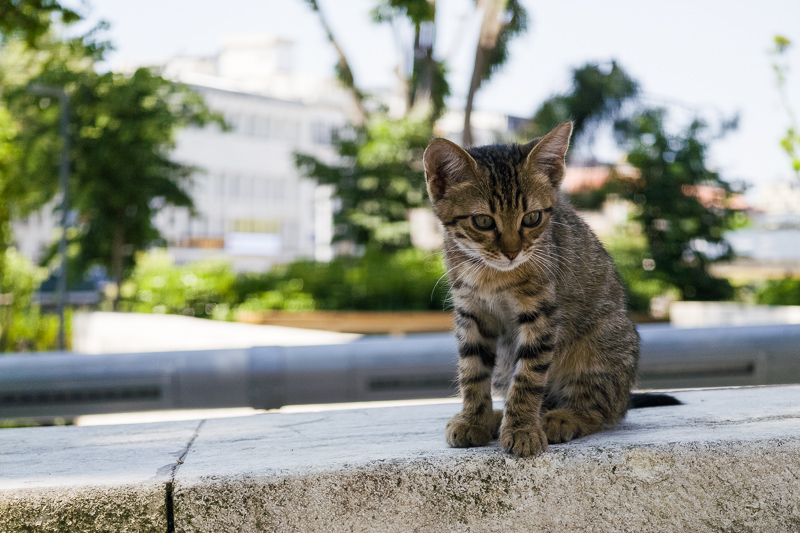
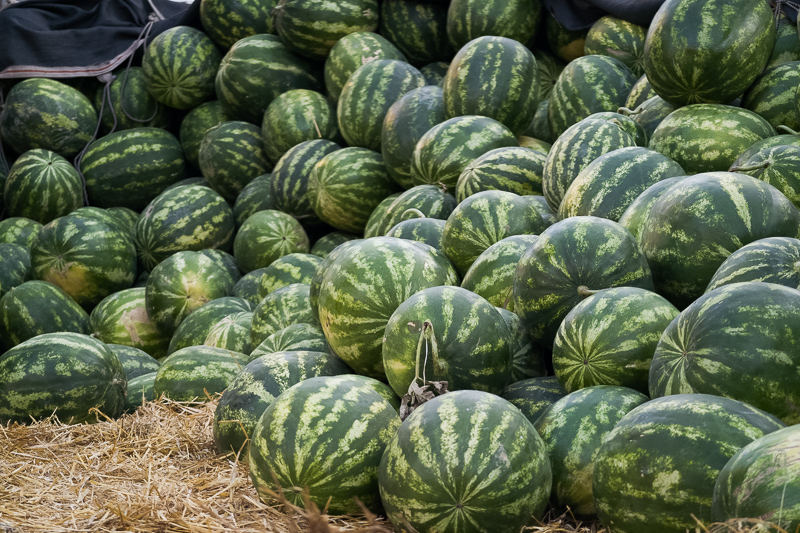
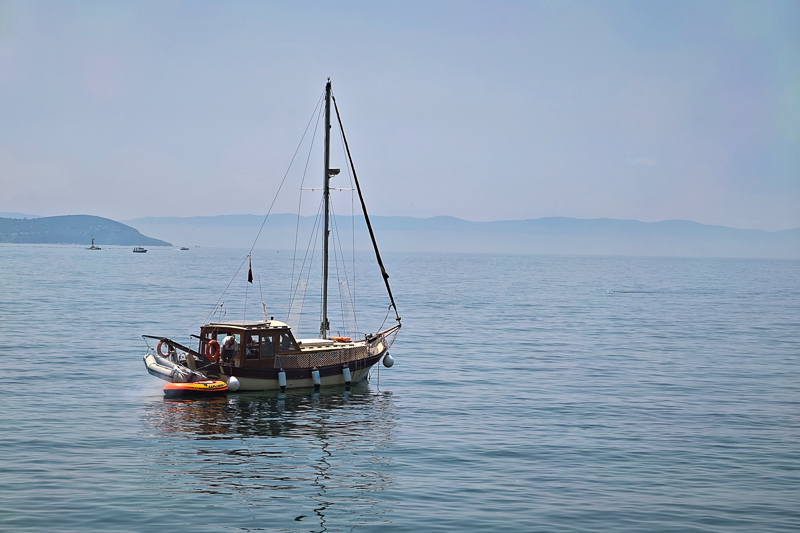

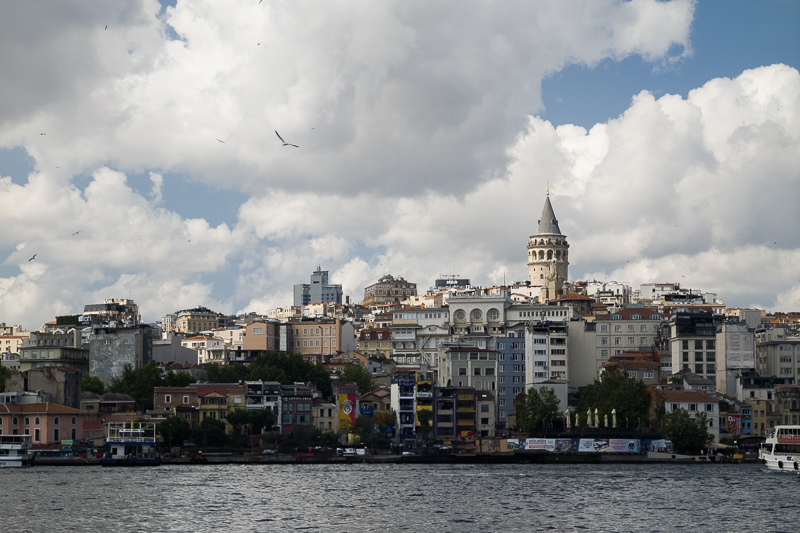
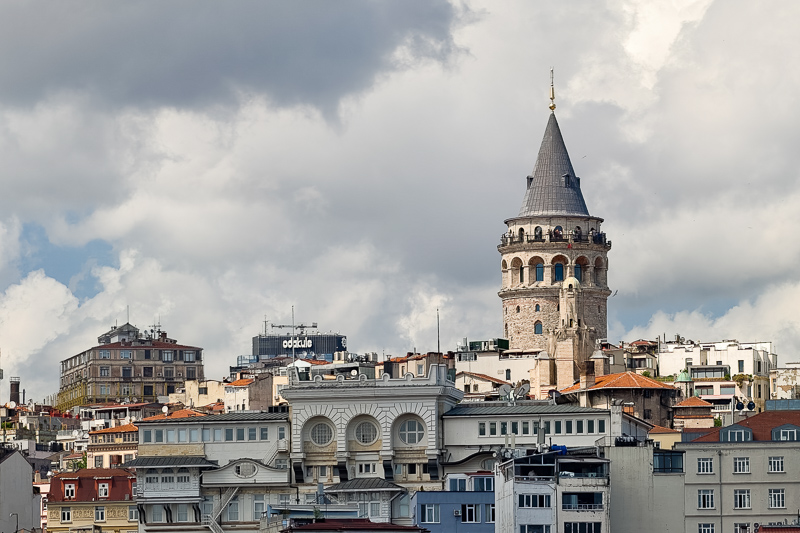
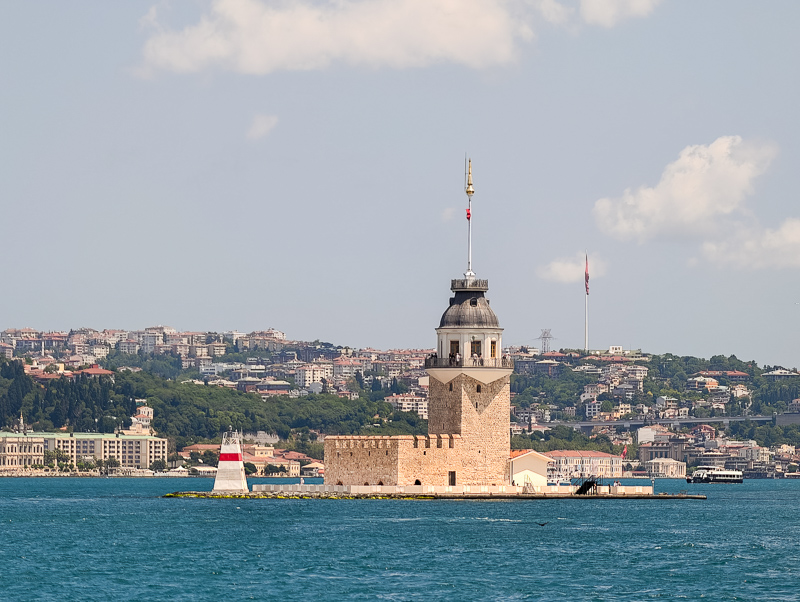
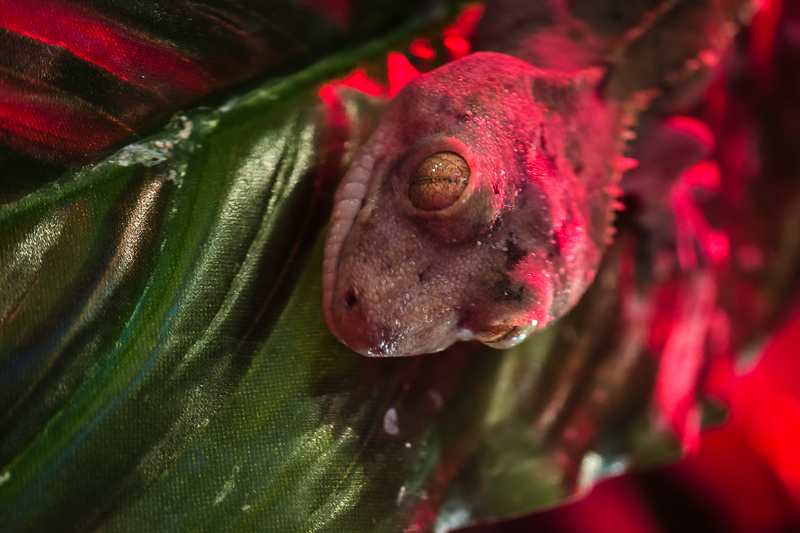
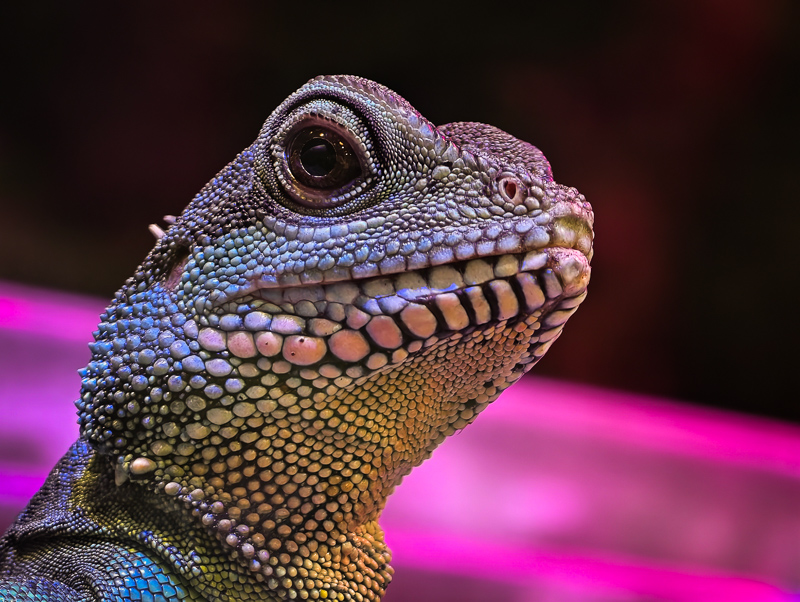
You can find many of the sample images in full resolution here.
Further Reading
- Discuss this Review on our Discord Server
- How to: Taking better Pictures
- Review: Viltrox AF 35mm 1.2 FE LAB
- Review: Nikon Z 58mm 0.95 S Noct-Nikkor
- Review: Sigma 105mm 1.4 DG HSM Art
Support Us
Did you find this article useful or just liked reading it? Treat us to a coffee!
![]()
![]()
![]() via Paypal
via Paypal
This site contains affiliate links. If you make a purchase using any of the links marked as affiliate links, I may receive a small commission at no additional cost to you. This helps support the creation of future content.
Latest posts by BastianK (see all)
- Review: Thypoch 21mm 1.4 Simera - July 12, 2025
- Review: SLRmagic 50mm 0.95 Hyperprime LM - July 5, 2025
- Full Resolution Pictures getting fixed - July 4, 2025
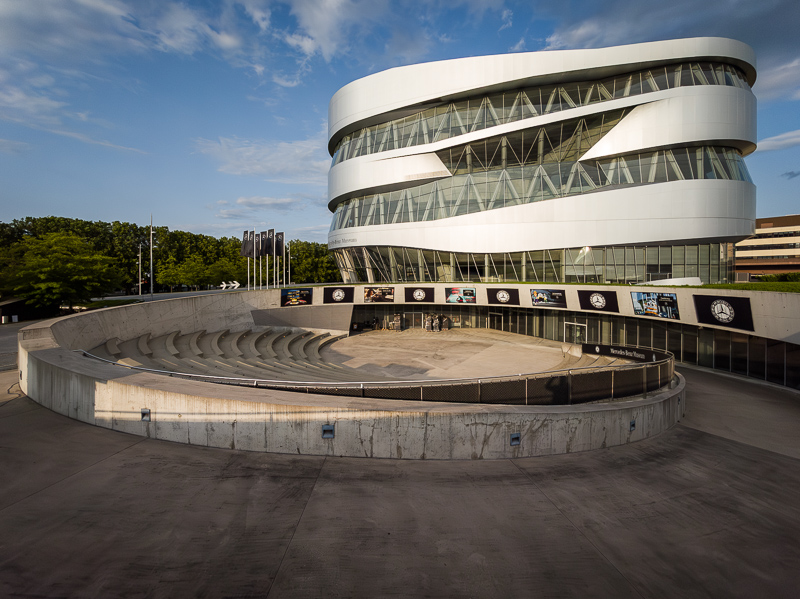
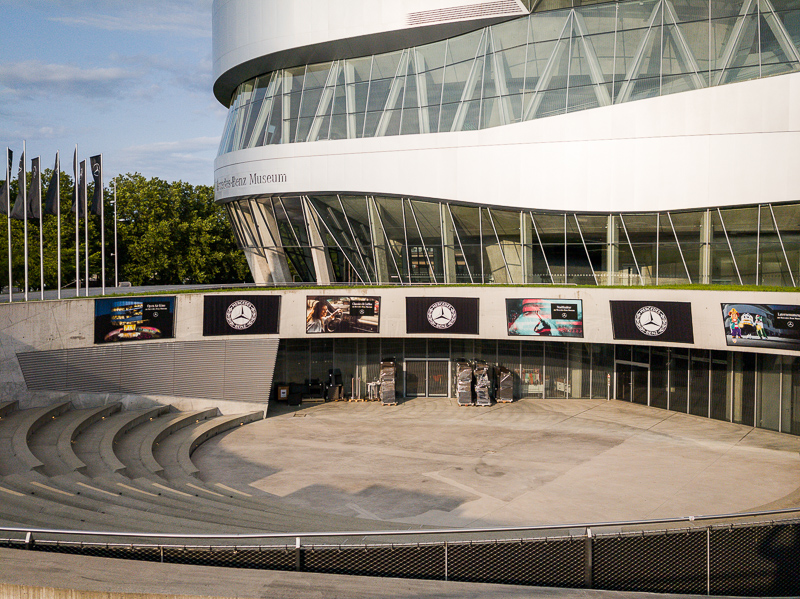
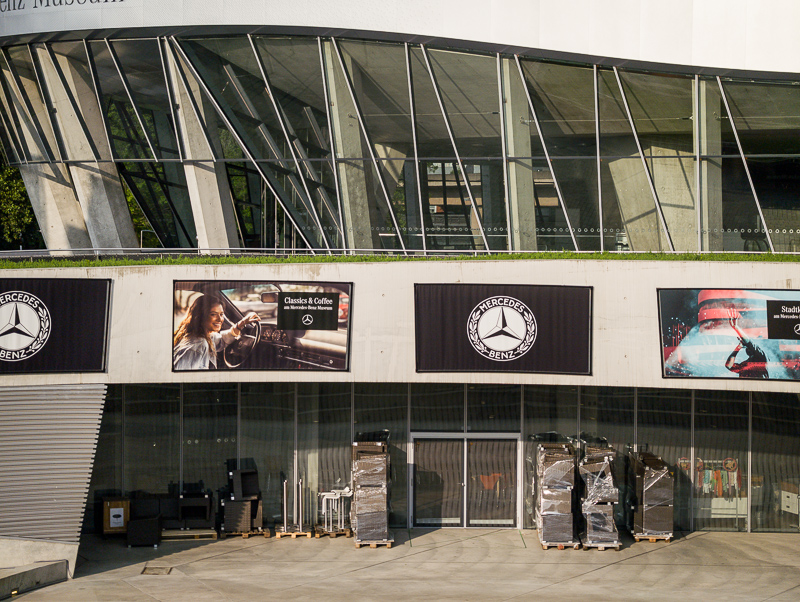
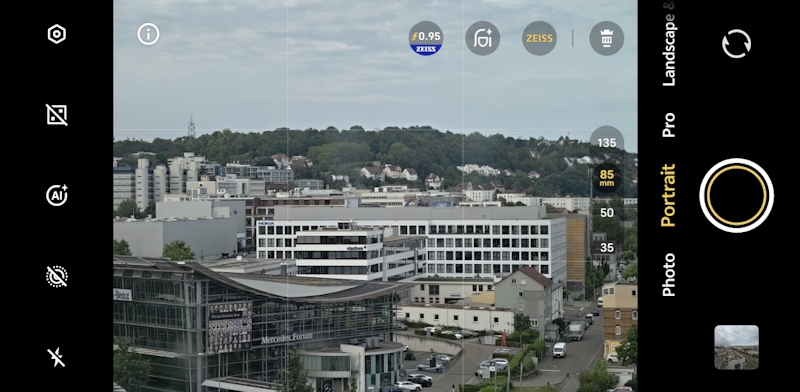
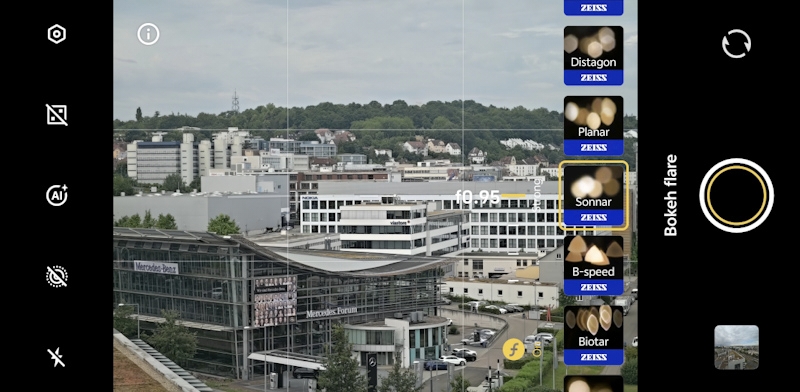
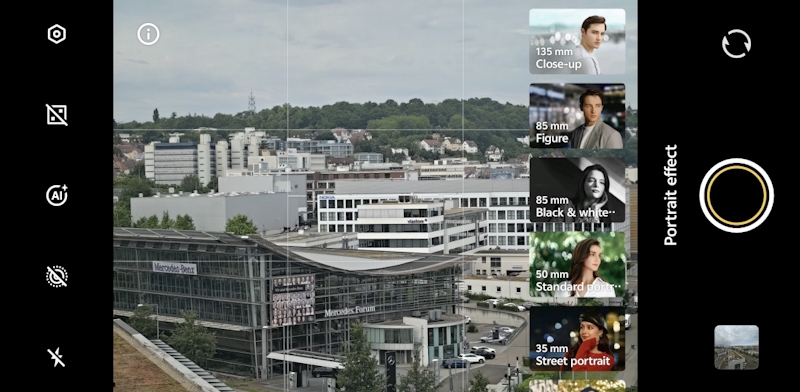


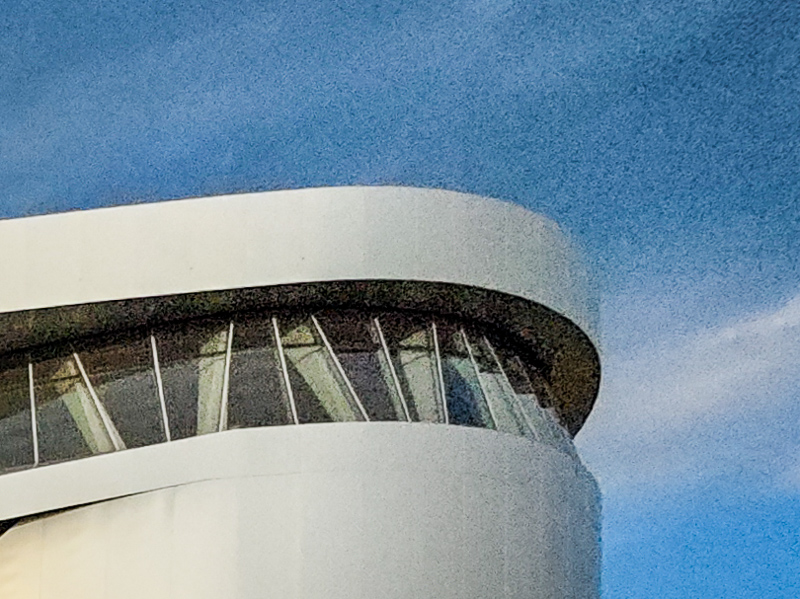
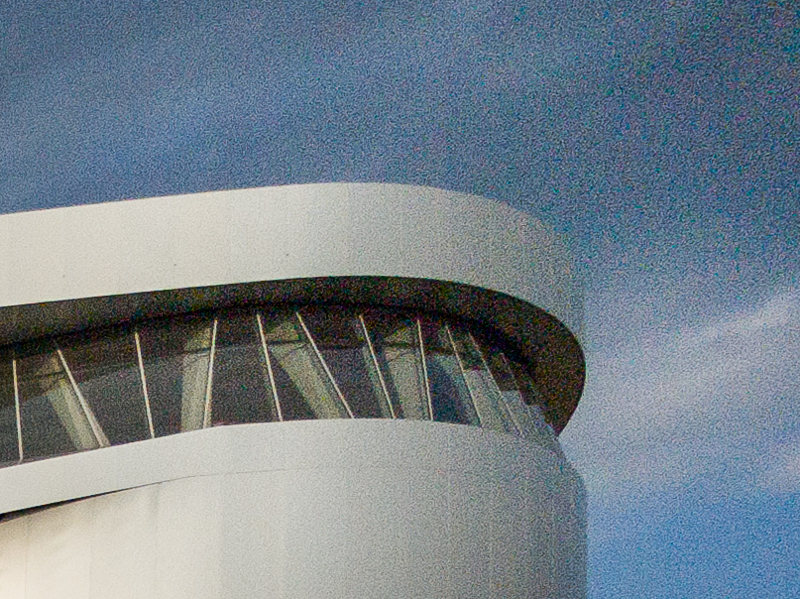
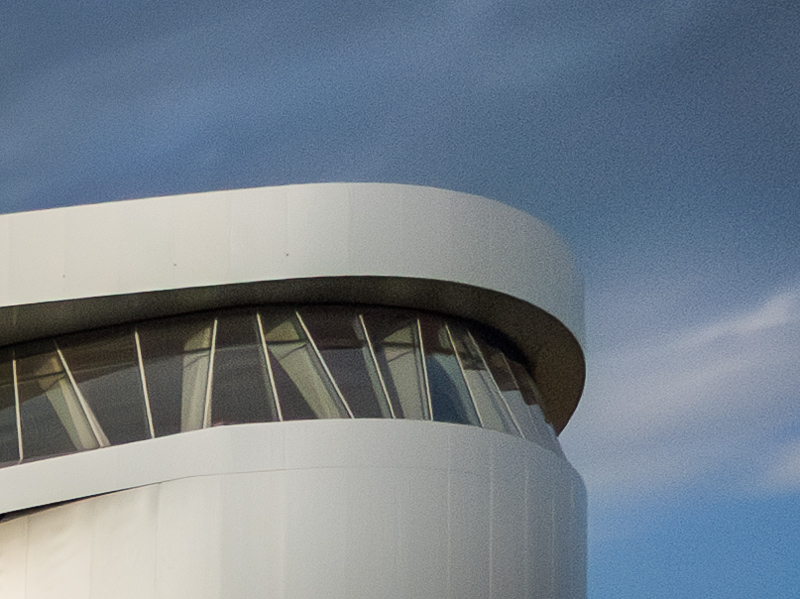
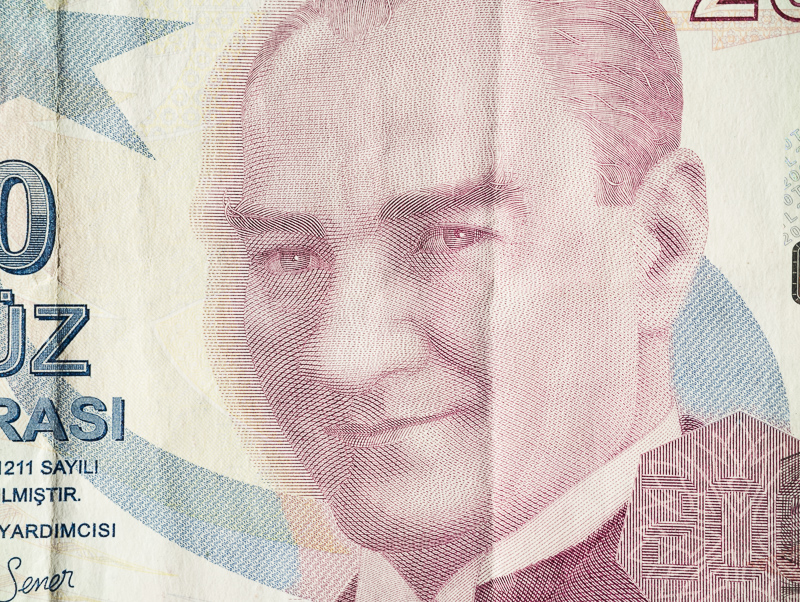
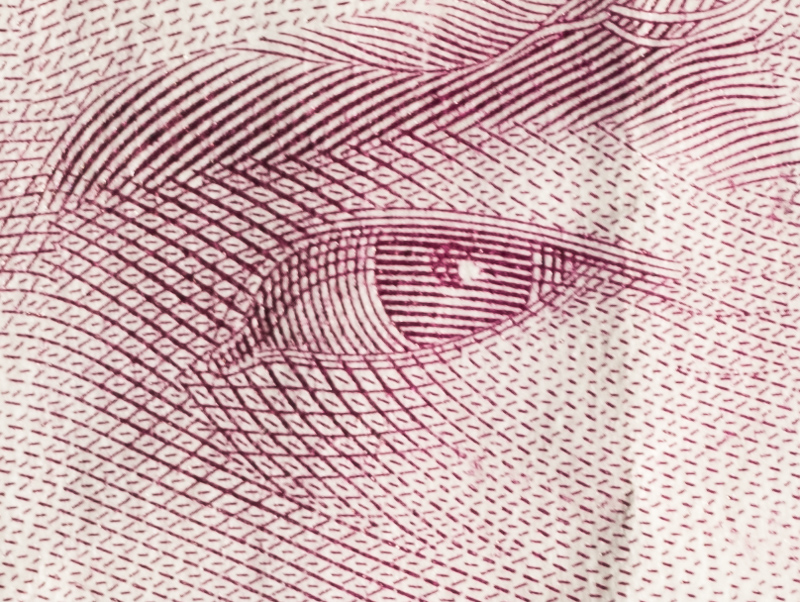
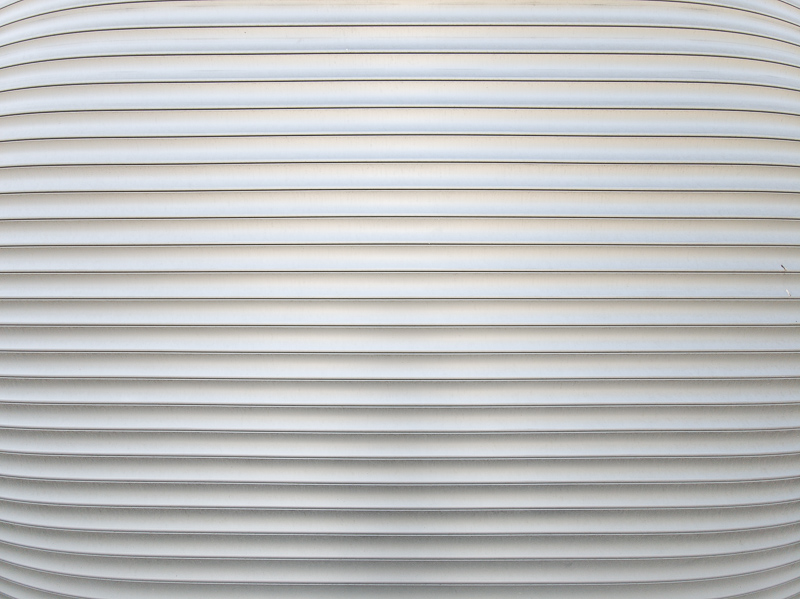
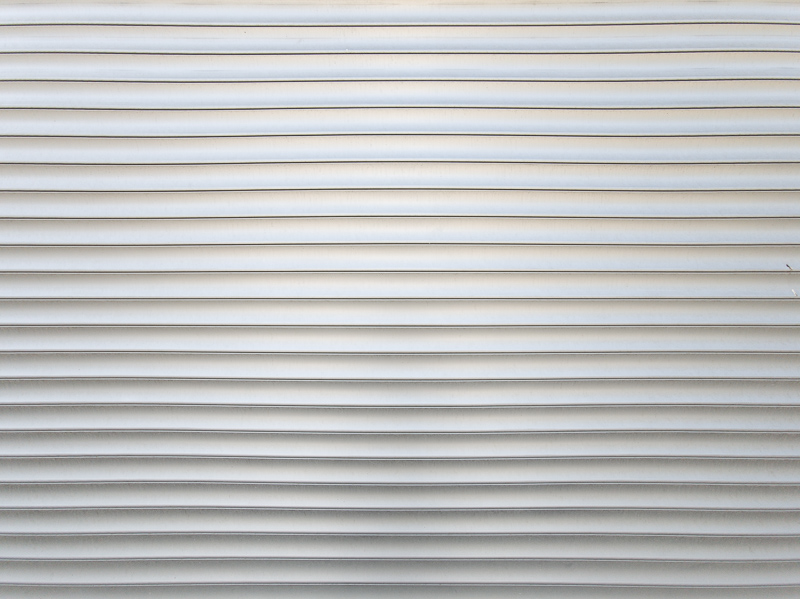
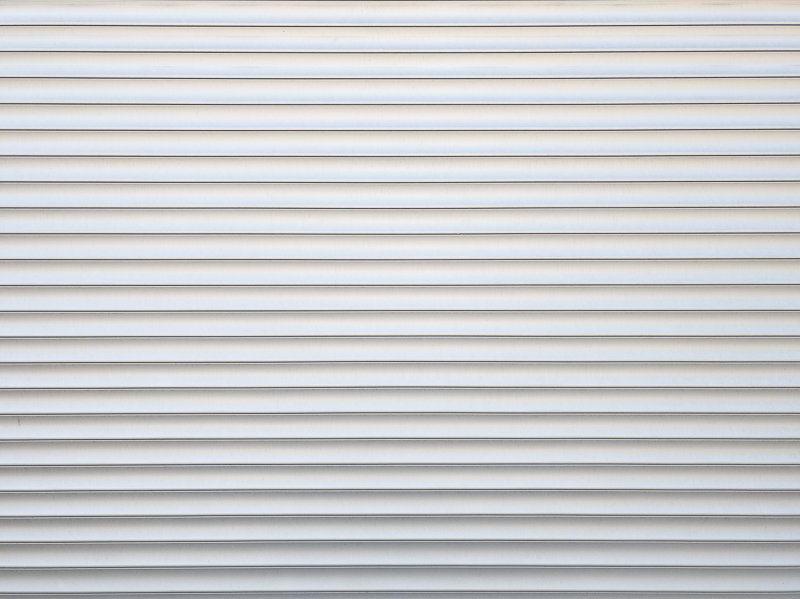
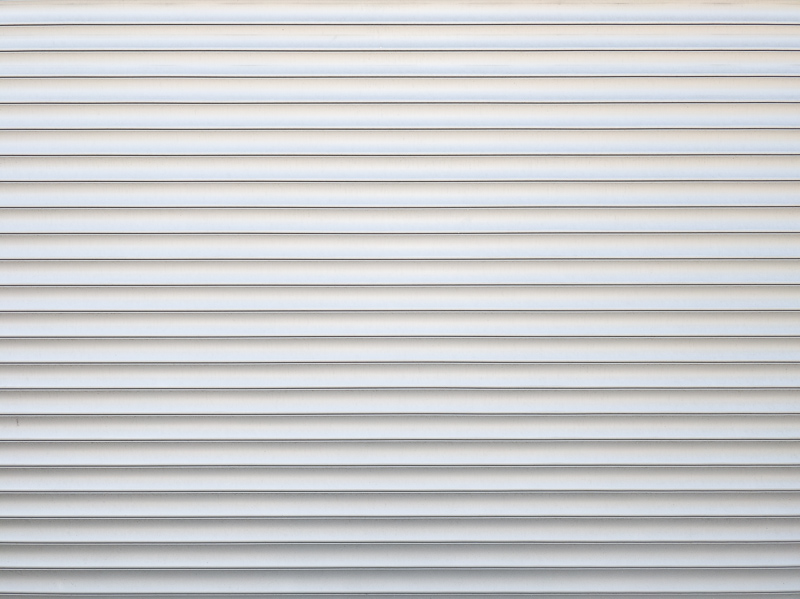
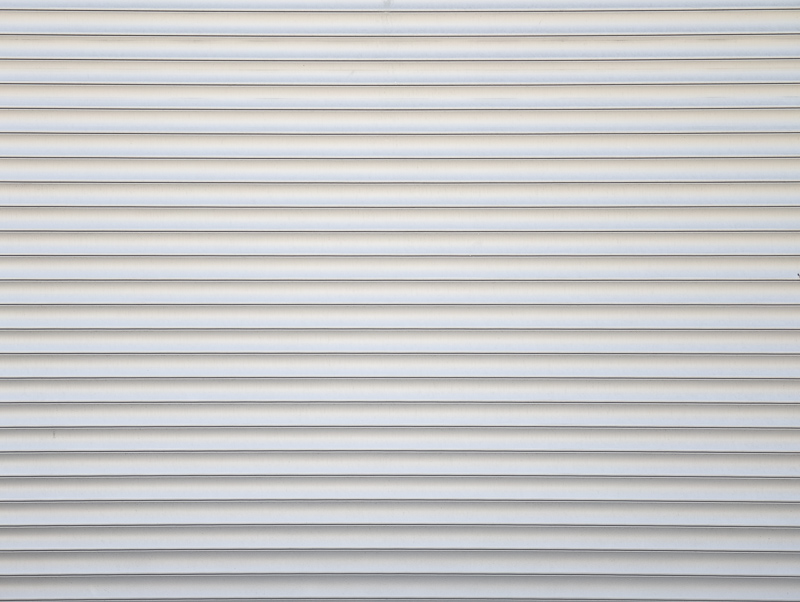
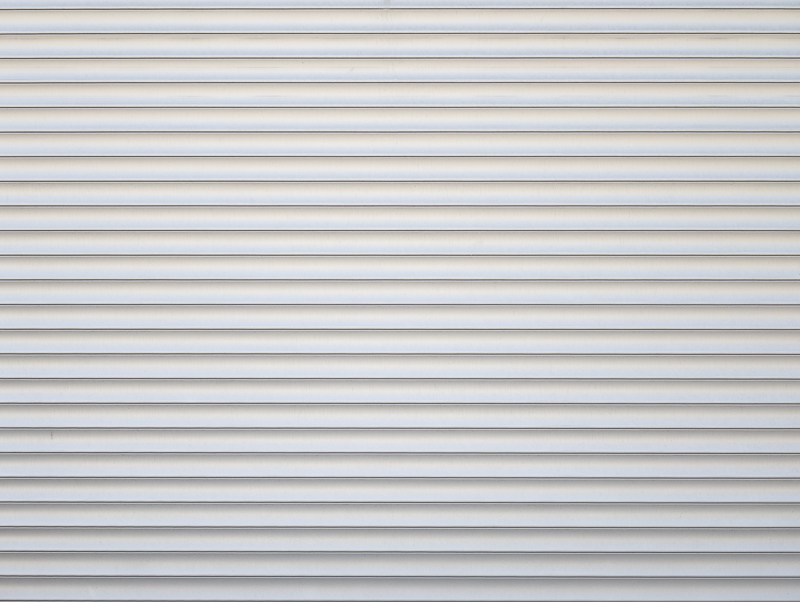
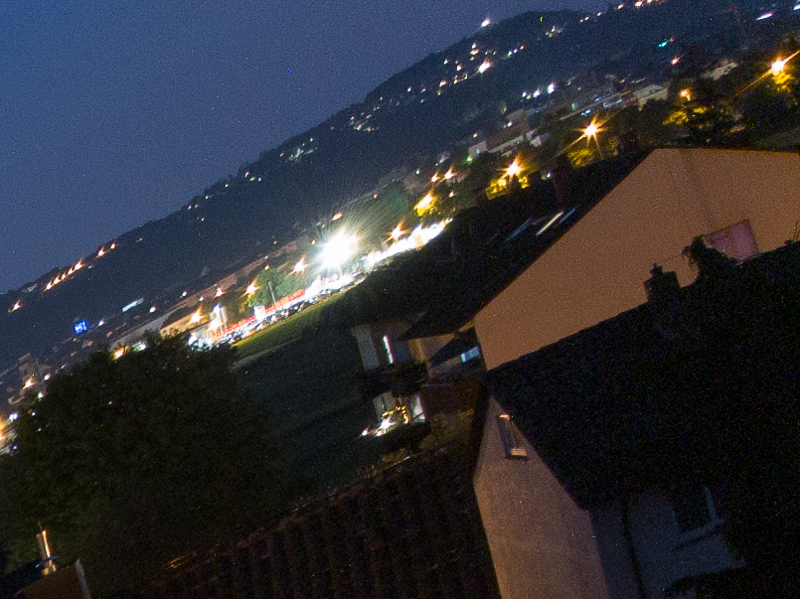
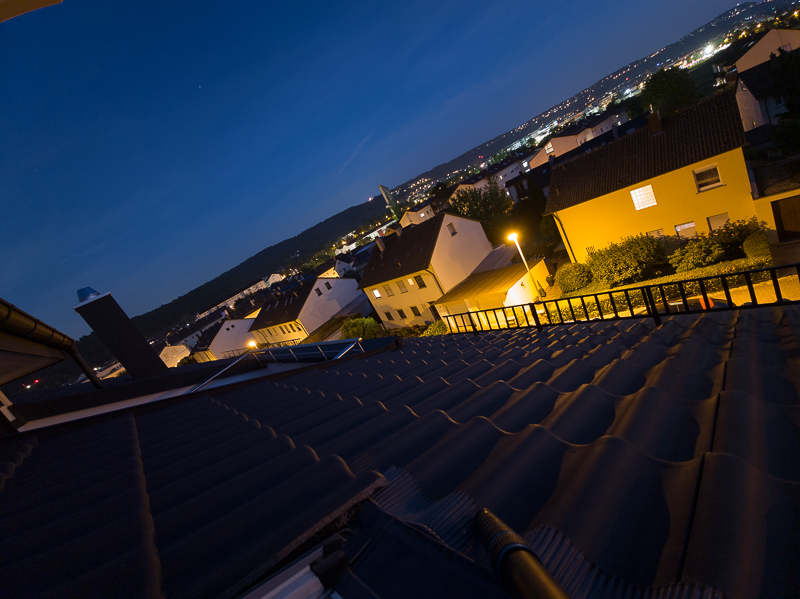
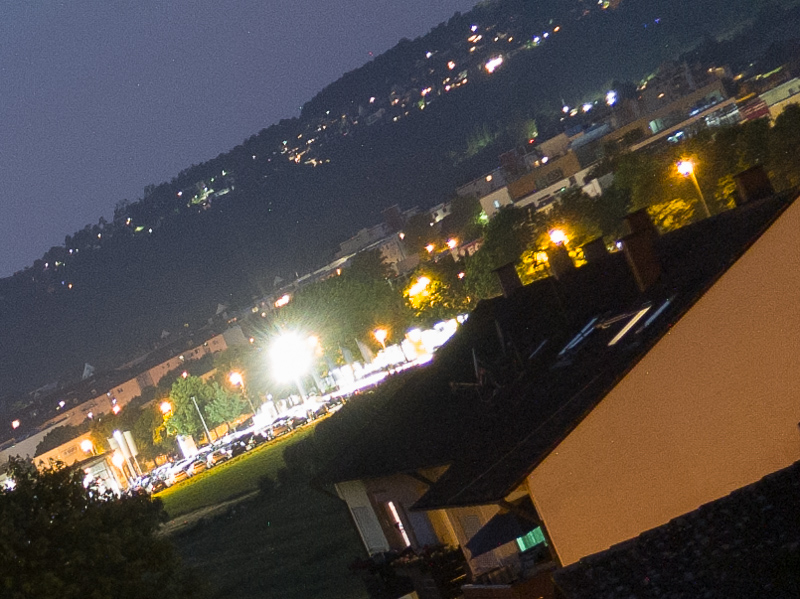
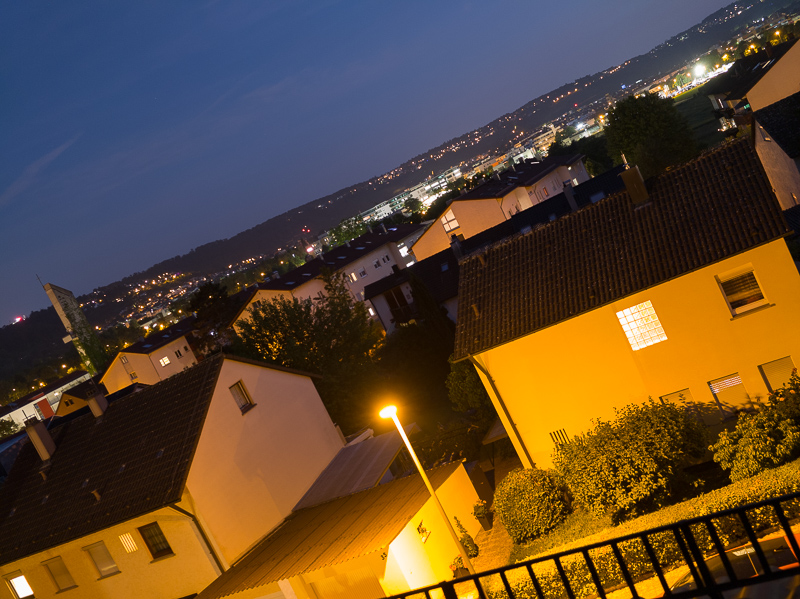
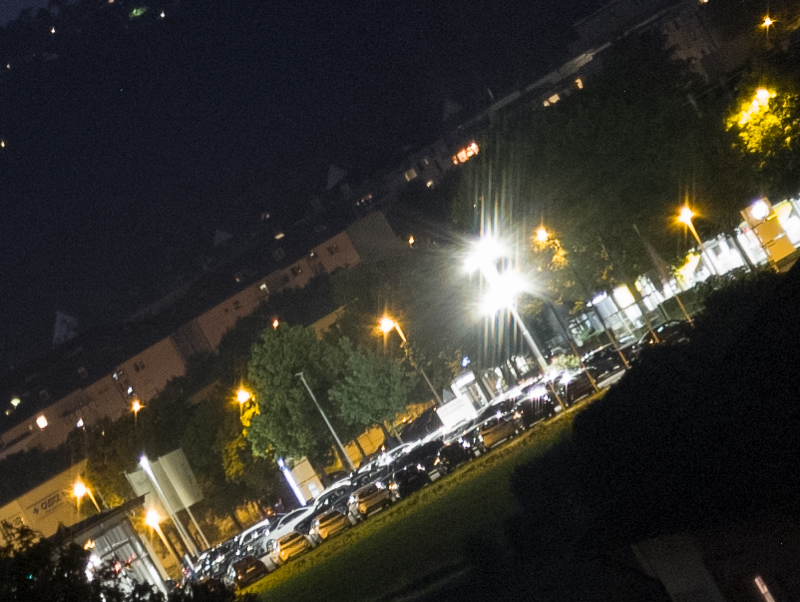
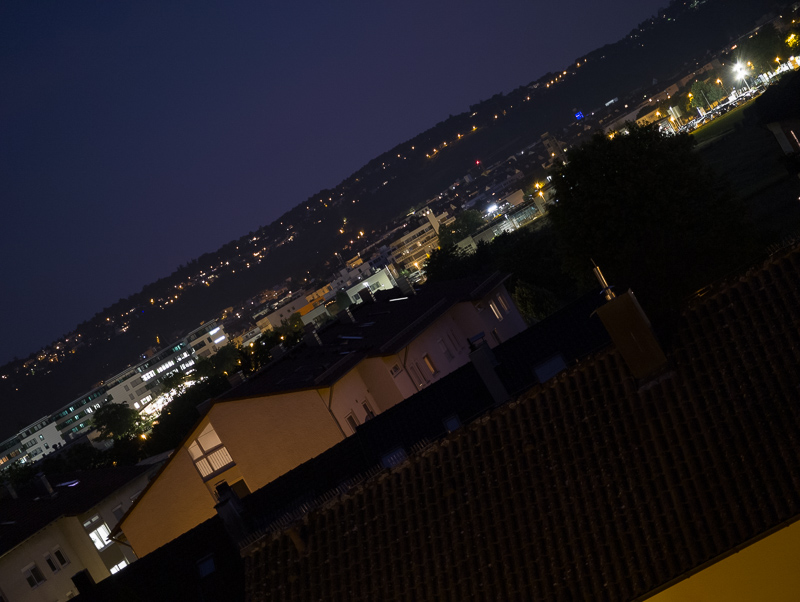
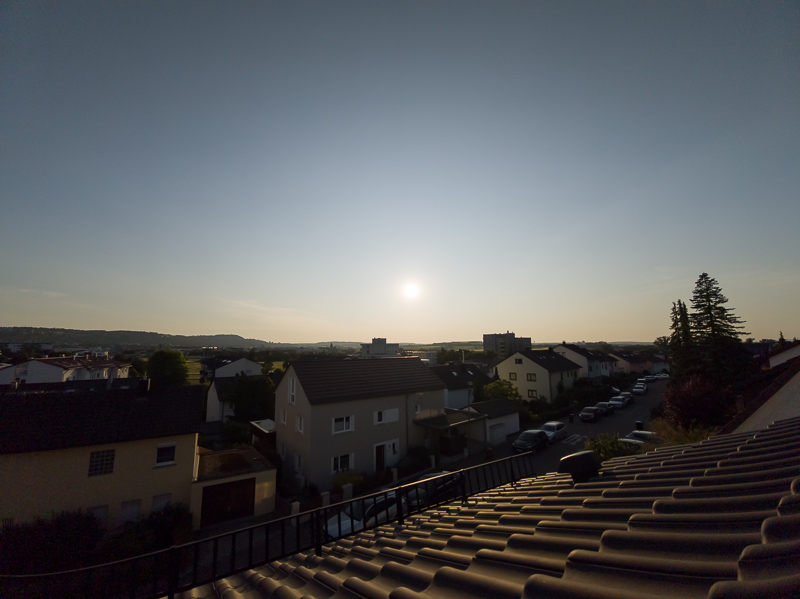
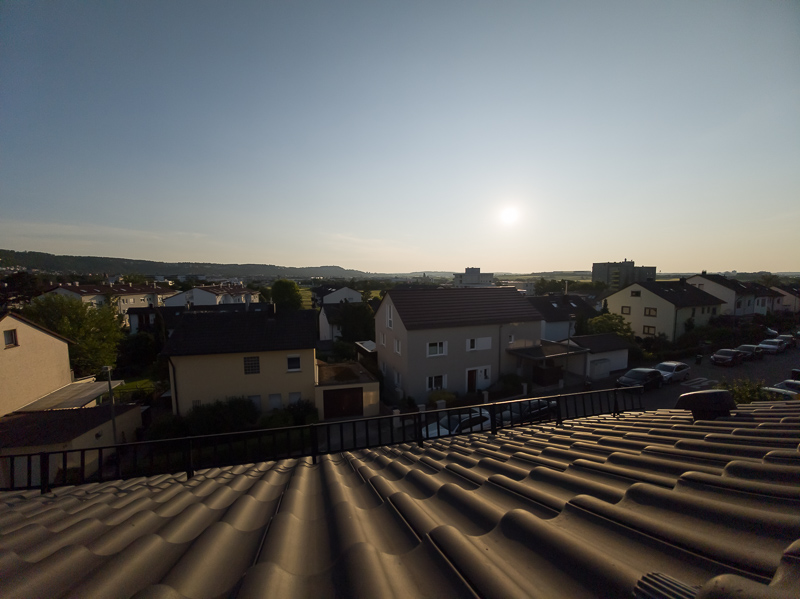
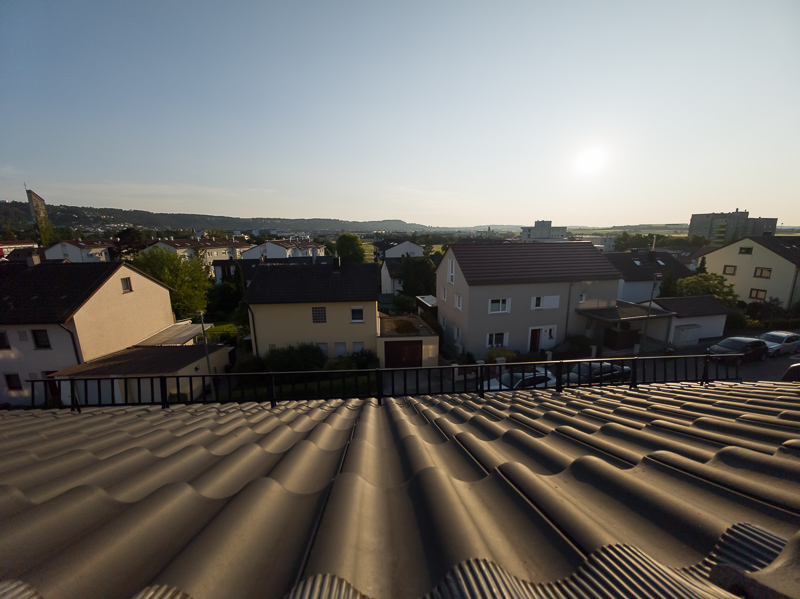
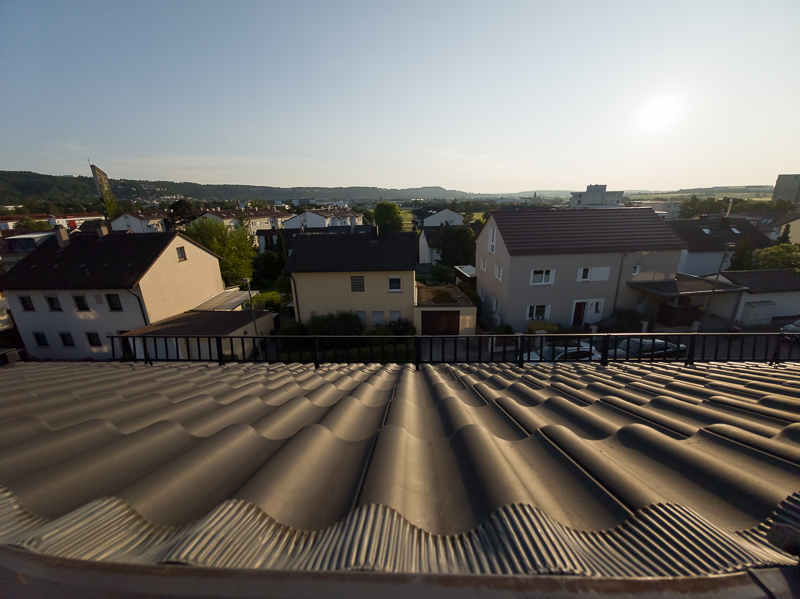
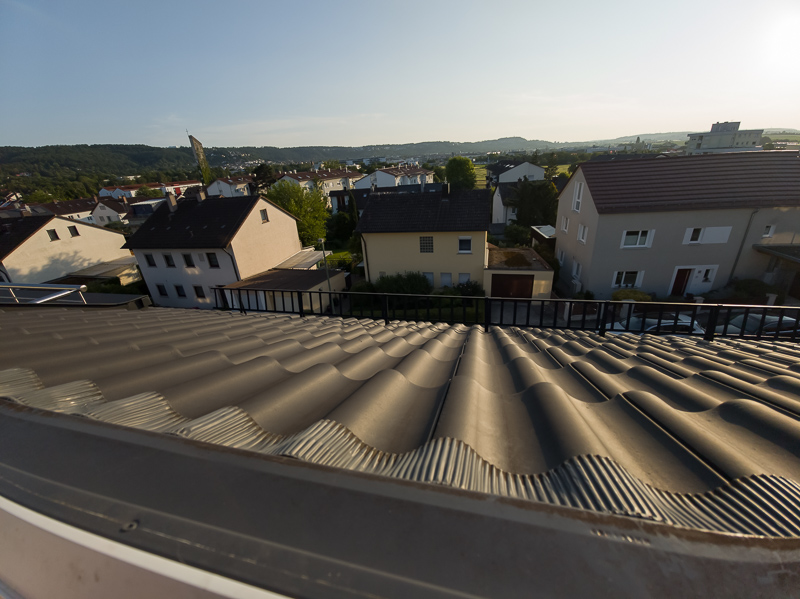
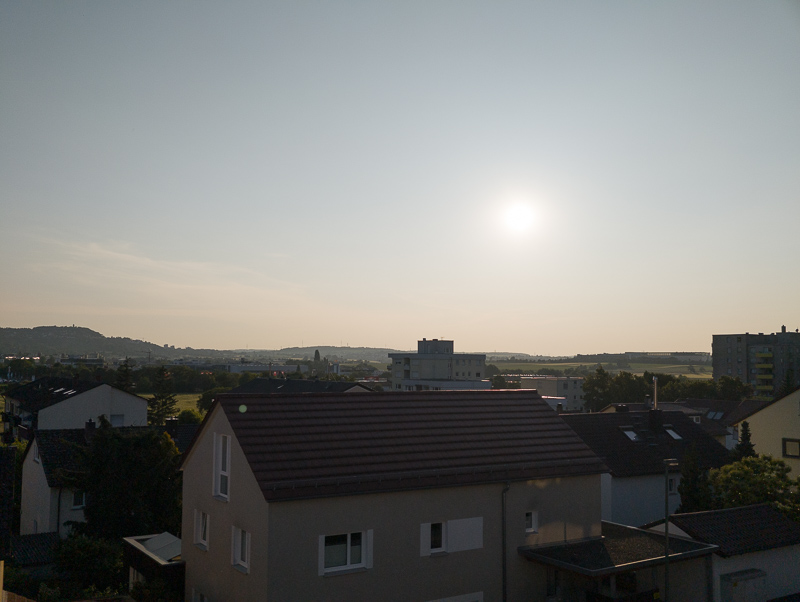

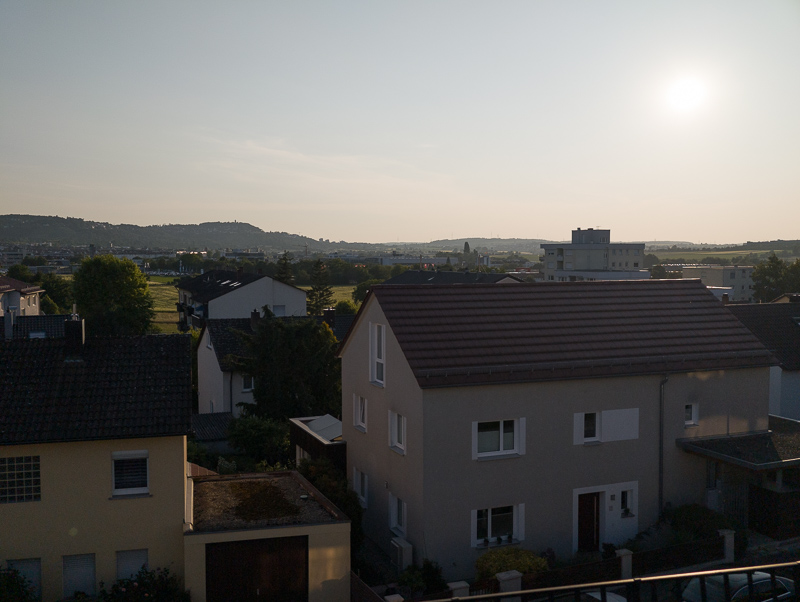
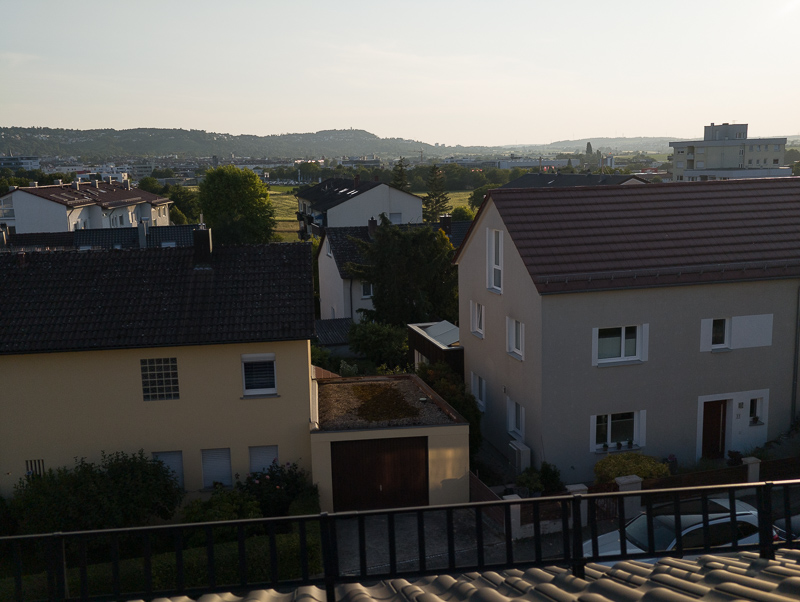
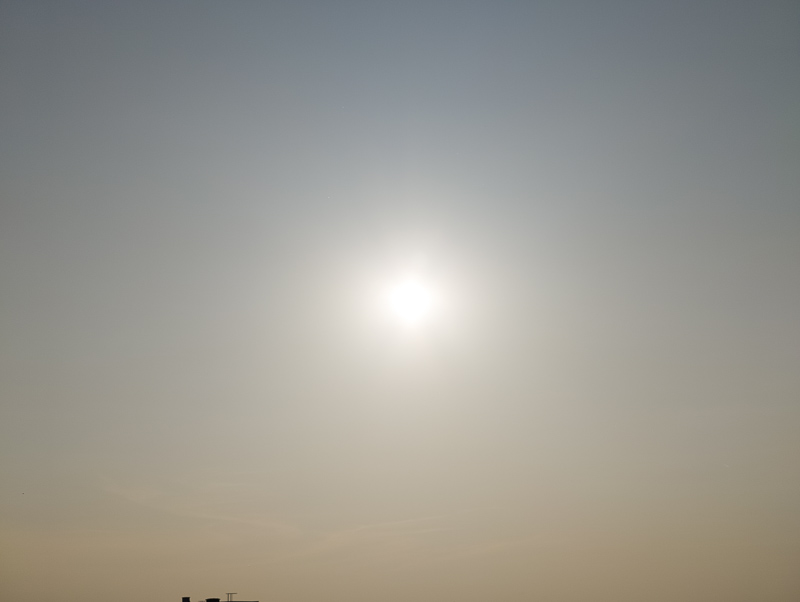
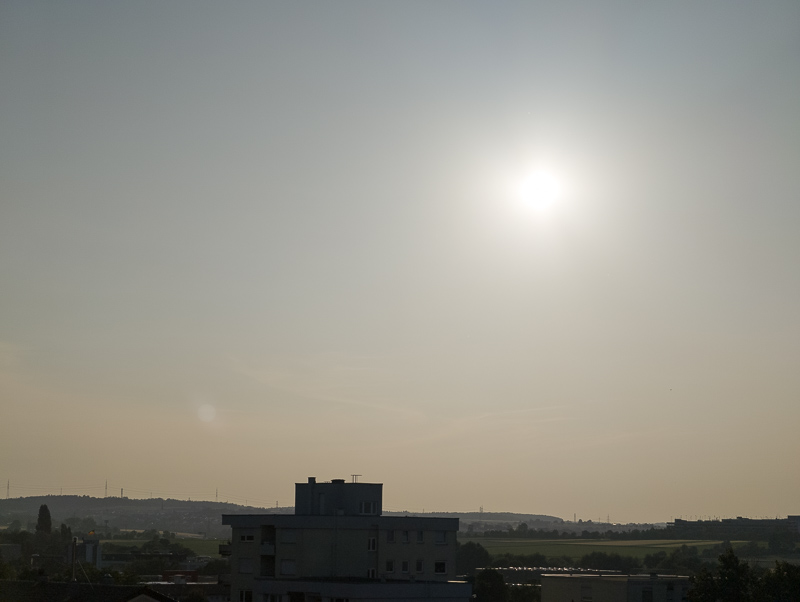
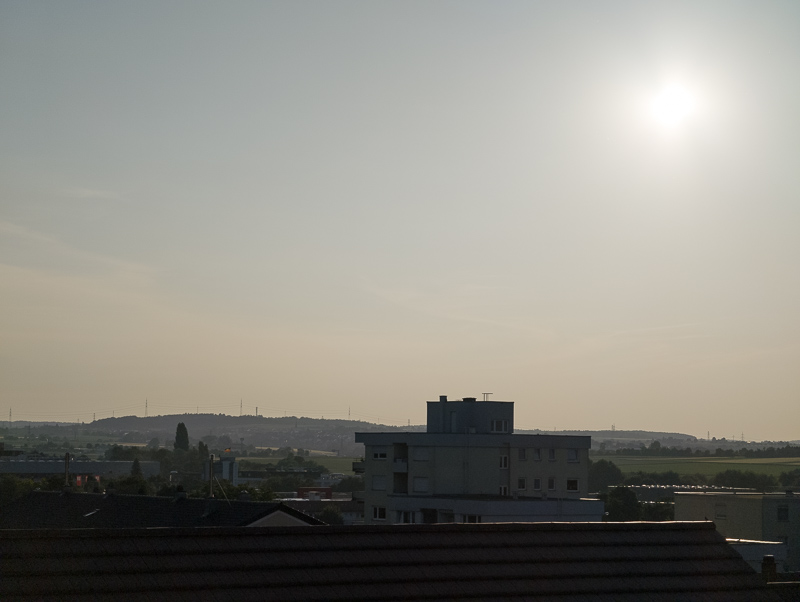
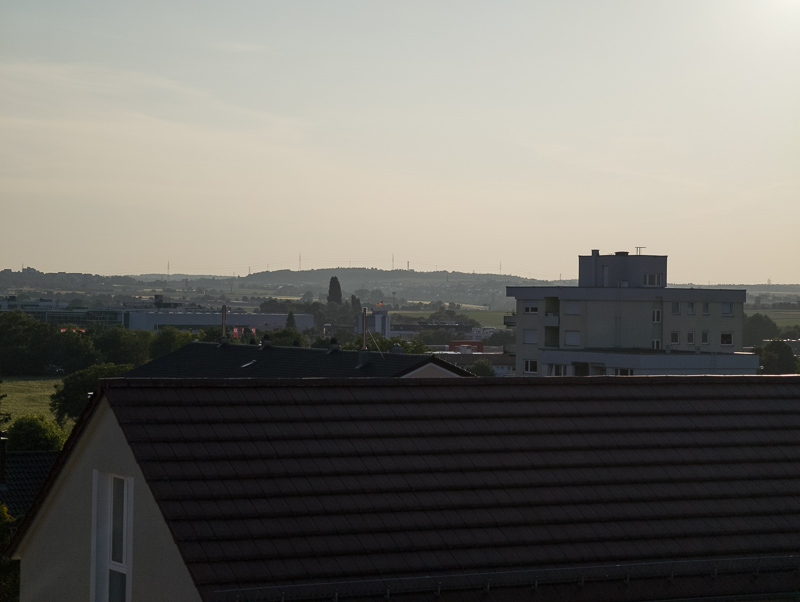
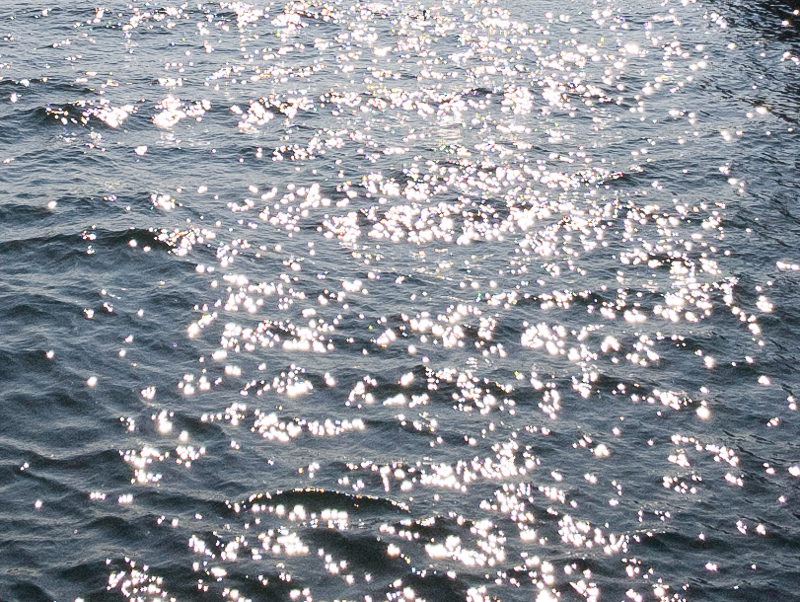
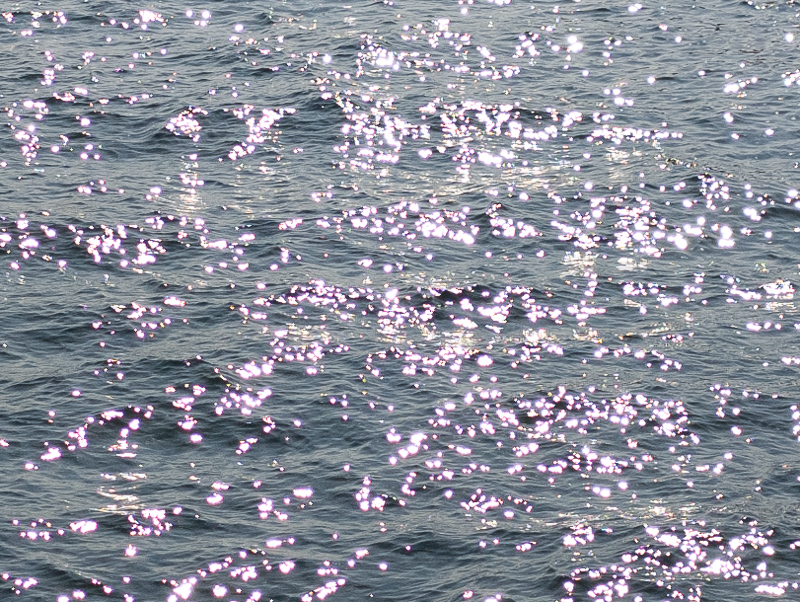
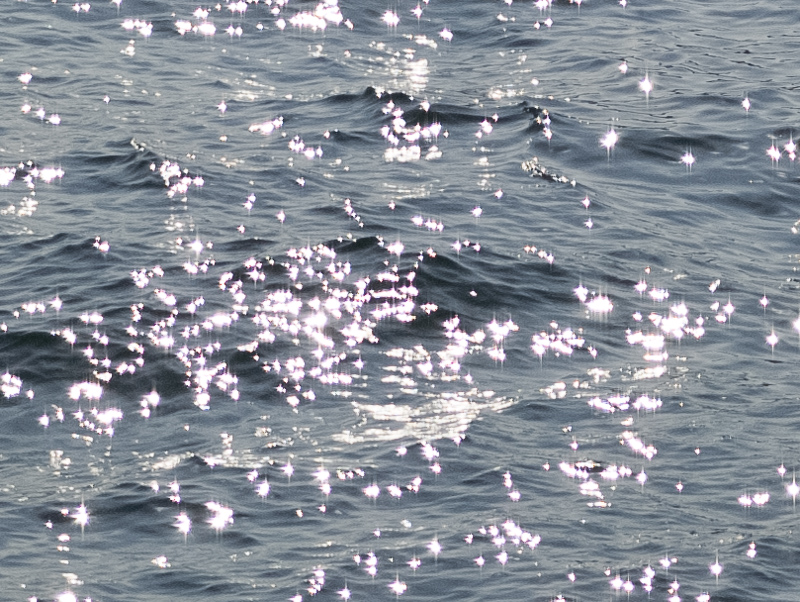


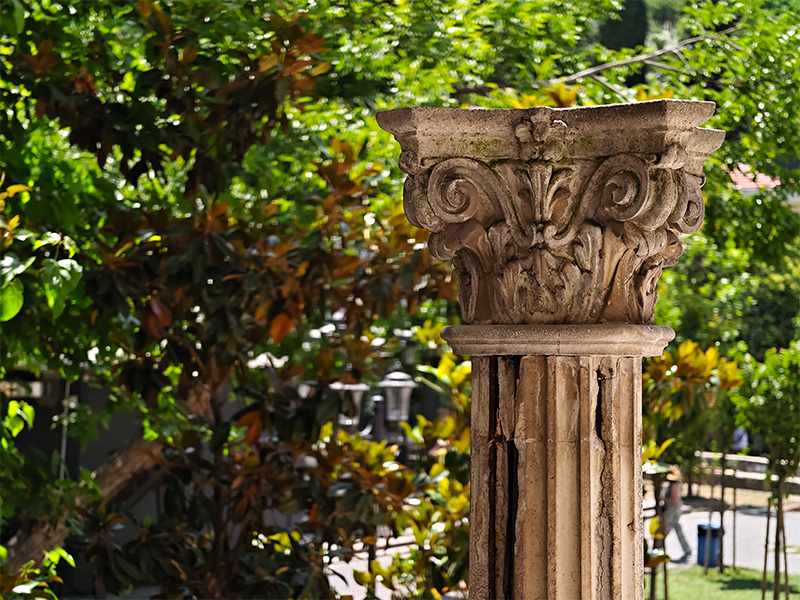
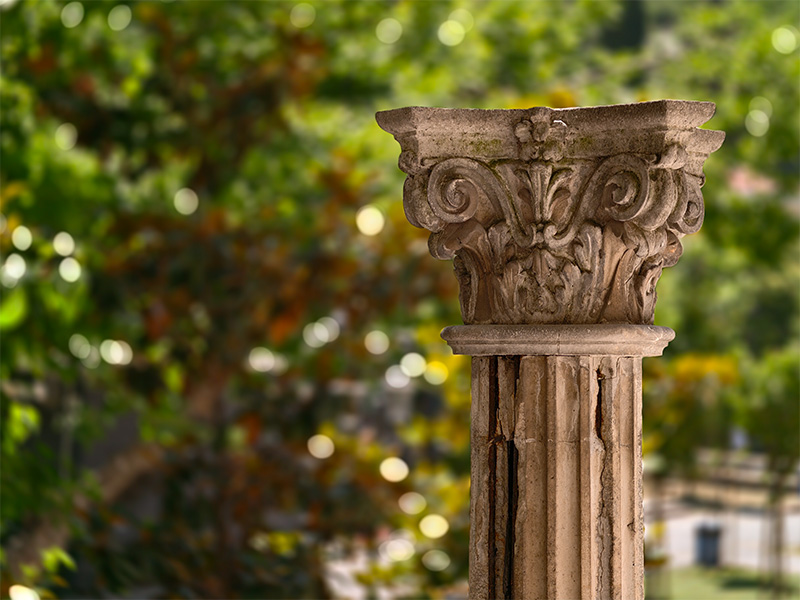



























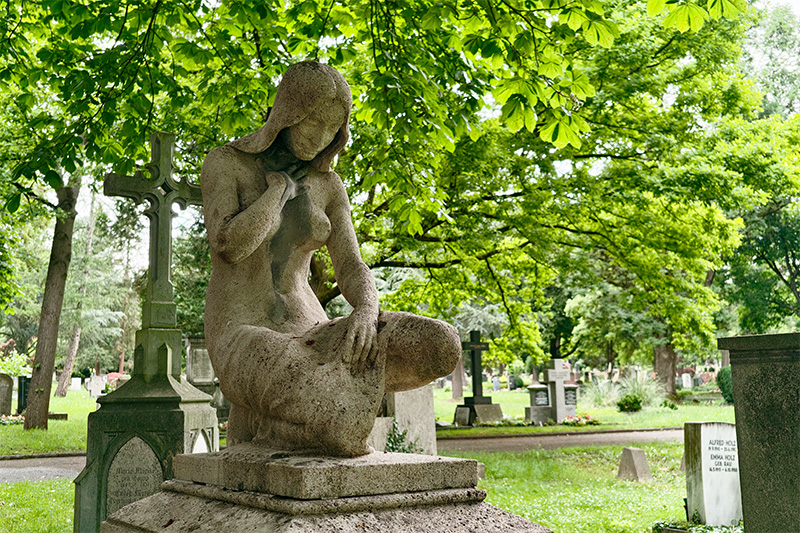
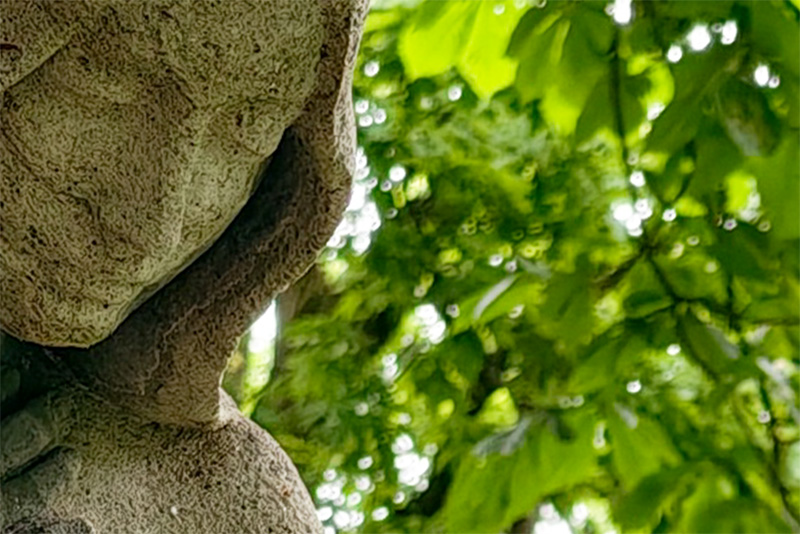
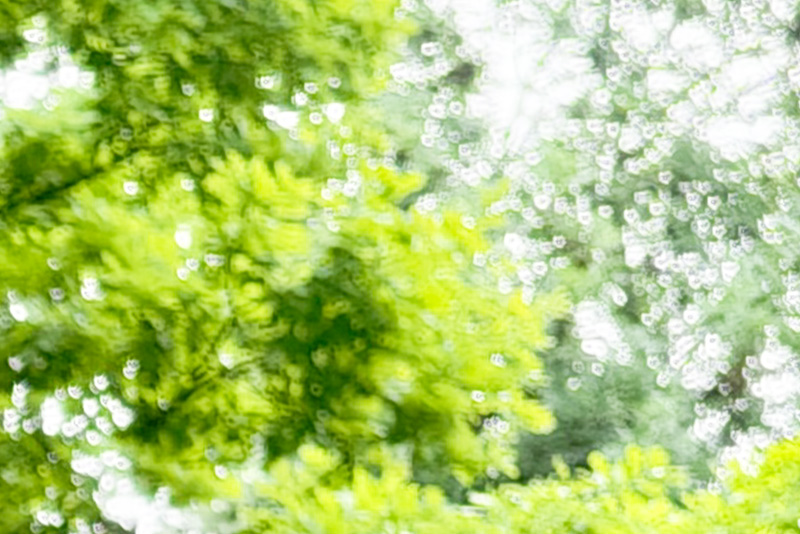
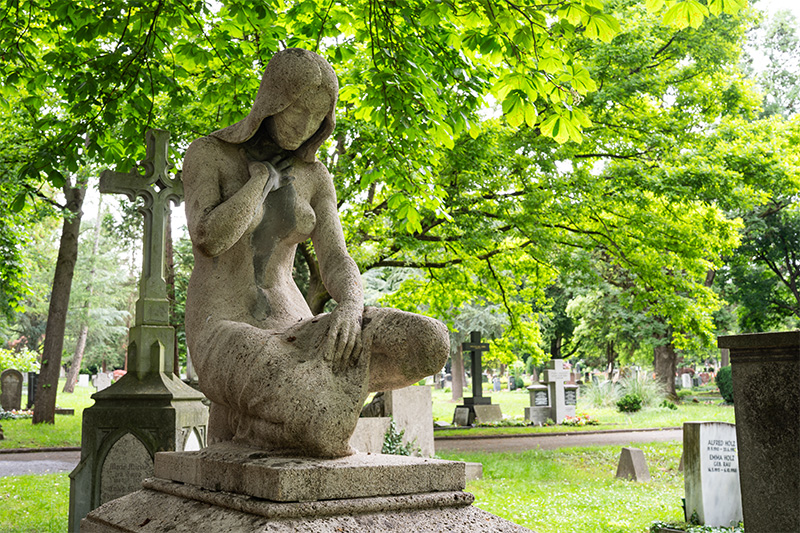
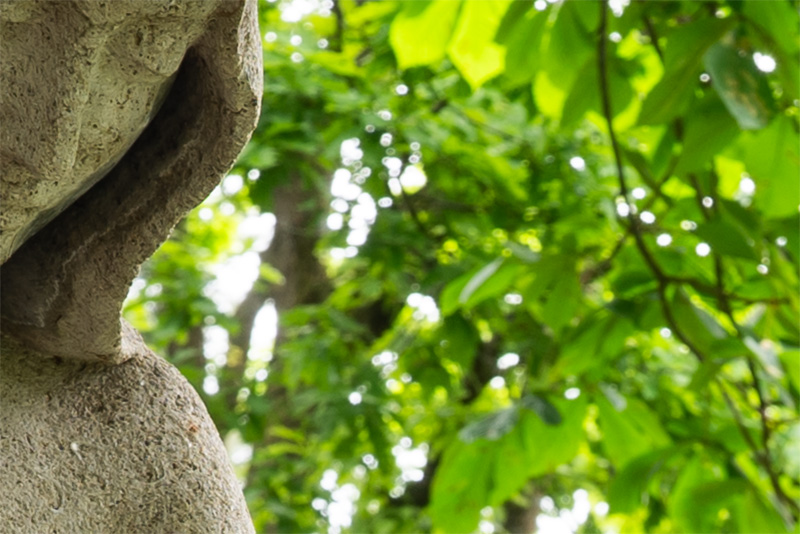
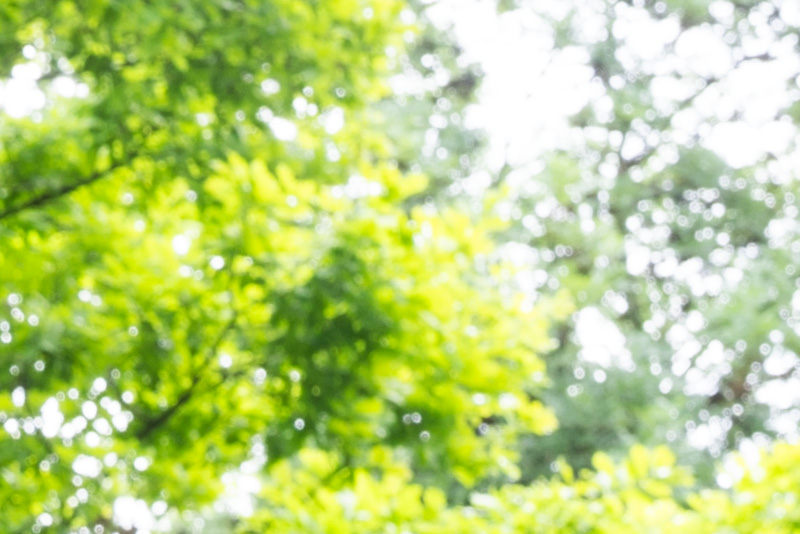
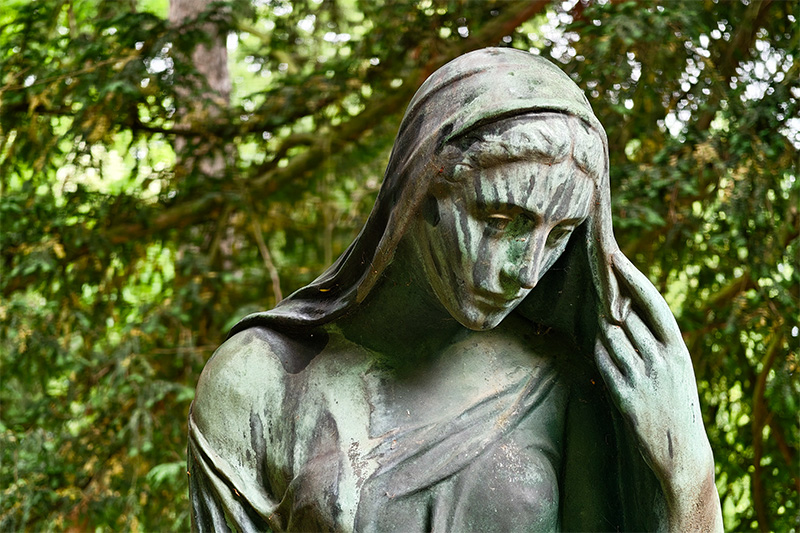
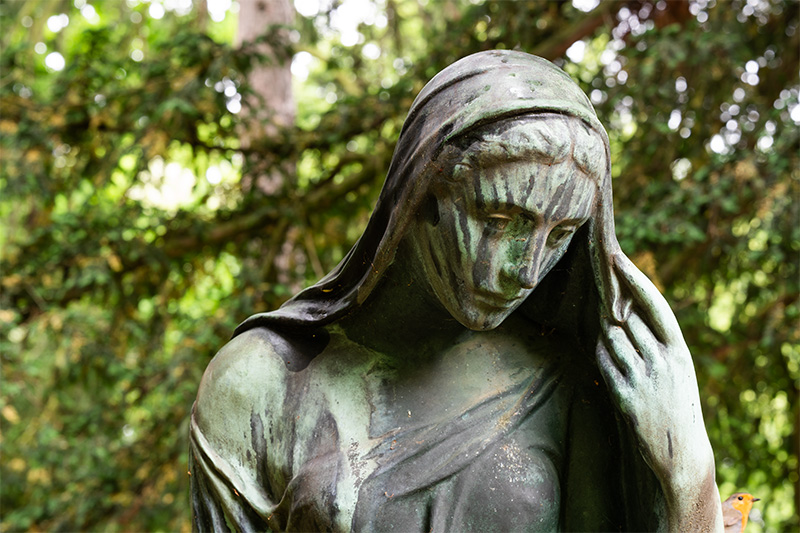
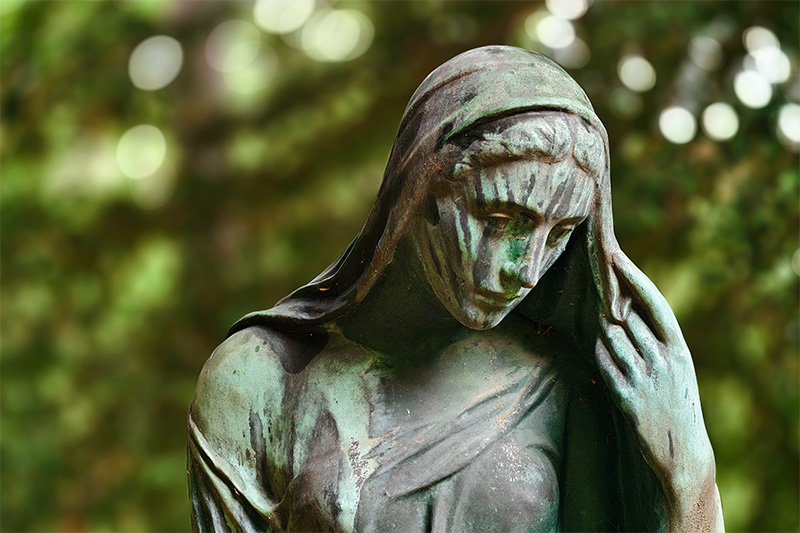
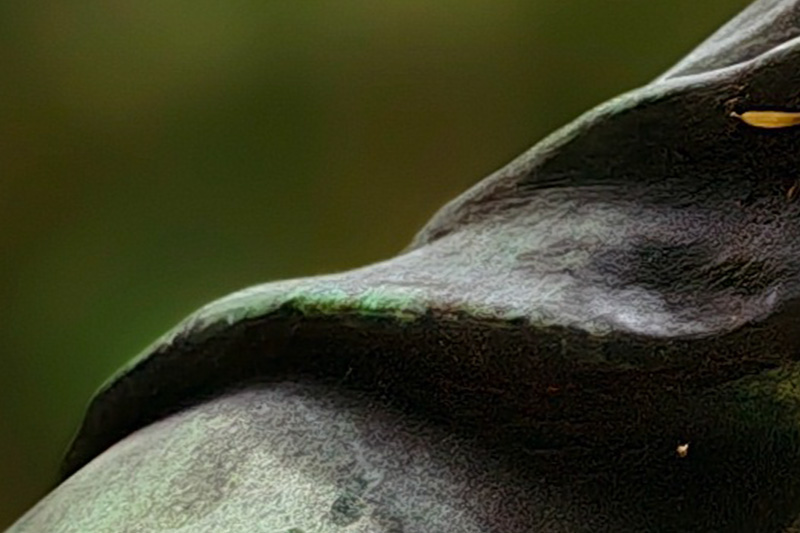
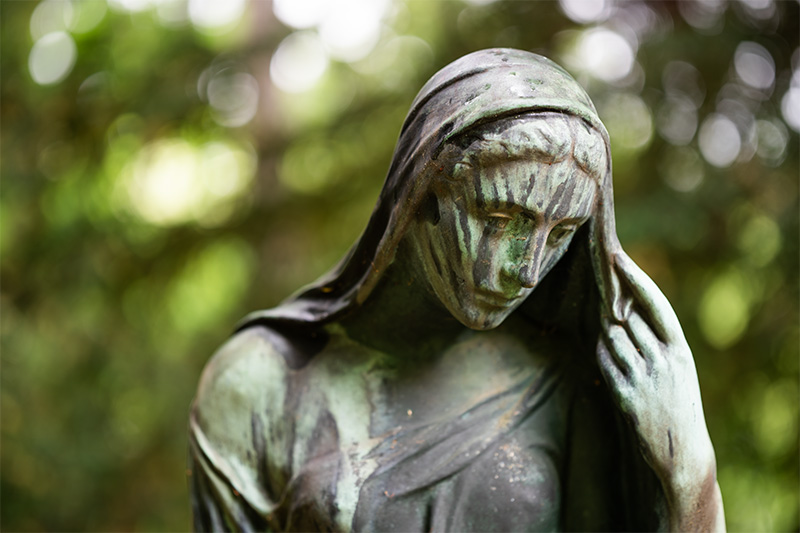
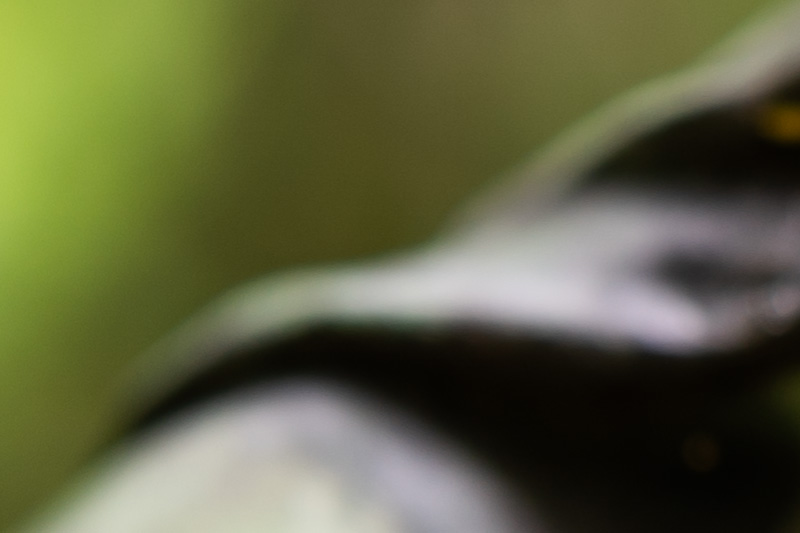

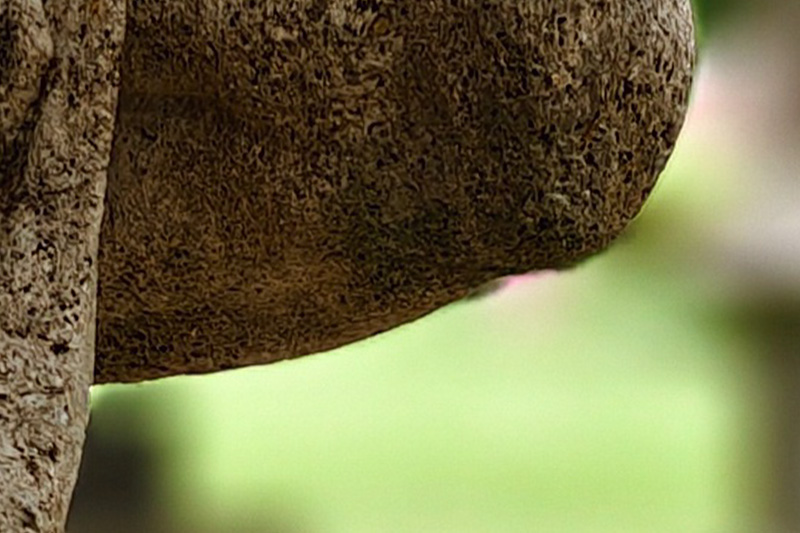
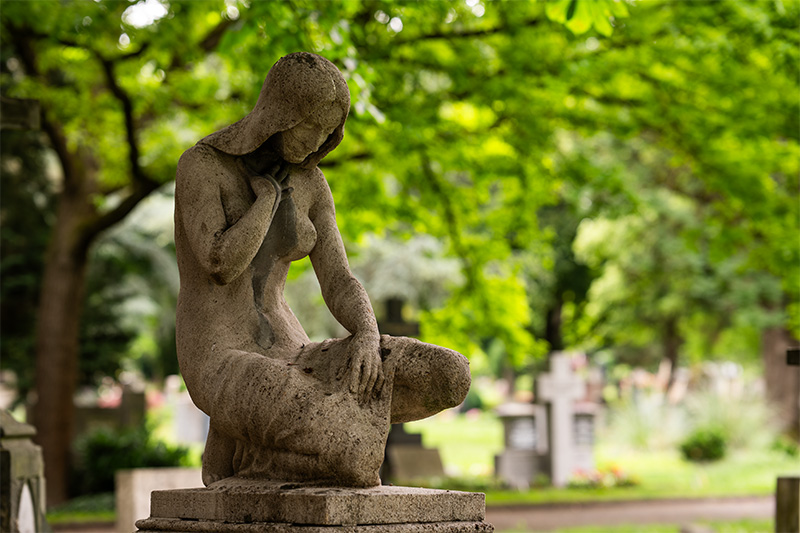
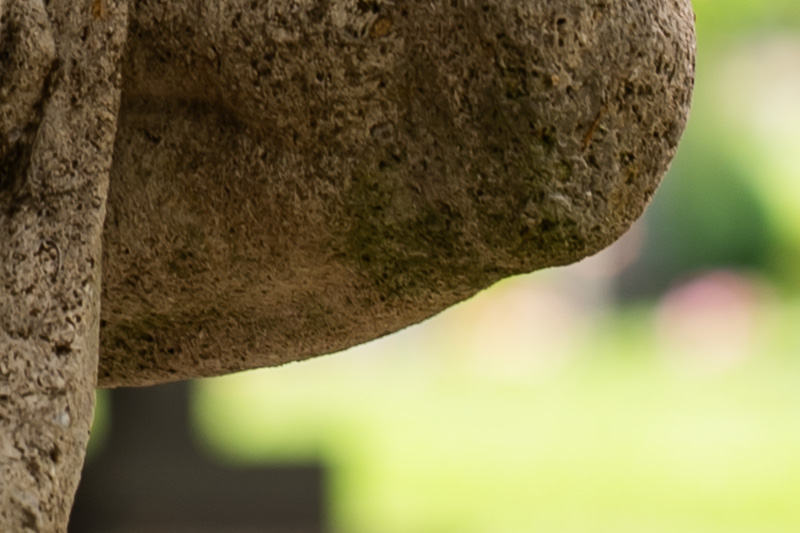
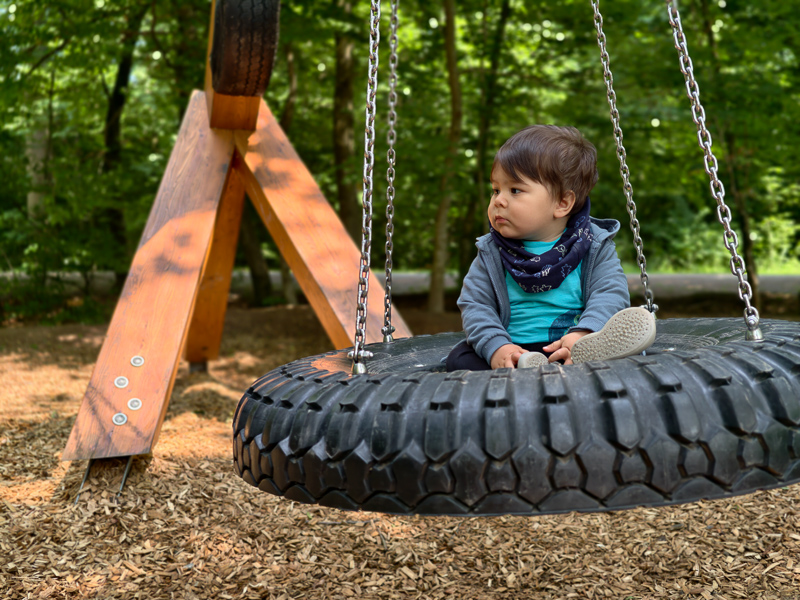
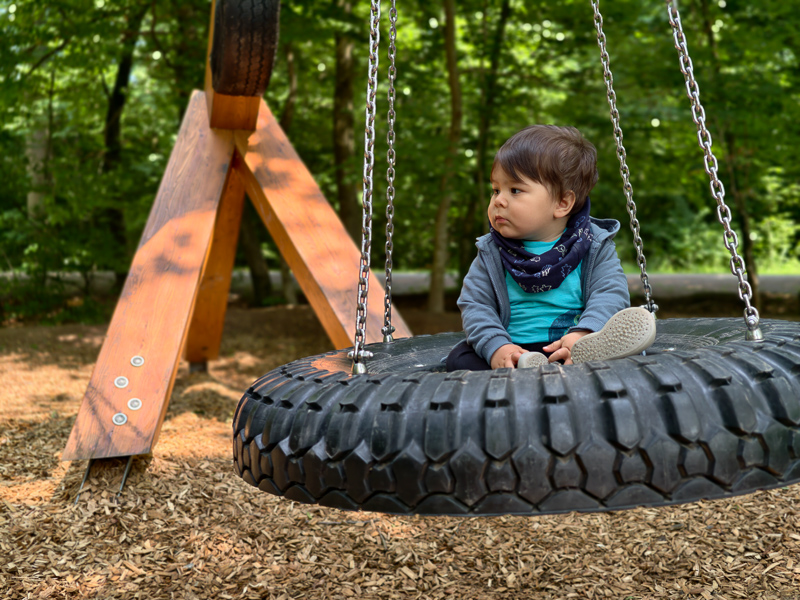
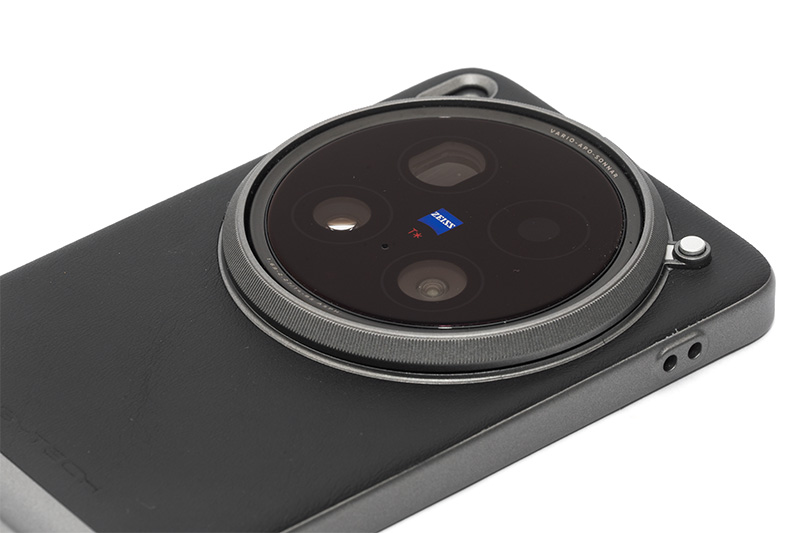
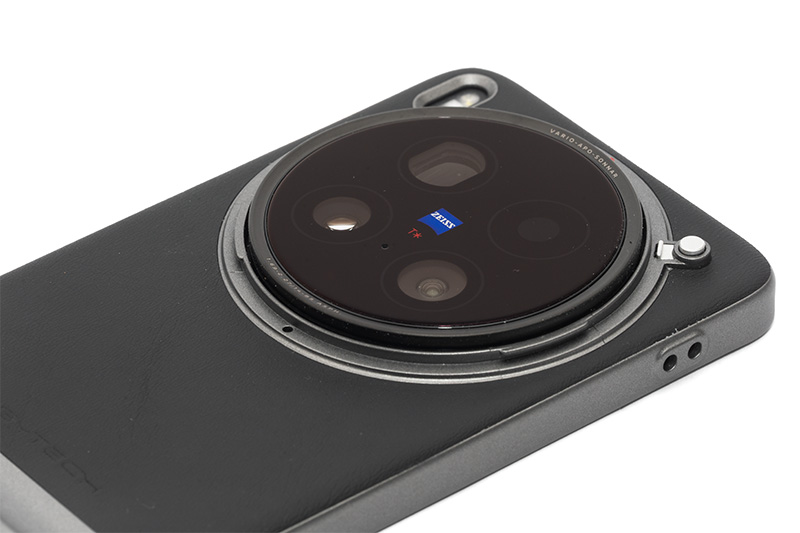
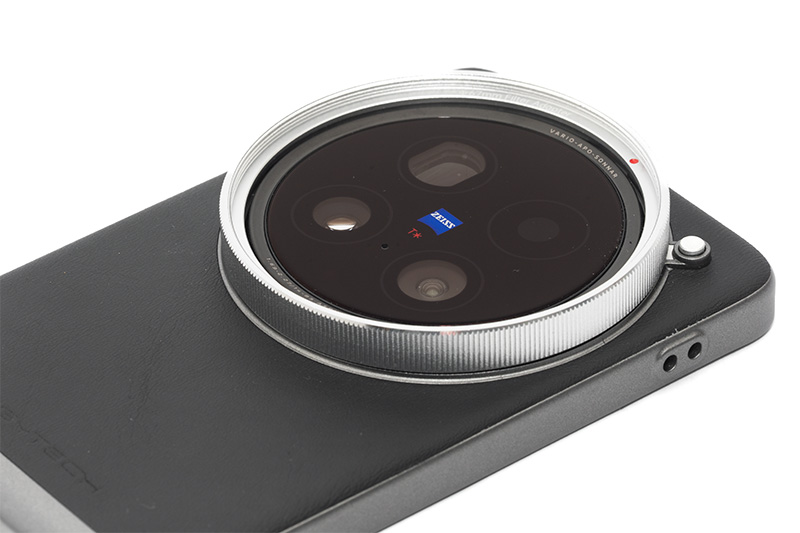
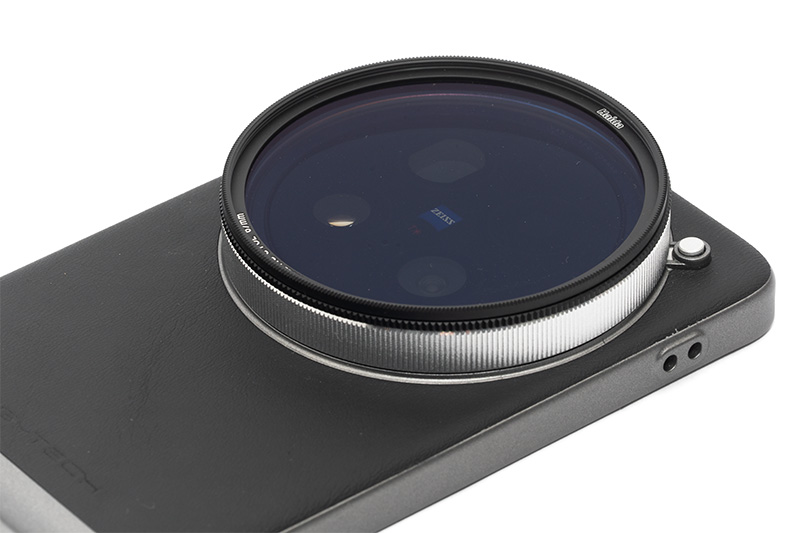
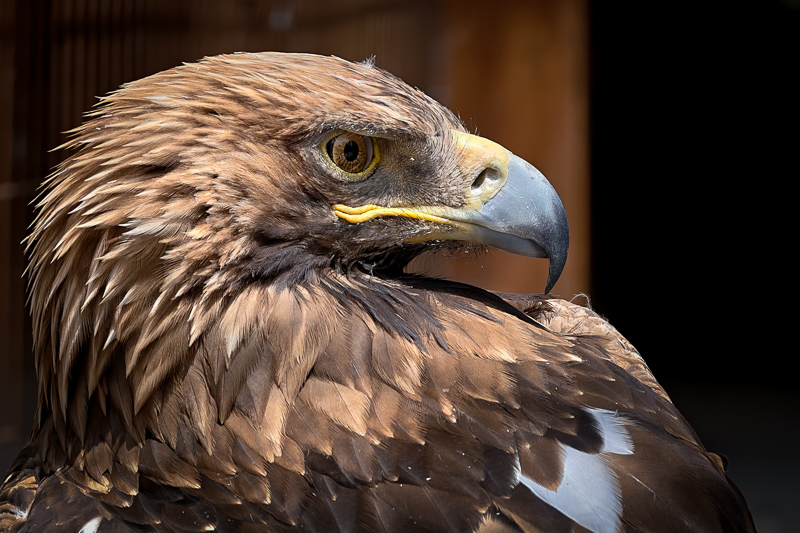
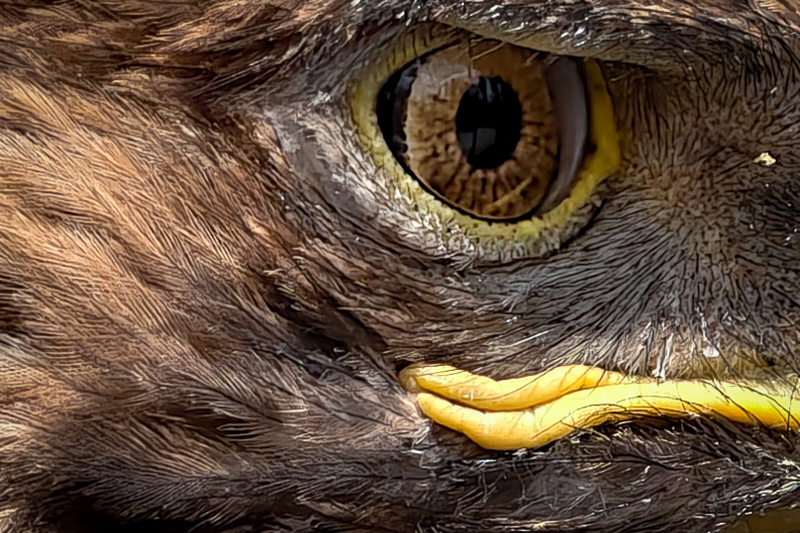
Thanks, very interesting review, and as always with great pictures!
You seem to have made your peace with artificial bokeh, but I just can’t stand it! Unable to un-see the lack of transitions and the errors. In particular, portraits can be ruined by wrong strands of hair. Phones could build a 3D map from parallax shift prior to taking the picture, so hopefully we’ll see further improvements in the future.
I could definitely see carrying a phone like this as the wide angle to accompany a standard body with an EDC lens. I’d be overjoyed to carry just my camera with 50mm mounted then whip the phone out for wide angle. Currently swapping 28/50 on the fly, which is definitely not optimal when traveling Europe and such. To my eyes, the wide angle shots here look great.
Oh wow I almost took this for granted while reading the article… I’ve been suggested the same thing, both kinds of devices/cameras can be complementary, but I just kinda glossed over the fact that the Vivo X200 has a 14mm UWA, not something much wider! That’s a nice complement to 35/85, and a much nicer choice than most mainstream phones.
For whatever reason iPhones and Pixels and a lot of more popular phones have been in a race to ever wider UWA modules and I find it very annoying and less useful when complementing my ILC, sure you can crop or zoom in a little, but you’re giving up even more IQ then… A lot of those phones are now 10-12mm which is way too wide for most people to be composing easily with!
The camera (and post processing) performance is really impressive given how small and light the device is, but would you want it as your phone? Probably not. There is no global version and no Google based software/store support at all. It is really useable as the camera only outside of China.
This is completely wrong.
I am using it with all Google apps including the play store and also my banking apps work flawlessly. Even Android Auto is supported.
Please inform yourself properly before making such completely wrong claims.
I read reviews, quote from the Gsmarena one:
“Just like the previous generation, if you want a high-end vivo with a fully functional Google app suite, you’ll need to settle for the Pro.”
“Wear OS devices can be tricked into pairing and syncing, but payment will likely be a no-go. Android Auto appears to be working”
So it is far from a full functional Android phone you could rely one.
Maybe in today’s times with many Ai generated content to be found in reviews you should be careful sharing information which is simply wrong and you didn’t verify yourself.
I have the phone, I have used it for weeks including every Google App I am aware of (Playstore, Messages, Maps, Mail, Drive, Wallet etc.) and making payments in different countries (via Credit card, Debit card, Google Pay, Paypal) so that information in the GSMarena review is obviously simply wrong and you are just further spreading that wrong information.
And no, I did not have to flash a custom rom or perform any tricks for that. Everything worked out of the box.
The different reports may be due to regional market differences between the EU and the U.S. As a general rule, Chinese cell phone brands aren’t officially available in North America due to tech embargoes. They can only be found through gray imports or AliExpress and will likely have Chinese operating systems and apps installed. Google services don’t work in the People’s Republic of China, so domestic phone makers replace them with their own services.
This situation also explains why American camera review sites like DPReview and Petapixel only test Google Pixel, Samsung, and Apple smartphones. They acknowledge that they don’t have access to smartphones from Chinese brands like Xiaomi, Huawei, Oppo, OnePlus, and Vivo, which often have more advanced camera features.
I ordered the phone directly from China and still all the Google apps work.
Dpreview belongs (or belonged) to Amazon so they only ever had interest in pushing products available there.
Cool phone! Maybe I’ll get it once my current iPhone dies. I wonder if they will ever make a phone camera, with 1 sensor and interchangeable lenses. How cool would it be to Mount interchangeable lenses on a phone
I wouldn’t be surprised about that.
I would pay $$$$ for that.
There was a Samsung NX phone that was kinda that, but the lenses were too big for a phone and the CPUs at that time not powerful enough for a device like that.
I was actually thinking of writing in the review that I personally think we may see a phone manufacturer introducing a new mount for 1″ sensors for their phones before we see a camera manufacturer incorporating computational photography into their existing cameras.
There was also the Panasonic CM1 that had a lens that extended mechanically in front of a 1″… And there’s been a bunch of failed modular attempts. I think the first phone maker that actually cracks this nut and makes some kinda modular concept or lens attachment that a lot of people wanna use will probably see a ton of success, there’s always been a lot of potential there.
Yeah I think so too.
Great camera phone, the only thing that stops me from buying it it’s the official support and warranty (i’m from Italy).
The most impressive difference compared to most advanced 1″ pocket cameras is the lens corner sharpness. I know the zoom lenses are more difficult to design, but typical Sony RX100 24-70mm lenses very rather bad there regardless of the sample variance and closed down. I went for Panasonic LX15 because of that (and the F1.4 bonus on the wide end), but almost all the high-end mobiles performs better.
Second issue of all the pocket zoom cameras is the dust inside the lens. No matter how much you care, I always used the protective case and cleaned the dust from the lens barrel before retracting, the dust got inside. Fortunately the cleaning in service centre was around 80 euro only and they did very good job. Anyway, this is another annoying issue the mobiles have resolved.
On the other I still find to have more fun to take pictures by the LX15 over mobile 🙂
personally i just cant see myself carrying around a phone with a camera hump that big on a daily basis. So i’ll stick with my (already large) 6″ standard iphone type for the occasional snapshot. But photography for me, its just a hobby.
Then i dont know if Sony or Lumix compacts are really the cameras i’d compare a phone too, more like Fuji X100 or Rico GR. I’ve owned the original RX100 and sold it many years ago. From LR statistics i remember that typically i shot it at the wide end (28mm) end and occasionally at the tele end (100mm). So something like a Ricoh GR (28 or 40mm) now is really what need and i really like the images i get from the APSC sensor albeit its a compromise compared to FF.
I think its a closer call for APSC compacts than 1″ compacts vs phones. But in the end it will come down to if you enjoy the photographic process with the phone. And honestly i detest it (coming from nice manual lenses or sticky AF on FF).
I’d love to see Bastian review a GR (I believe he has already reviewed an X100 not too long ago)… It’s the only compact that has seriously piqued my interest in years after moving from P&S to ILCs and better phone. I guess with a new model finally coming it could be a good time for that, tho I was more curious about the 40mm equivalent X model (not sure if that’ll be a thing with the new one).
I agrre, it would be interesting to see what he thinks, since the GR is almost as pocketable as a phone, unlike the X100. So personally i’d rather carry a GR and small phone from time to time than a huge phone all the time.
I also find its a great companion to my already pretty small a7Cii (that is the size of a x100). I bring it whenever i don’t plan on taking a lot of photos, and i’m always way happier with the photos than what my phones can do (S22, Iphone 15). Although i have used the >1000EUR flagships, i’ve never been impressed by the photos on my 4K monitor, while my GR did impress me many times.
I know there are GCAM Mods out there that make multi exposure hi-res photos that rival APSC IQ, but i cant see myself delving into phone photography that much, since the process of picturetaking is not joyful for me.
If I come across it I will give the GR a review, too.
GR III: How long would you need it?
Unfortunately mine is currently under repair (purely my fault, no issue of the camera), but when it’s back I can lend it for some time.
Sending it by mail is no issue, it’s quite compact.
Can you see my email? Write me an email. If not, I write one.
Very nice writeup! The tele here acquits itself a lot better than the one on my Pixel 9 Pro, I actually bought that phone for the tele (had a P8 before and I don’t usually upgrade for at least 3 years, but it was almost free to upgrade) and I was somewhat disappointed it in, tho it’s still better to have in a pocket and to not have it at all. That Joby GripTight One Micro is great, almost seemed to be discontinued at one point, glad to see they made a slightly wider version, might have to grab that…
There’s one use case where I still favor a compact: concerts… But I’ve not been able to justify buying an RX100 VII just for a handful of concerts a year, so I’ve rented one a couple times instead. The computational tricks tend to fall apart with a lot of subject movement and changing lighting, and the 1″ sensor plus the 200mm (f12?) equivalent long end still seems to do better than the phones I’ve used, but I shouldn’t be surprised if it’s quite close against this Vivo X200!
Lovely review! The type of depth I never get with other reviews.
I’d be curious if the capabilities of this could be extended further with the motioncam app since I’ve found the raw files from that bypass the post-processing that many phone manufacturers bake into their raw files (particularly Samsung, they ruined ExpertRaw mode). I can get much more malleable raw files that feel more like a camera with a proper signal processing pipeline.
Impressive to see a photophone reviewed as seriously as the best camera and lenses combo. And the results are impressive too. Nowadays a user has access to a powerful creative tool without the hassle to learn the technical datas and without the hassle to buy expensive gear. Already impressive, and it’s probably only the beginning.
The beginning was probably in 2006, as Nokia N93 with its 3x autofocus zoom optics was released. Another milestone was laid in 2012 with Nokia 808 PureView and its 41 Mp 1/1.2″ image sensor. So we are pretty far in the development already and are bumping hard against practical limitations of what can be done in the limited physical dimensions of modern phones.
I think there were two other inflection points, sometime around 10 years ago the big manufacturers and Google/Apple started pushing for faster sensor readout speeds… I remember HTC talking about it for several years before Google ever came out with their HDR+ algorithms, that speed enabled a lot of the multi frame processing tricks that close the sensor size gap to some extent.
Then a ton more R&D was thrown at those processing and computational tricks, and at things like simulating shallow DoF… I still find the latter a bit less convincing, but the frame tiling and blending is pretty impressive when you have a fairly static scene.
> At the same time, we have hardly seen any of this computational photography stuff making its way into real cameras.
Olympus/OM Systems does experiment more and more with it, and even Sony, At least did. They had a lot of computaional photography features either with the playmemories apps or within the scenes (like their various low light/night shot modes, etc…) they just killed them out one by one starting with the sweep panorama, then the playmemories apps, then the scene modes
As an enthusiast amateur photographer I don’t see mutch point of these high-end camera phones for myself. However I’d glad to see full resolution samples, I’ve experienced with Pixel 7 raw files. It has the largest phone sensor with decent optic so I’d not expect a world difference. I could get quite good results in good light, still far from an APS-C fixed lens camera like Ricoh GR3, which is the bare minimum IQ I’d accept. I use phones as a pocket scanner or when I need a documentary shot, almost every cheap phone capable. So these high-end phones just too expensive for that and I keep taking pictures with cameras anyway. A camera lifespan at least 10-15 years, my phones totally wear down inn 3-4 years, and I’m not a HC phone user.
Very interesting, and unusual review. I also started recently to play with the raw files of my mid tier phone (also with denoise AI), and the results are interesting. I’m tempted after your review…
By any chance, did you compare the fake bokeh from LR Classic with the (also fake) bokeh from the jpegs of your phone ?
I did not do that, but it might indeed be worth a comparison.
I have been using the Xiaomi 15 Ultra, which also have very impressive optics and functions. Even as someone who has more than 10 digital cameras, I find it hard to justify carrying a m43 camera with a small f/2 lens anymore. GR and X100 series made no sense to me now.
Fortunately for the camera makers most photographers use iPhones and would not use Chinese Android phones. Otherwise I find it hard to justify owing a camera for purposes other than sports, natural, macro, concert, or architecture photography. These Chinese phones are totally capable for street, portrait, product, and lifestyle photography.
Indeed so. If the Xiaomi 15 Ultra had a bigger ultra wide sensor it would have also been in strong consideration.
I personally own a RX100 and still a happy owner of it. The files from smartphones get better every year, and technically surpassed the RX100 in some respects already years ago. However there is kind of a fake look that I see with smartphones that puts me off. The exaggerated colours, the artificial tone-mapping.
From what I see in this review, the Vivo looks a little more natural than other smartphones, but there are still many images which are just, not so great. I’m not sold on artificial bokeh yet, and the actual bokeh (a novelty for sure on a smartphone) looks quite weird.
That’s not to mention that I, like many others, simply like having a tool dedicated to photography, with controls for shutter speed, aperture, ISO, and so on, which are not just for fun but for making better photos. The lack of computational photography is not really a downside either. When you have algorithms stacking dozens of photos and combining them computationally, you’re at risk of getting away from even having a photograph any more.
I’m not exactly sure how I’d define a photograph to be honest but I do know the RX100 gives you 100% what I consider a photograph whereas smartphones are now entering at least a grey area.
Last I’d note that demand for compact cameras is higher than ever, with a year long waitlist for the X100 and certain Canon G-series compacts becoming extremely difficult to find, so in the words of Mark Twain, rumours of their death have been greatly exaggerated.
The X100VI is in stock everywhere now. There is no year long wait list.
Great review and the images seem viable for most uses. Still not quite there yet for a true camera replacement though.
I think we will see a time in the near future when we can attach an external sensor/lens assembly to our phones via a magnetic interface which is also engineered to pass the data. APS-C would seem doable if it was engineered to have a minimal footprint. A dedicated ultra wide assembly (8/9/10mm for instance) would be easy to keep small, even at APS-C size. Maybe the telephoto version would have a smaller sensor like 1″ to allow for a smaller lens which would still deliver much better quality than existing phones.
Bastian, since you’re an engineer, maybe you could start working on it! Let me know when we can retire.
I think that’s the first phone I would actually prefer to take on a hike instead of a camera due to the great iq-to-weight ratio.
I’d spend on battery/photography grip too.
But man, I’ll absolutely hate using that as a phone in non-photography use-cases.
The size is simply beyond insane.
I understand it’s a trend nowadays, but this thing pushes the limits even further.
The iPhone max series or the Samsung Ultra series have a less noticeable camera bump, but that’s it.
I don’t feel there is much of a difference compared to my previous phone.
“Beyond insane” seems to be more than a bit of a stretch…
Everyone has it’s own viewpoint, I guess.
Here is how it looks from mine: https://www.kimovil.com/en/compare/sony-xperia-xz1-compact,vivo-x200-ultra
There is a GRIV allready with my name on it.
Hey Bastian,
very interesting to read your opinion about that topic. I use a Xiaomi 14 ultra since 14 month. At first I laughed about the quality, then I really started usigin it together with the phorography kit … man, what can I say .. many photos looks so good, that I sometimes left my camera equipment at home, knowing I have a nice set if lenses with 12 – 23 – 35 – 50 – 75 – 120mm with Leica Looks.
BTW: you can take good photos with anything, no matter if Sony A7, Leica M or probably my daughter’s cheap instant-themal-black-and-white-print-camera ^^
Maybe one day I should revive the digitalRev cheap camera challenge…
I can’t pixel peep these photos on my phone. They look good because they are small. But they look good nevertheless because they are made in good light, Istanbul is always amazing, there is pretty girl in almost every photo. Pretty girls are used to sell products. Photographer knows to use camera and had good eye. He would get this with any camera. These photos are also post processed. There is perspective correction and AI denoise in Photoshop. What is the point of using small sensor if you have to spend hours correcting photos that are inferior to full frame sensor and a proper lens? Time is money. No photo stock site would accept them, time lost, money not earned. Yes, good for traveling light and for hobbyist. Good for having fun but don’t tell me it is for serious photographers. I have phone of another brand that costs more than 1000 euros, I shoot RAW and post process, get good and eye catching results but with my full frame and Zeiss lens I get much better results with almost the same effort.